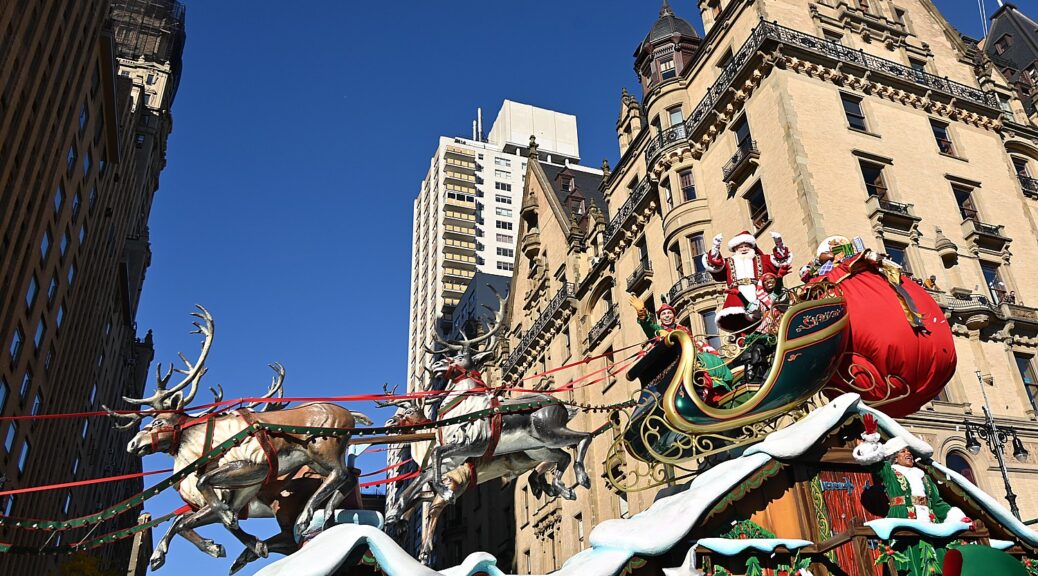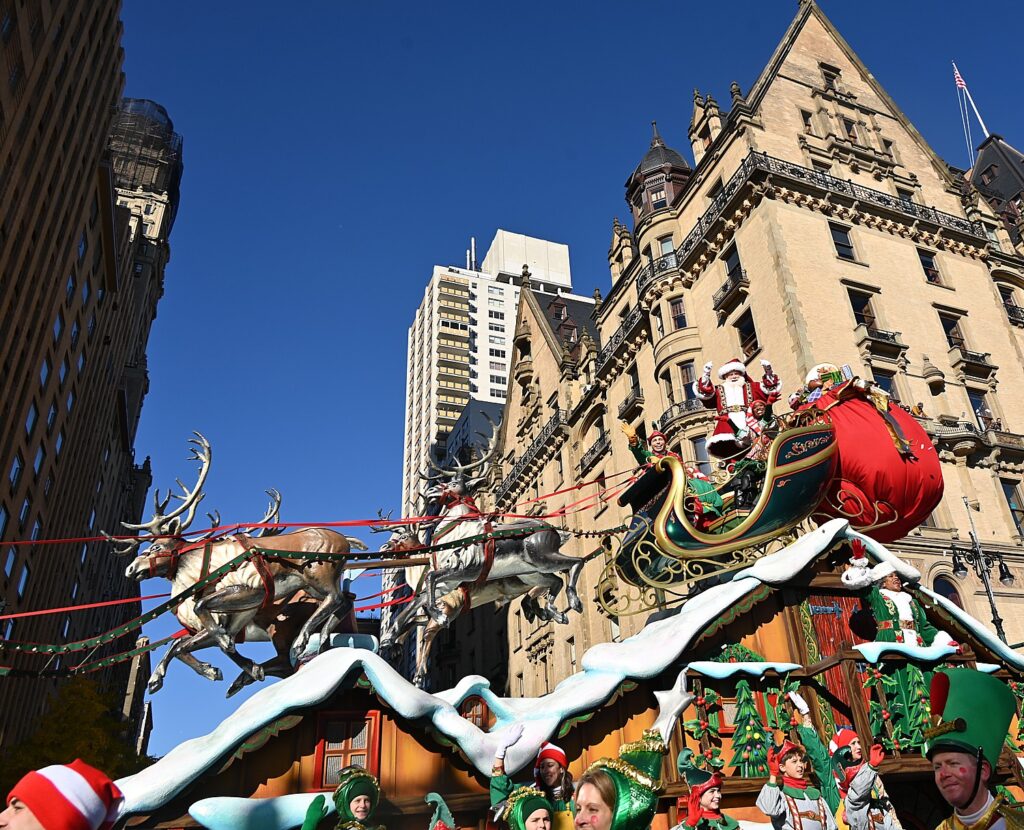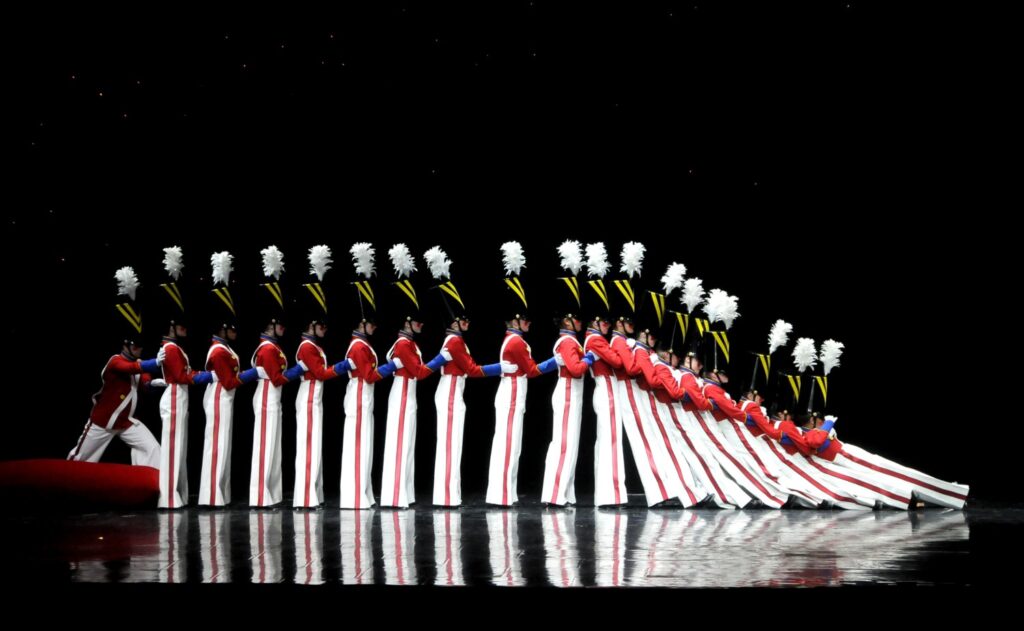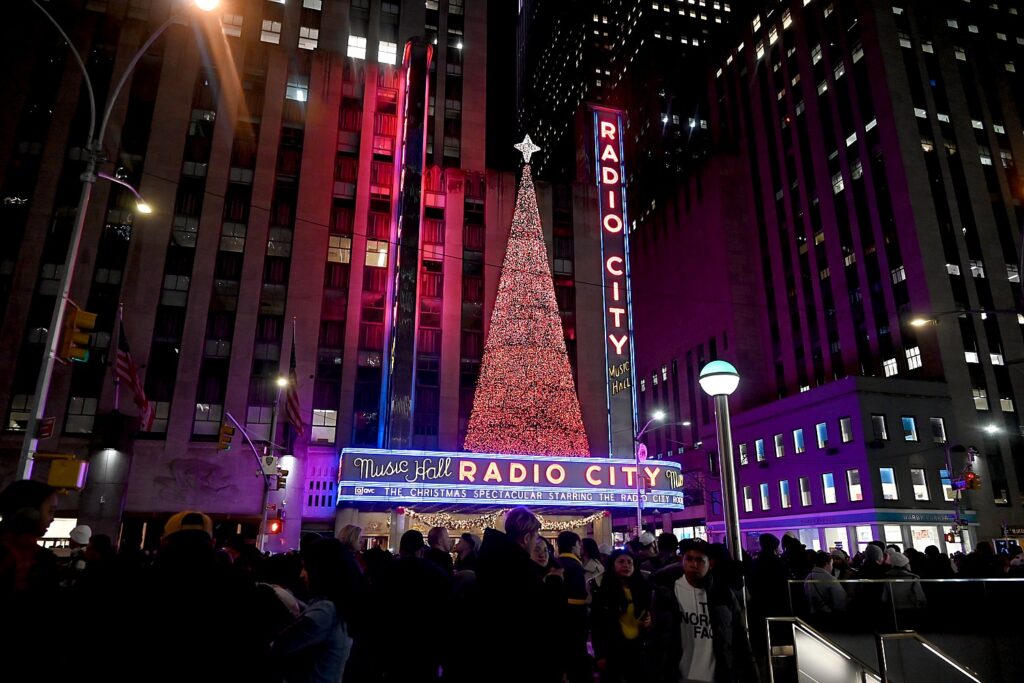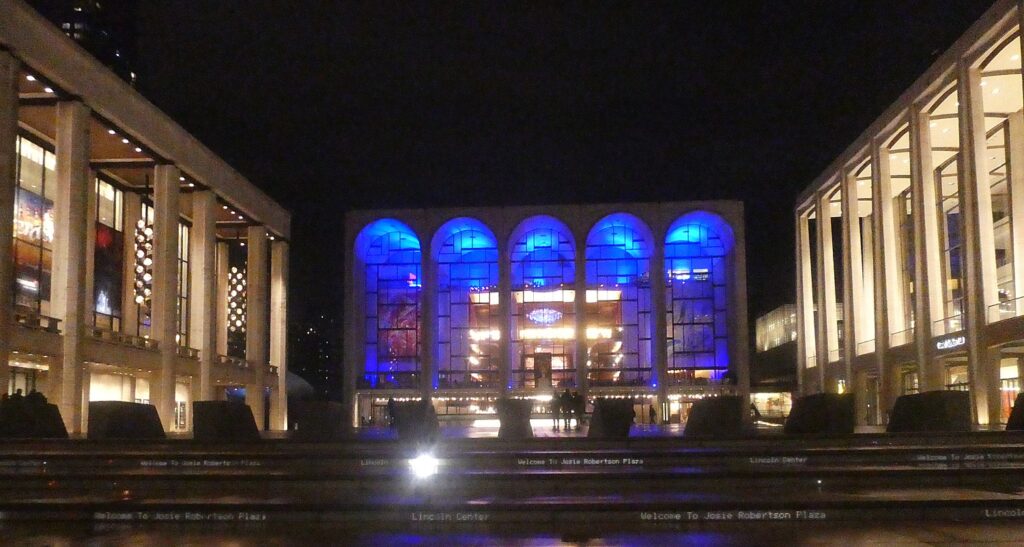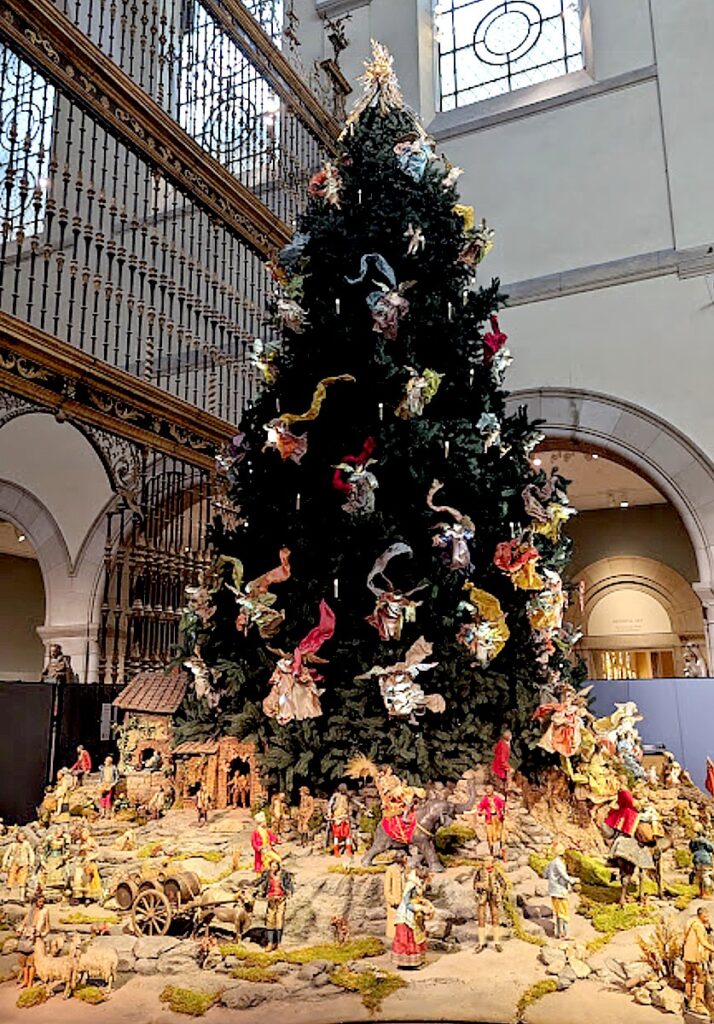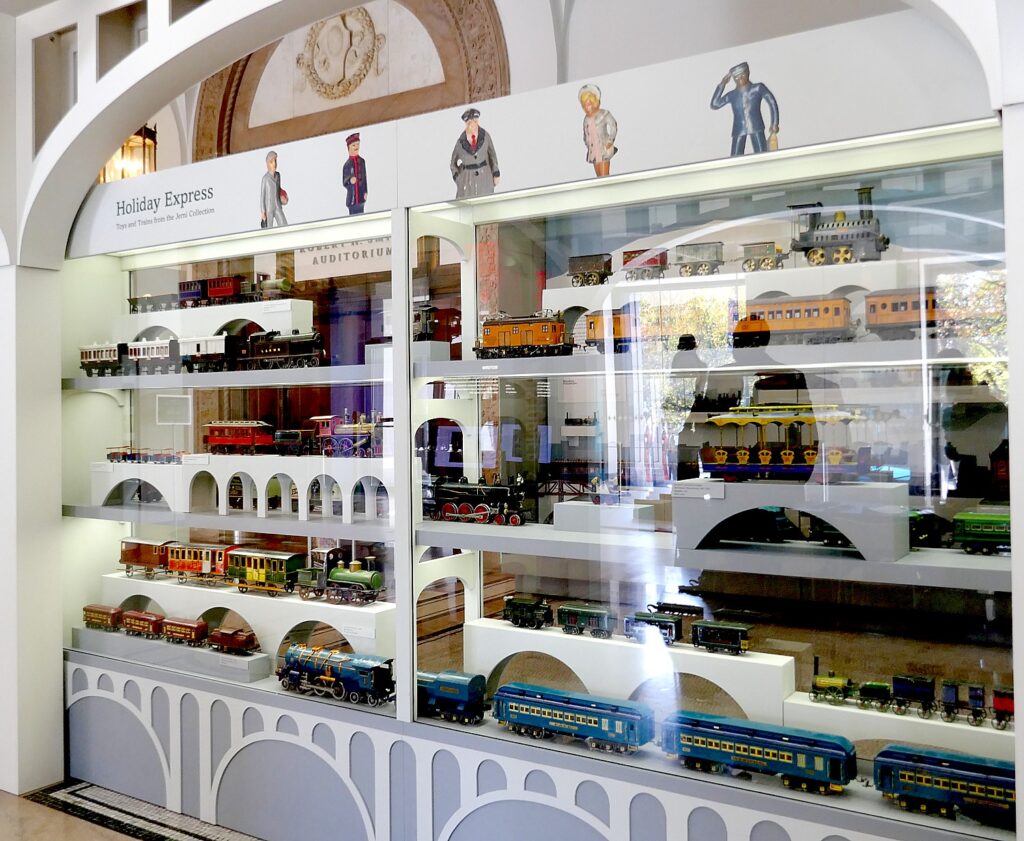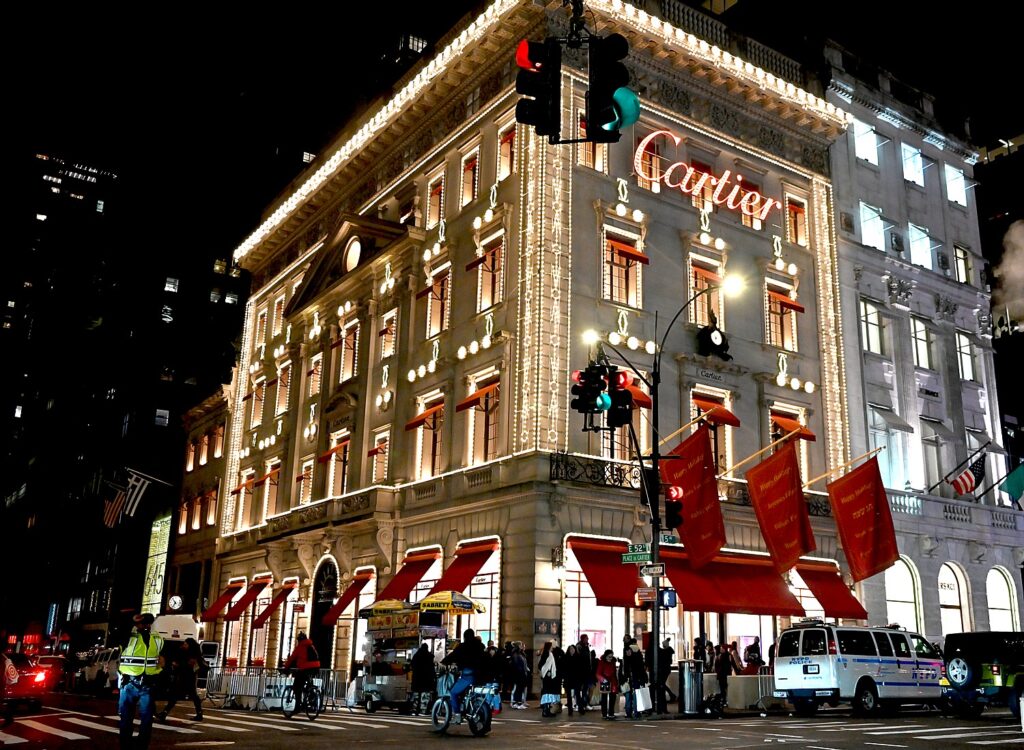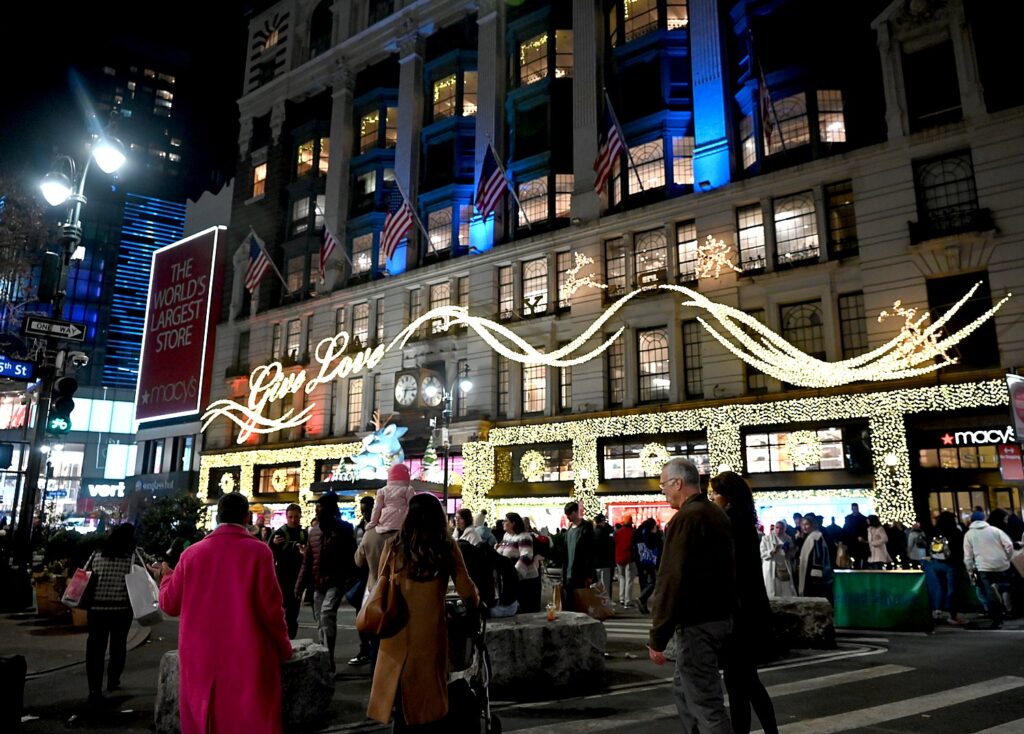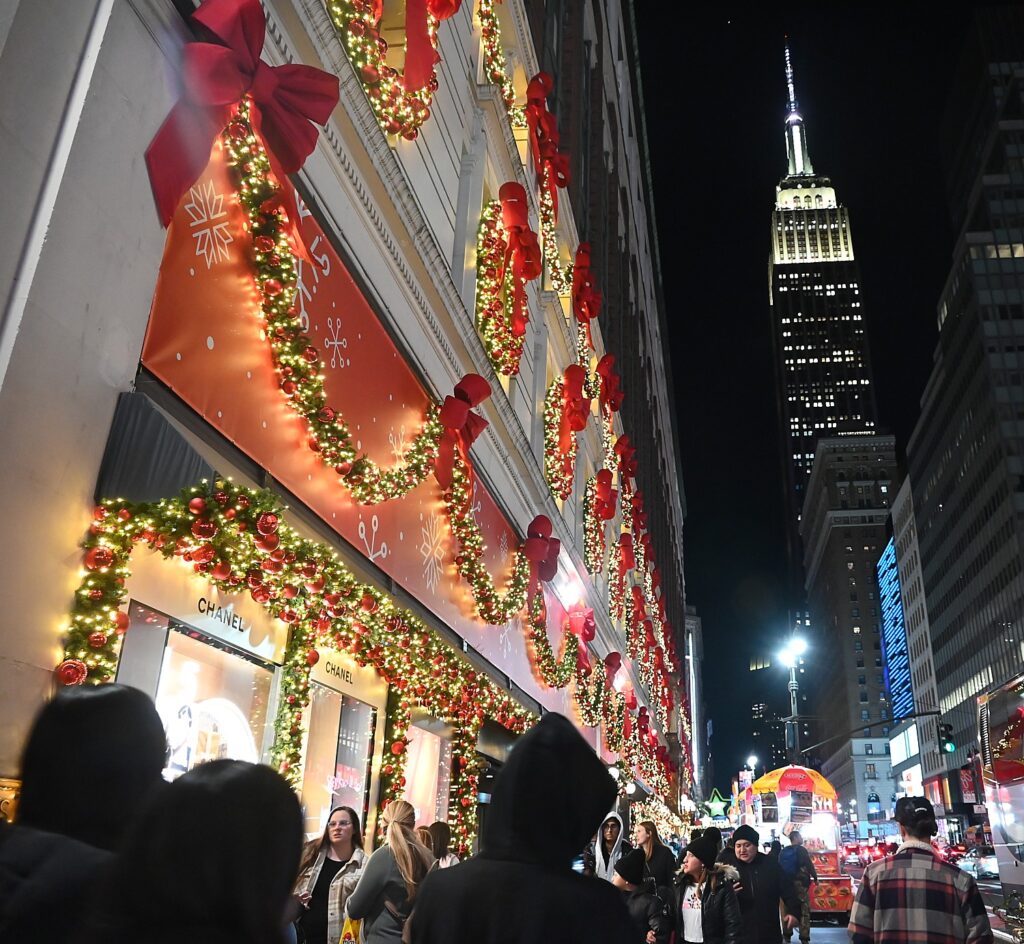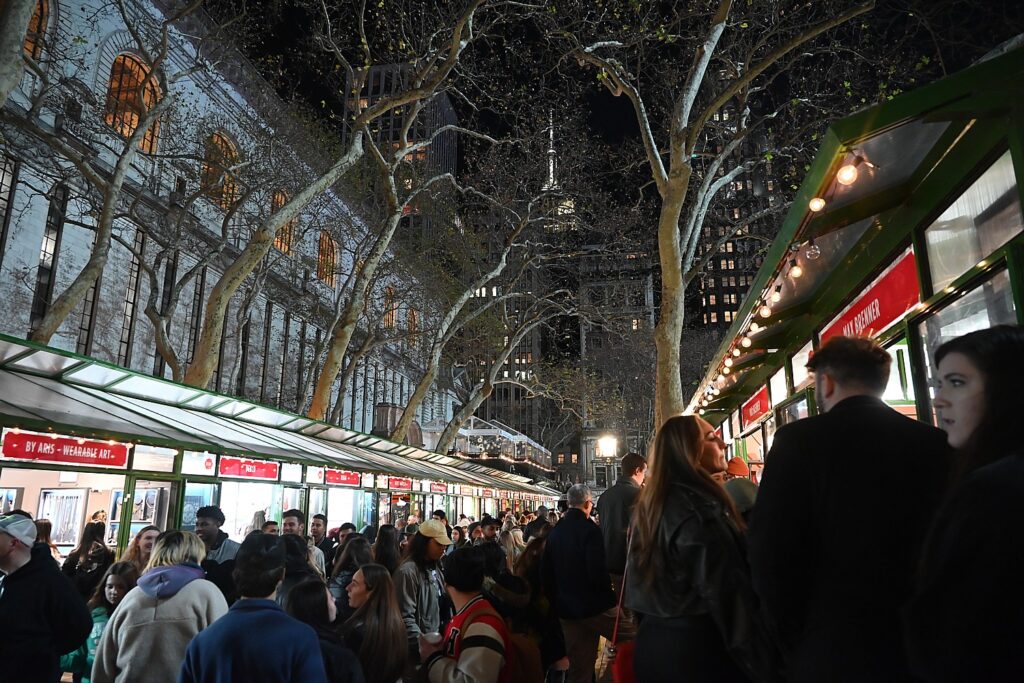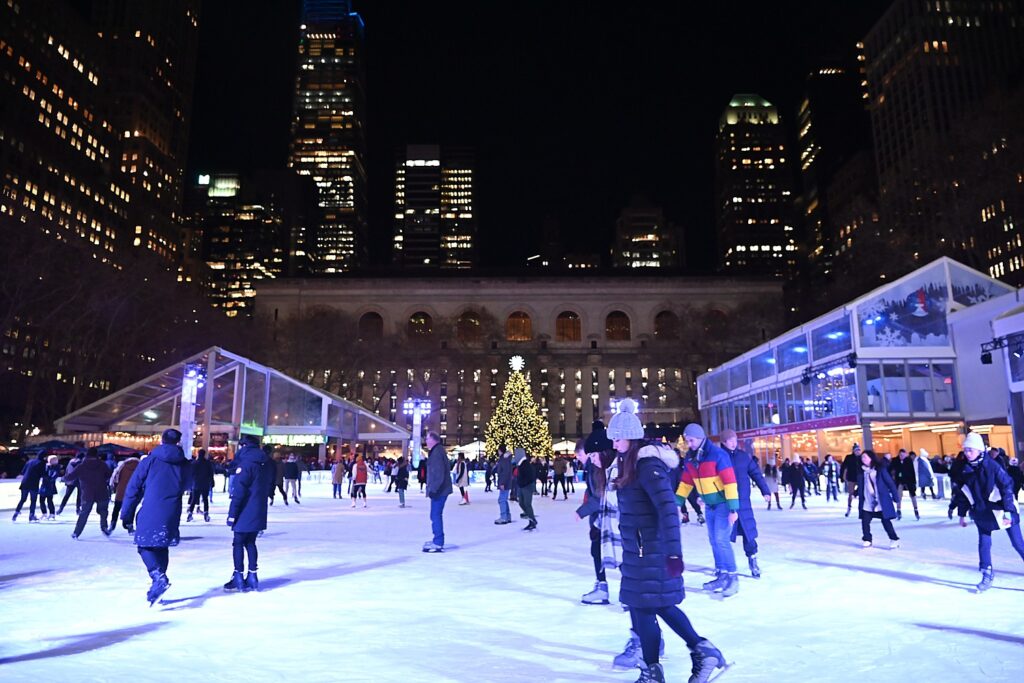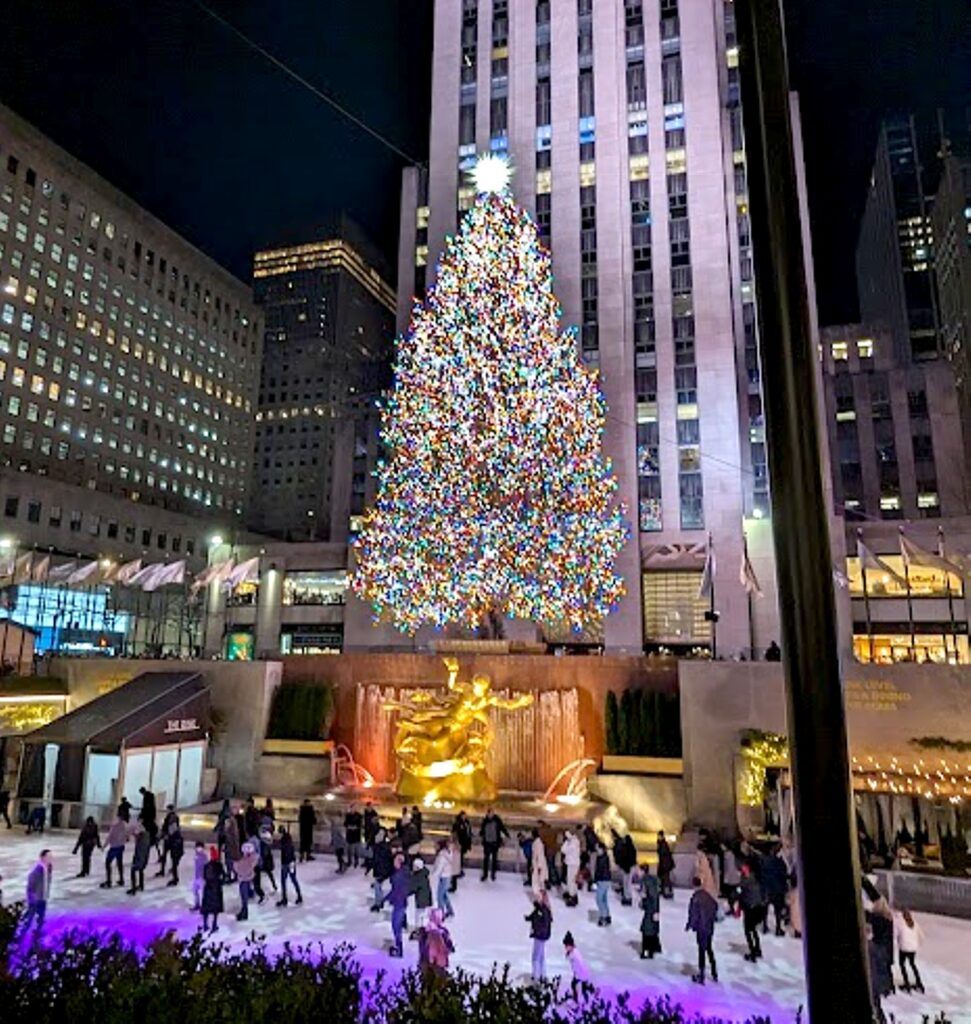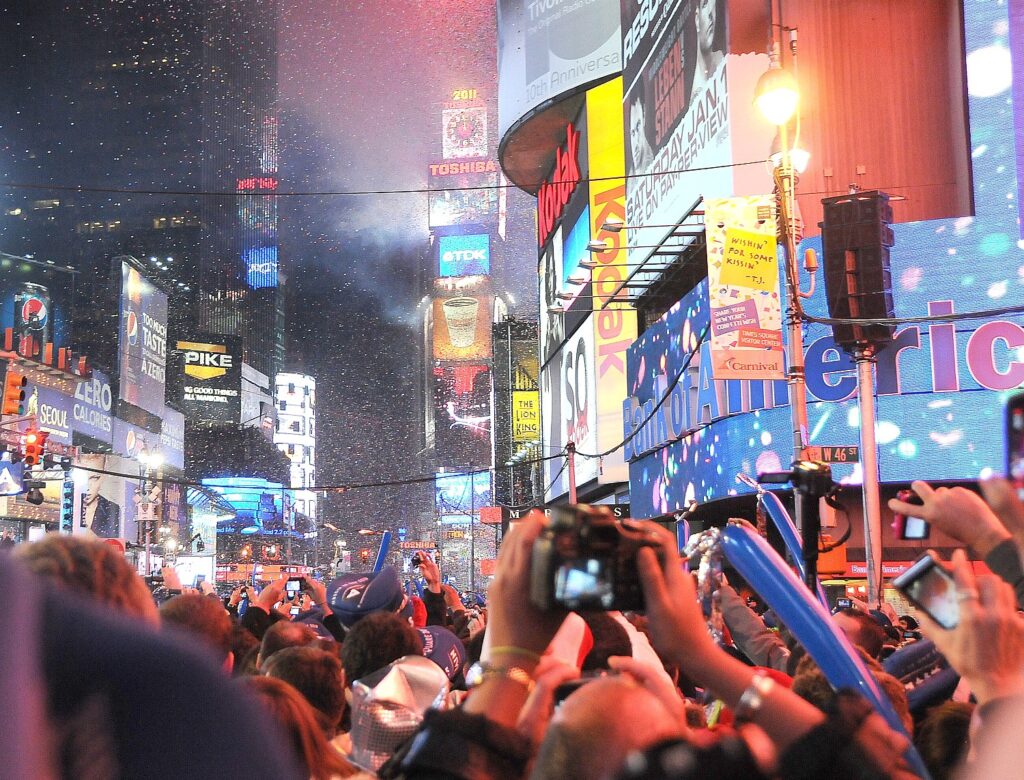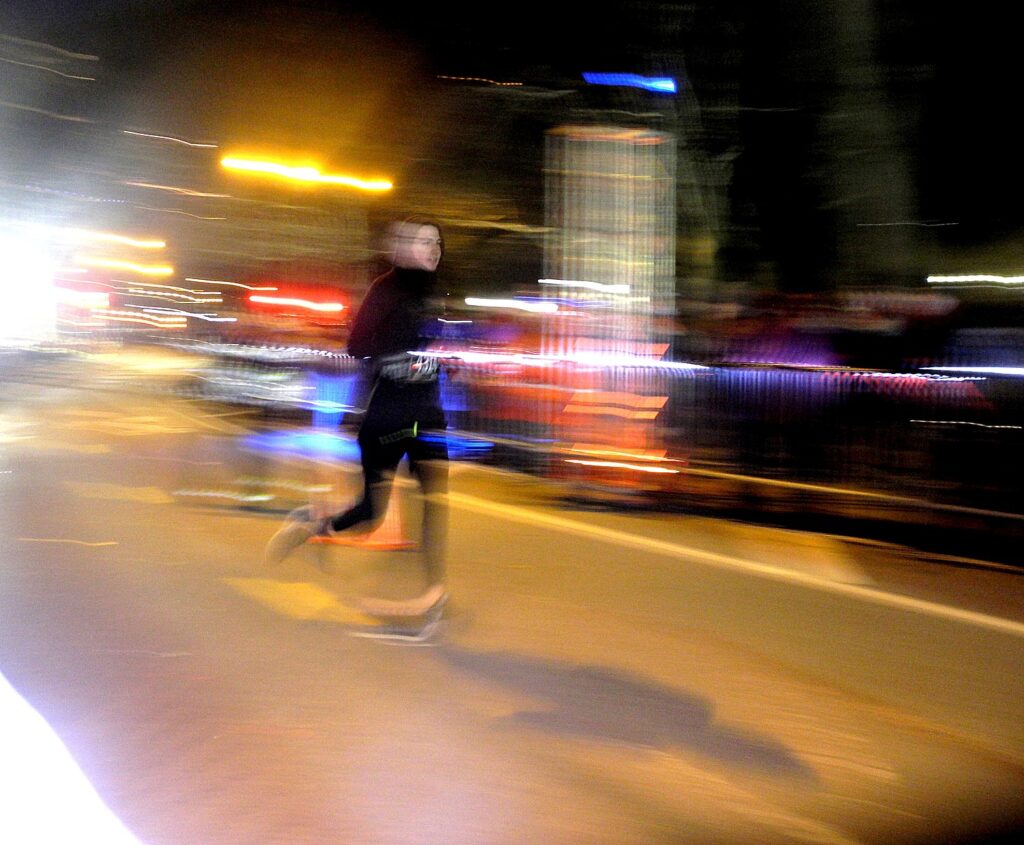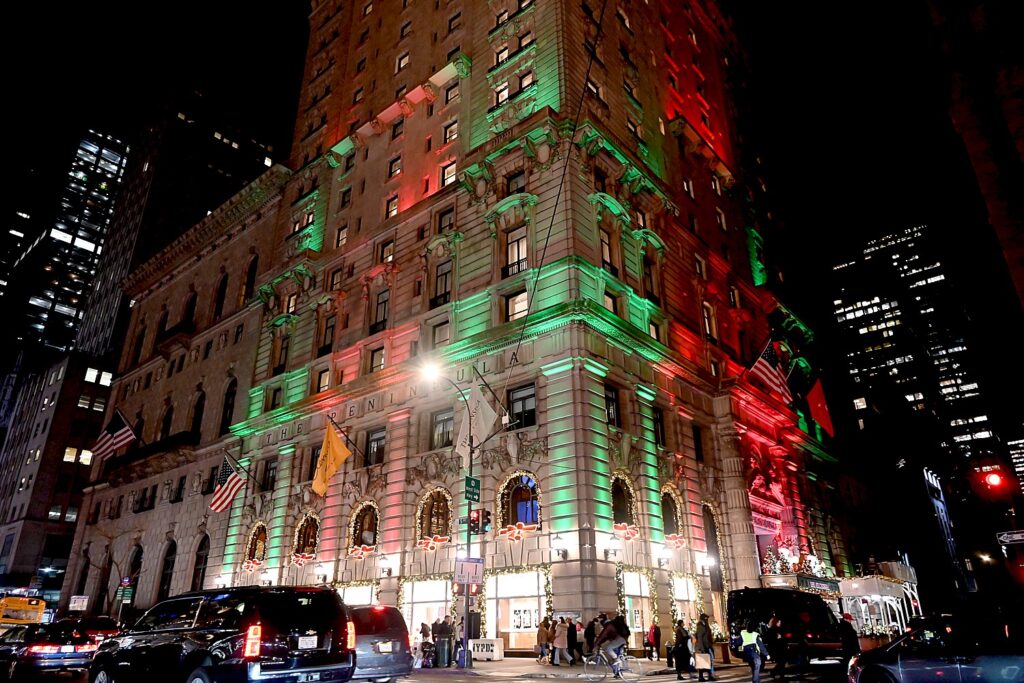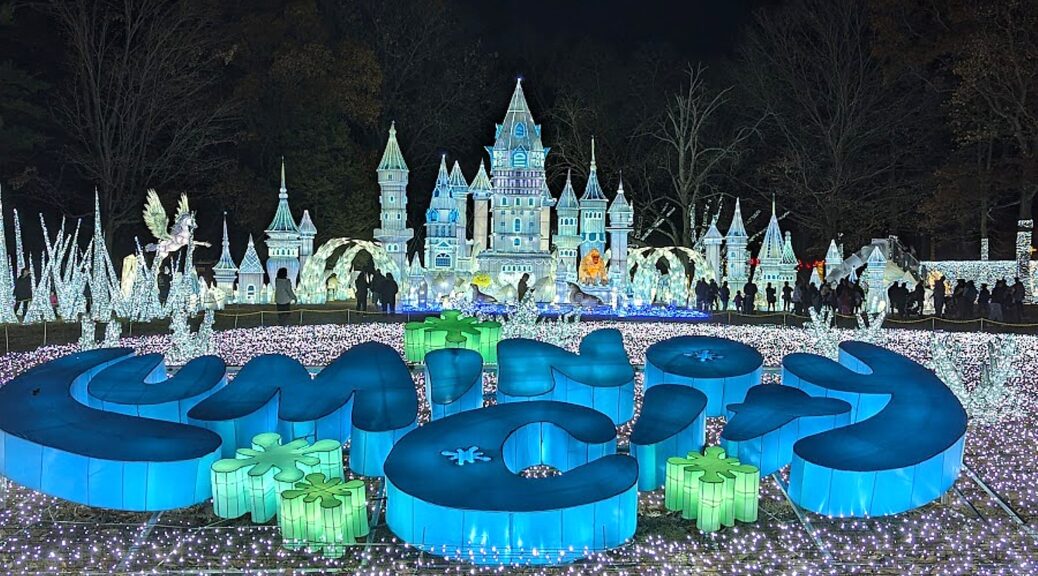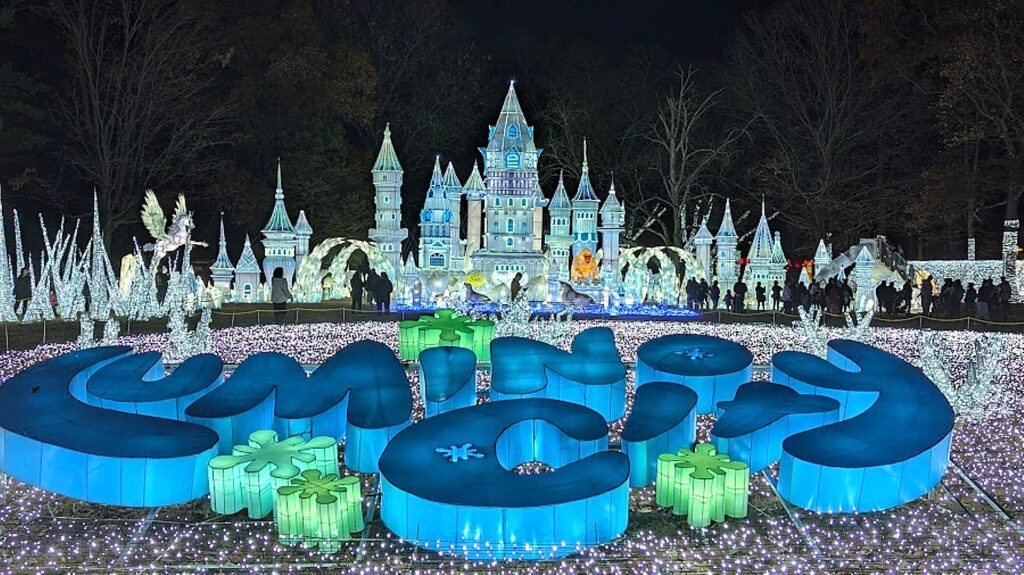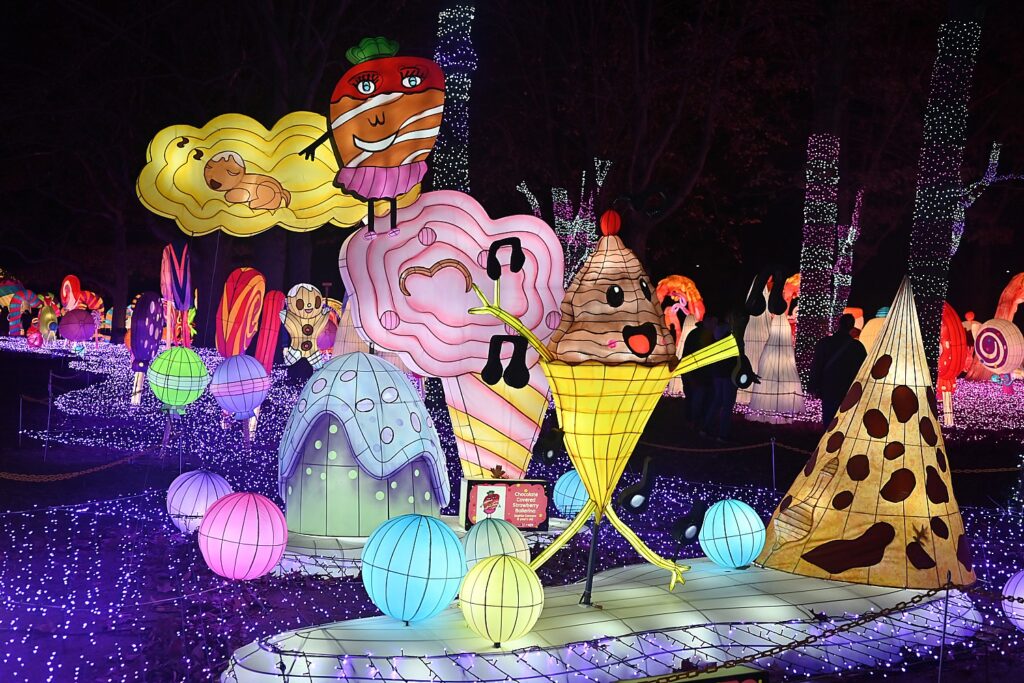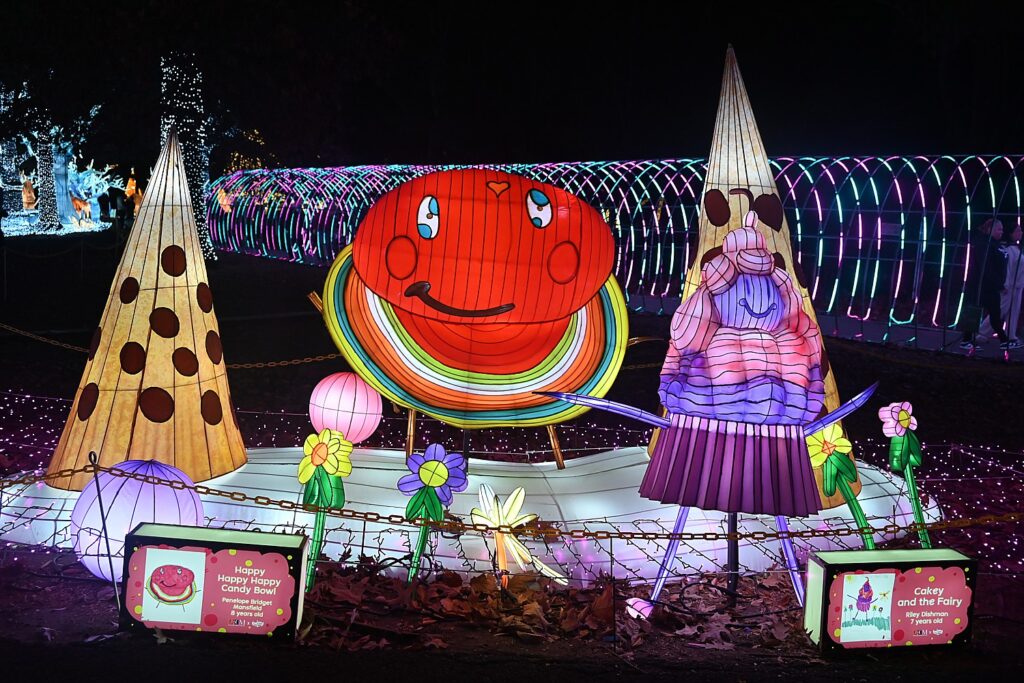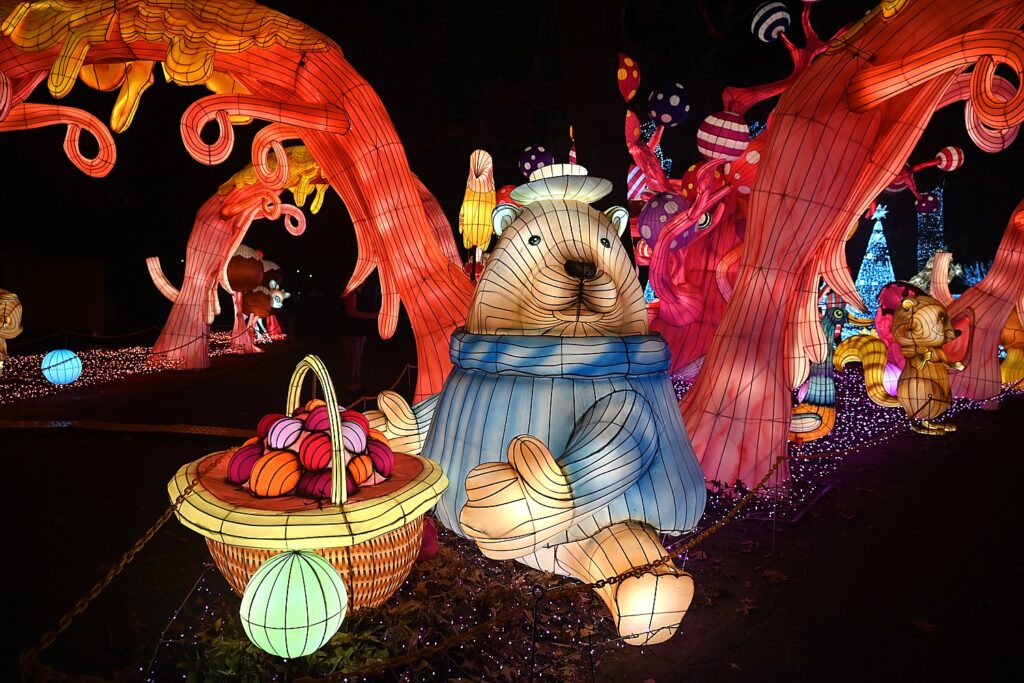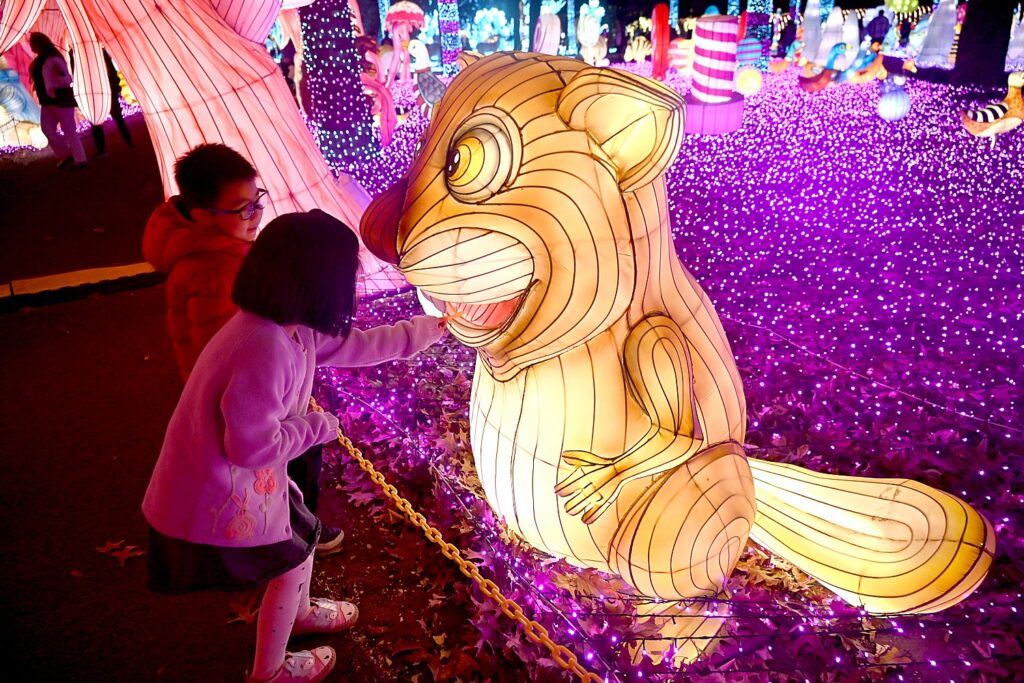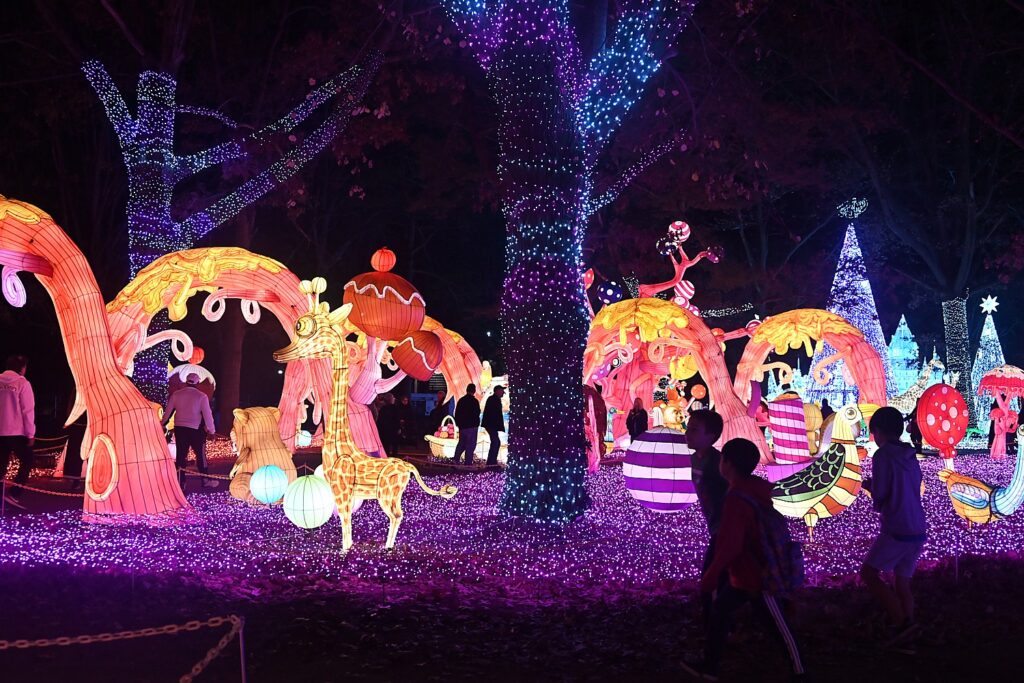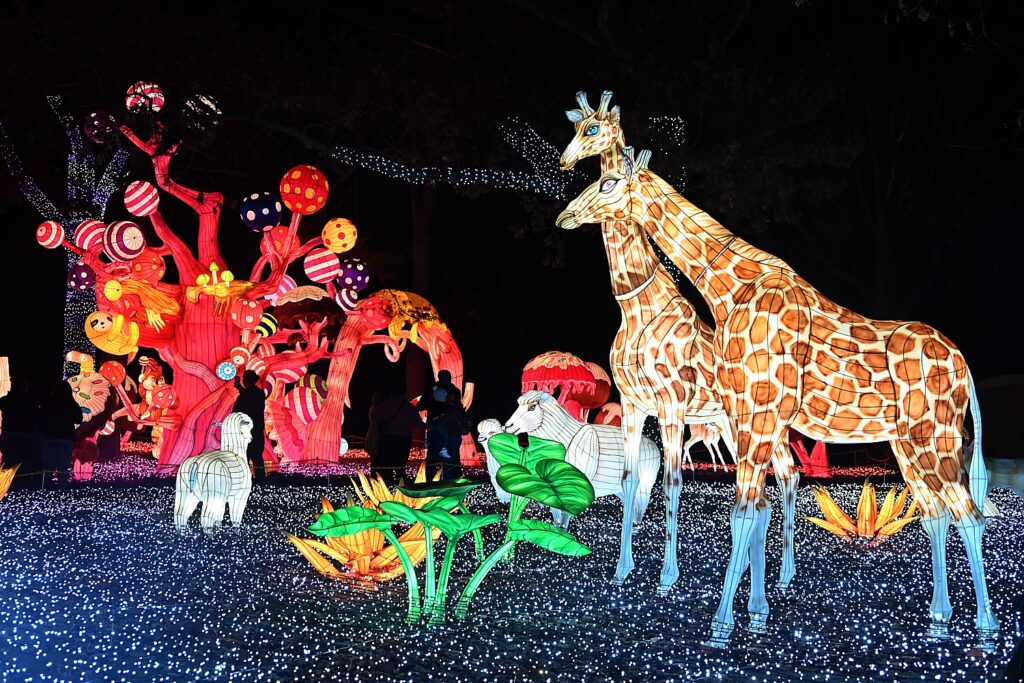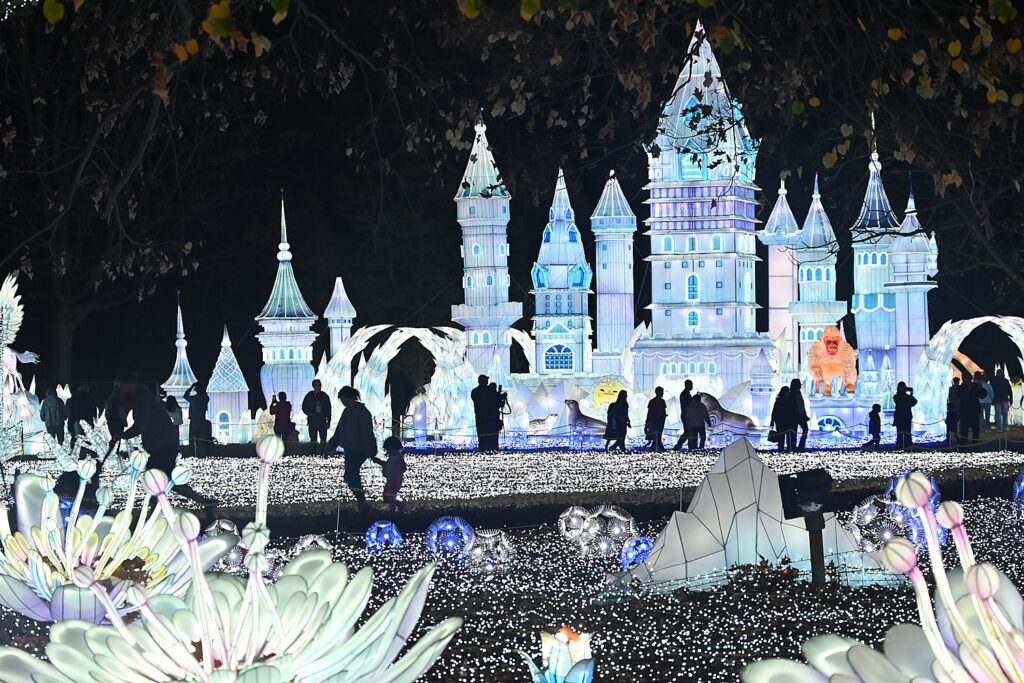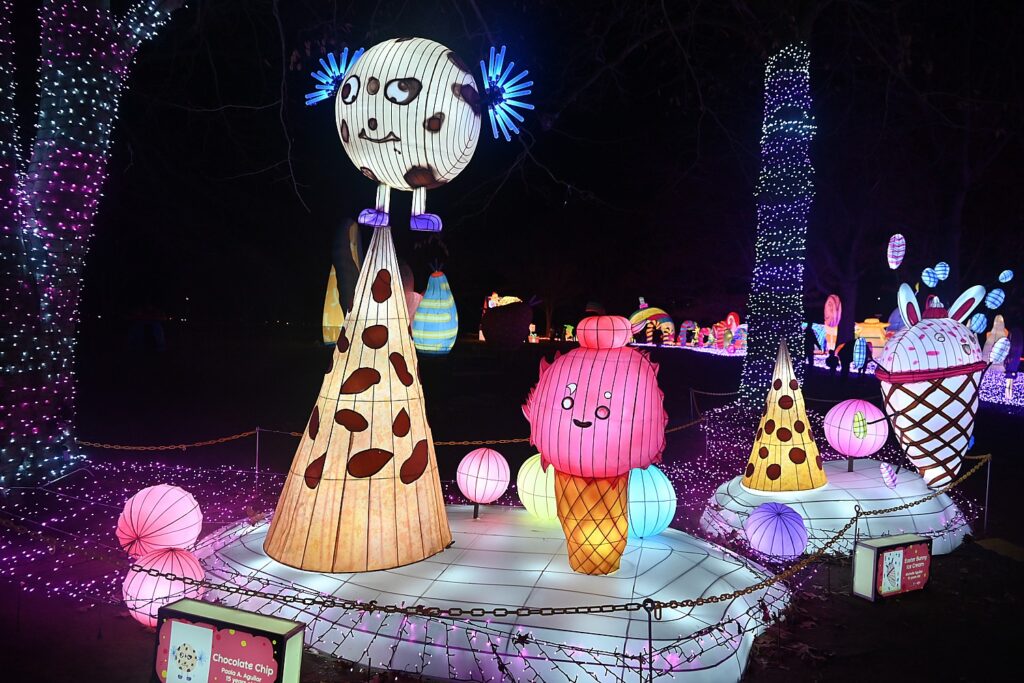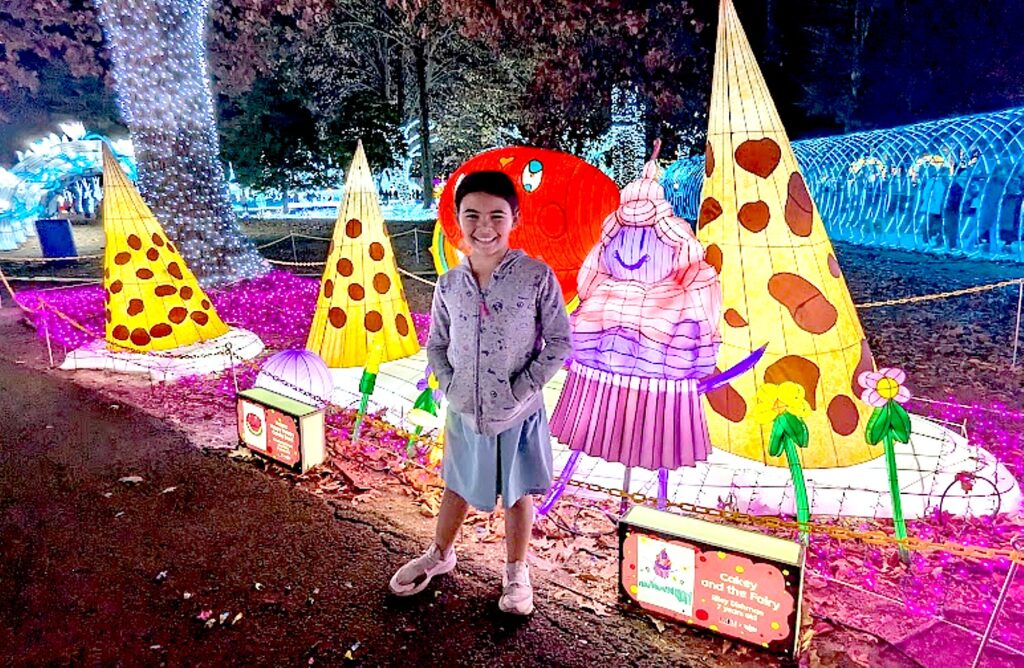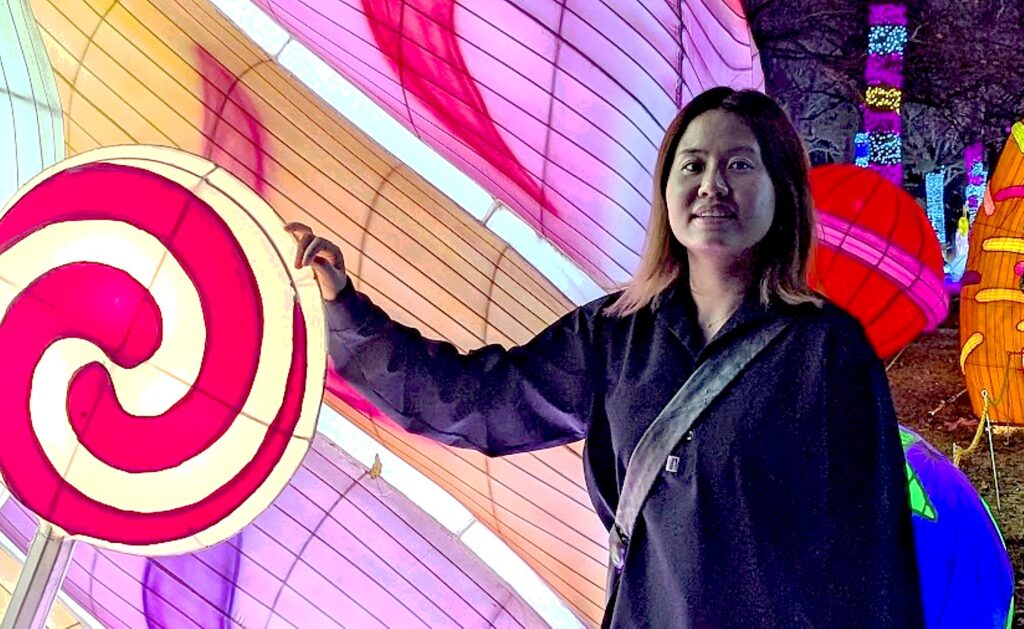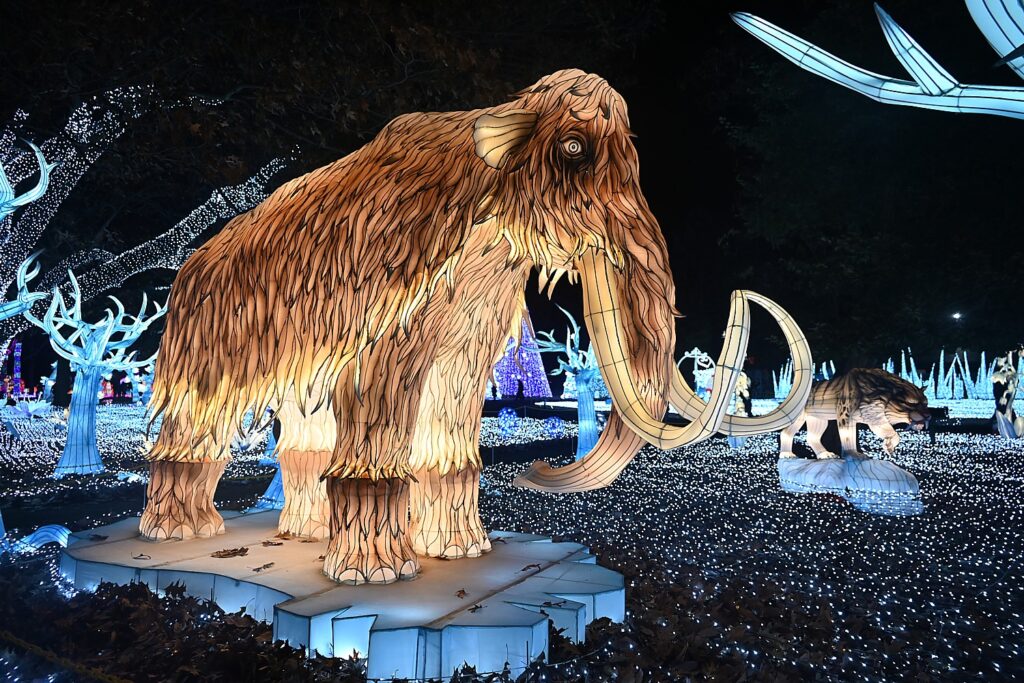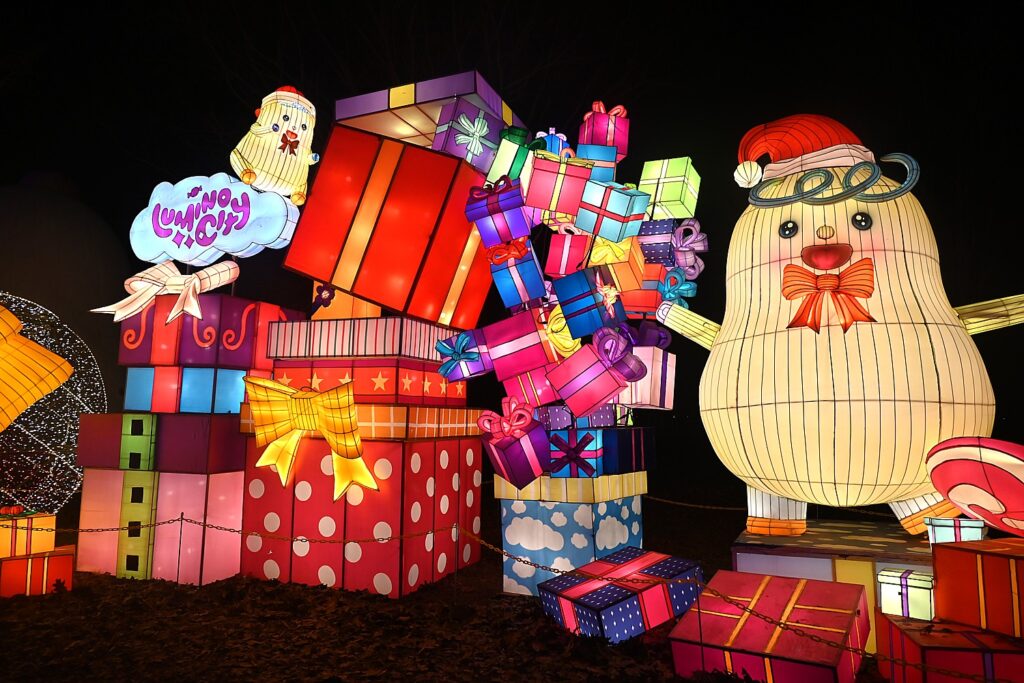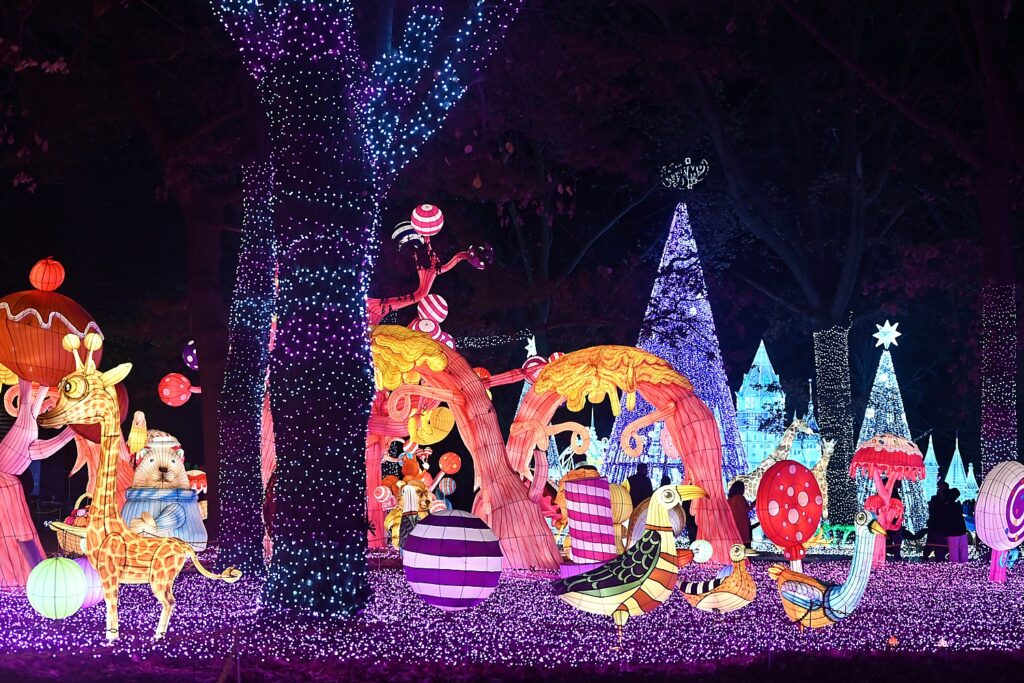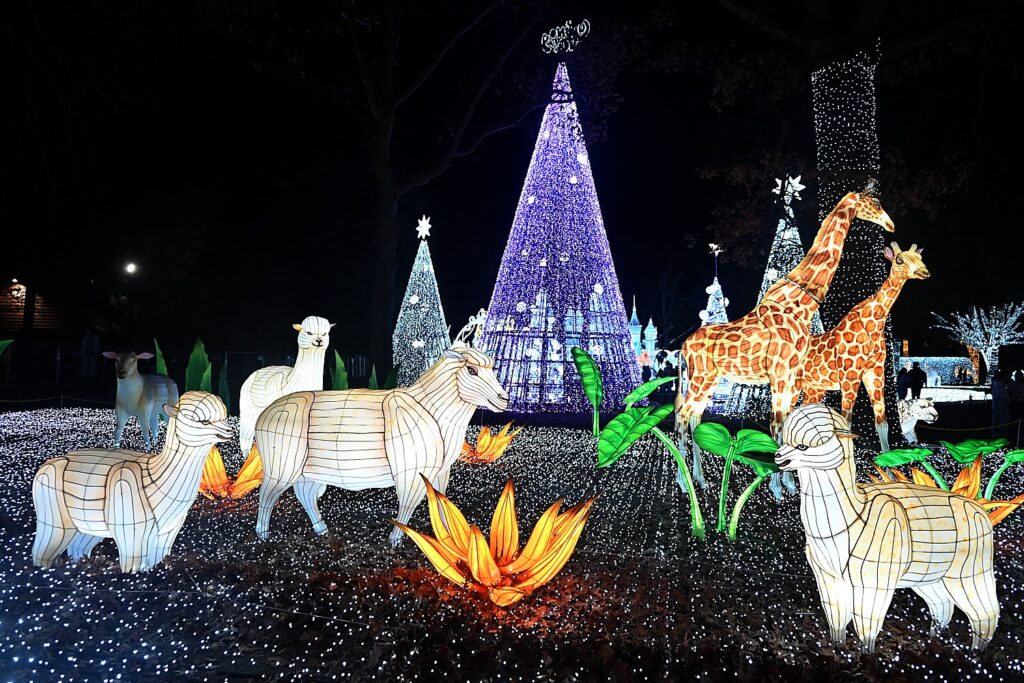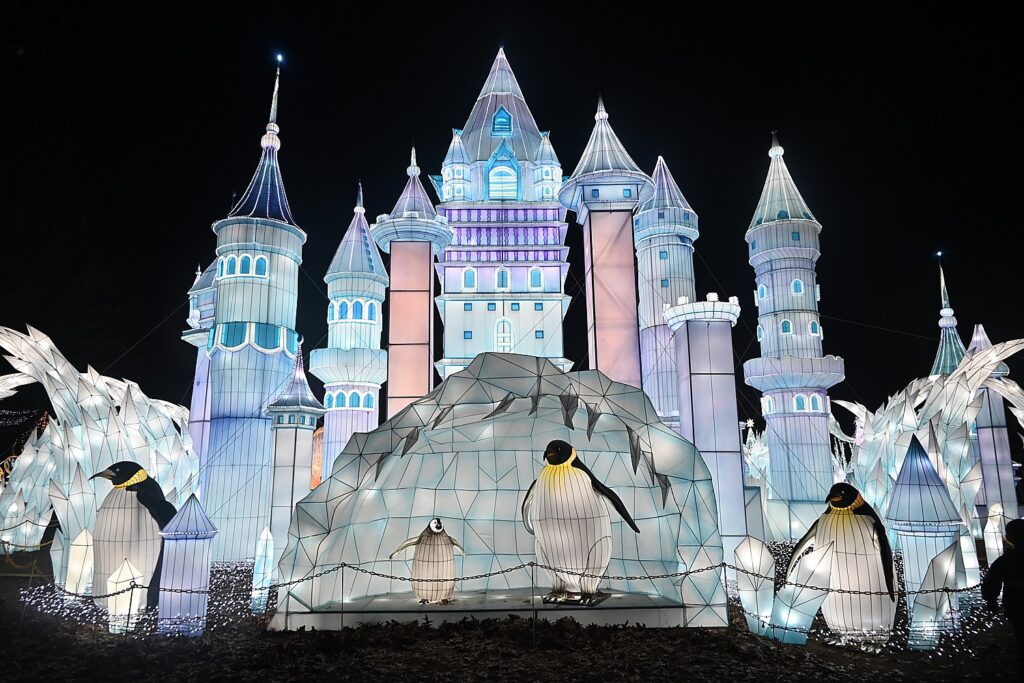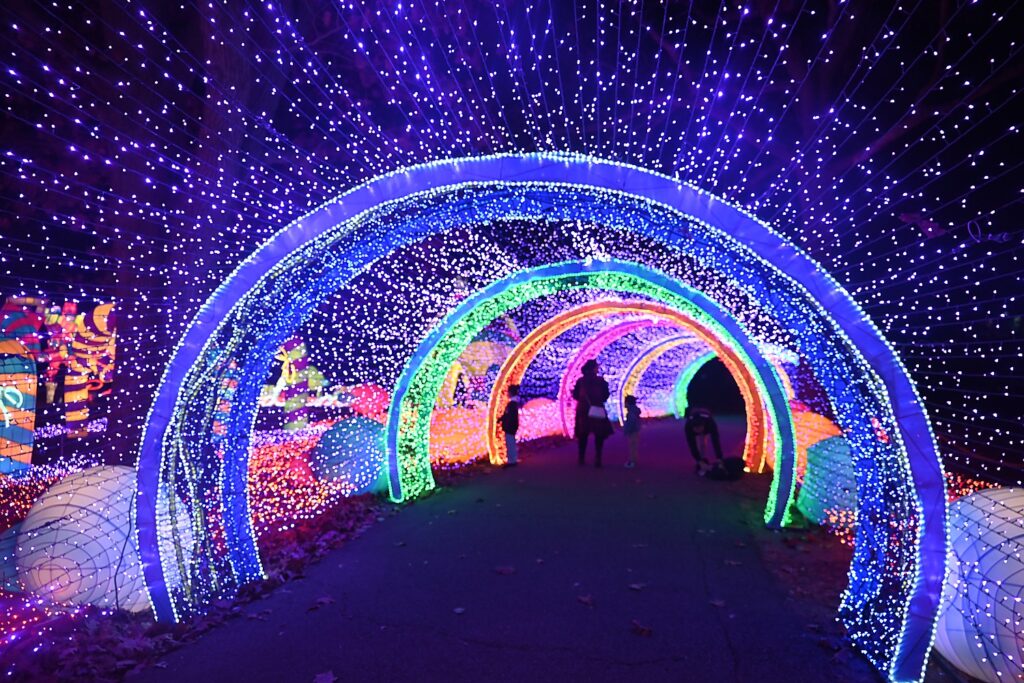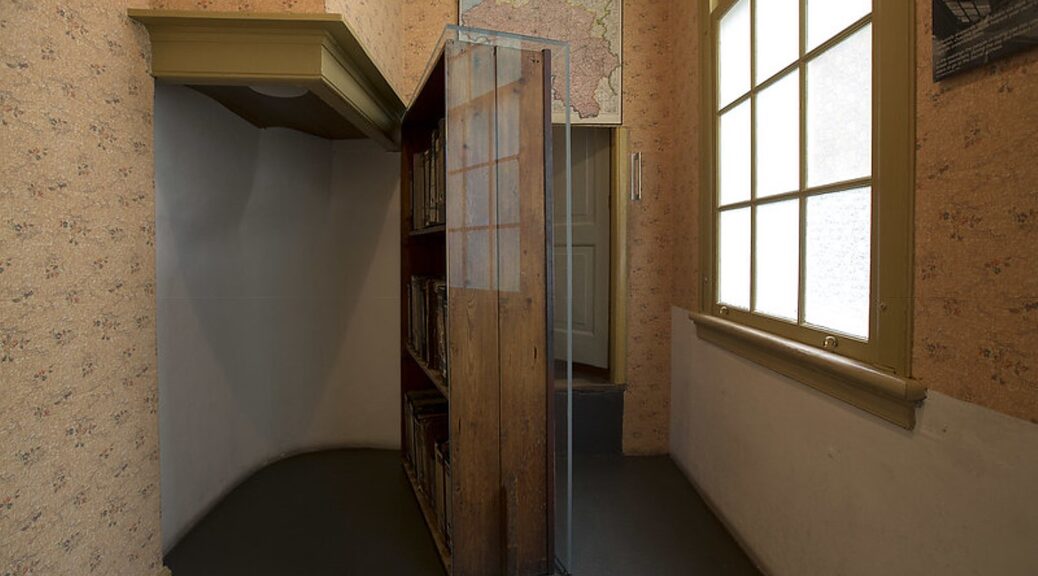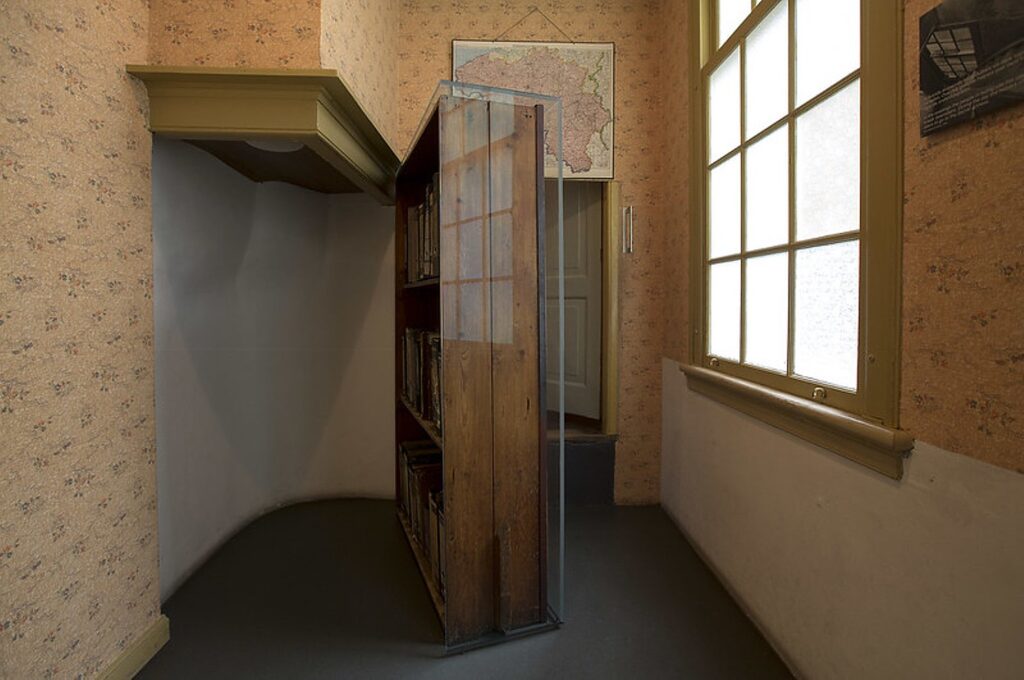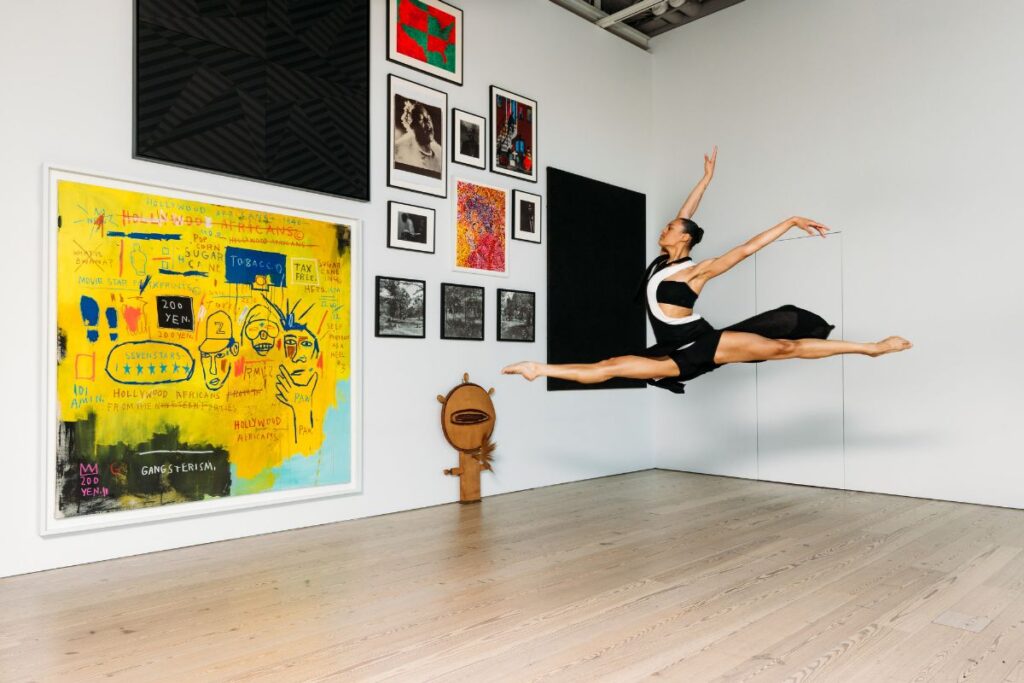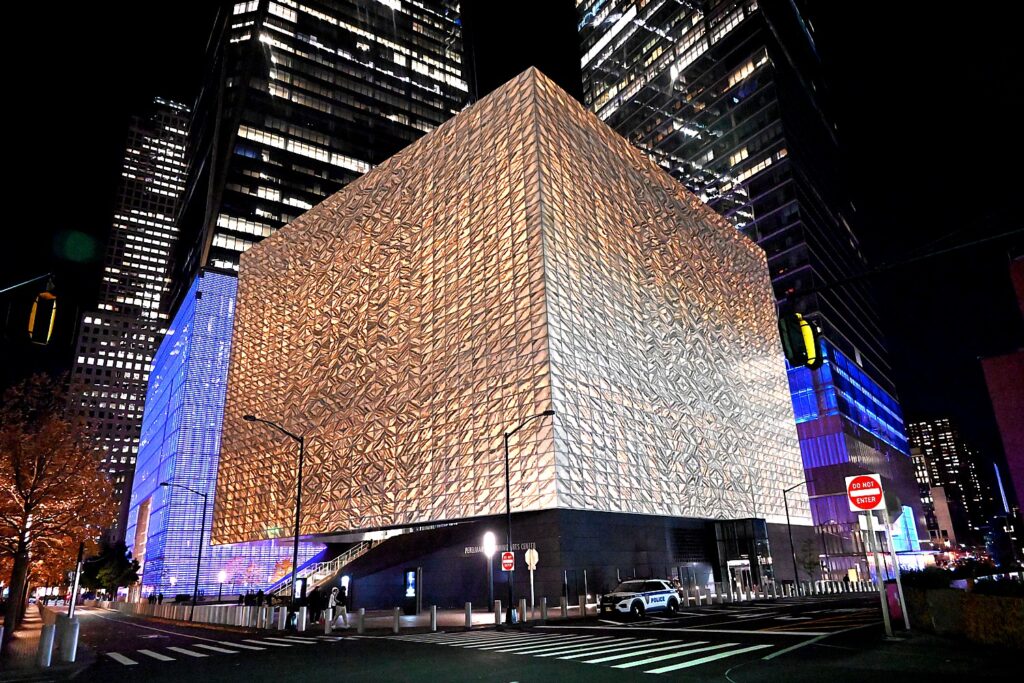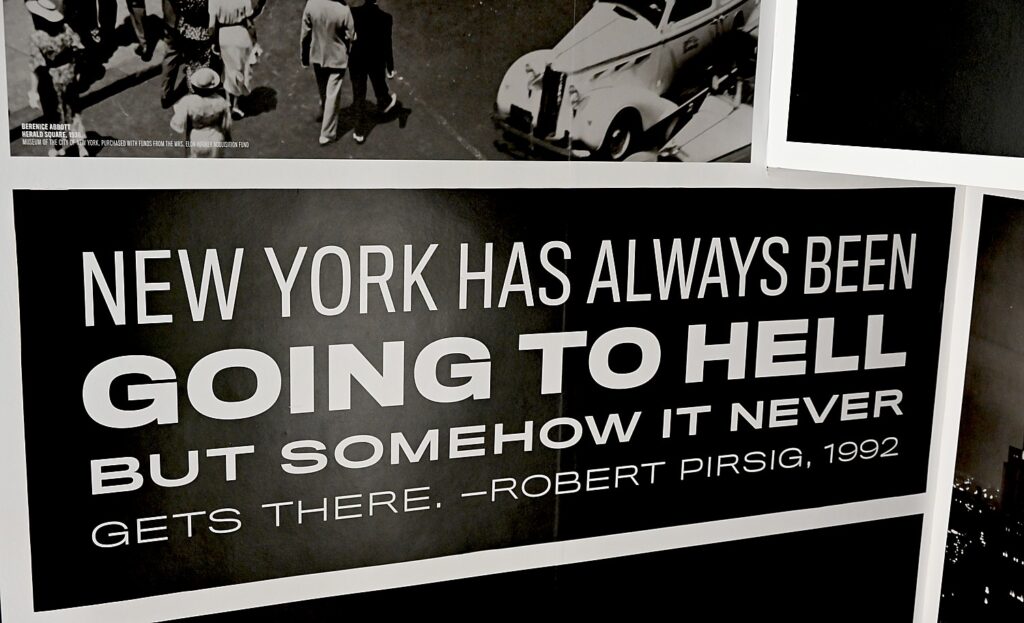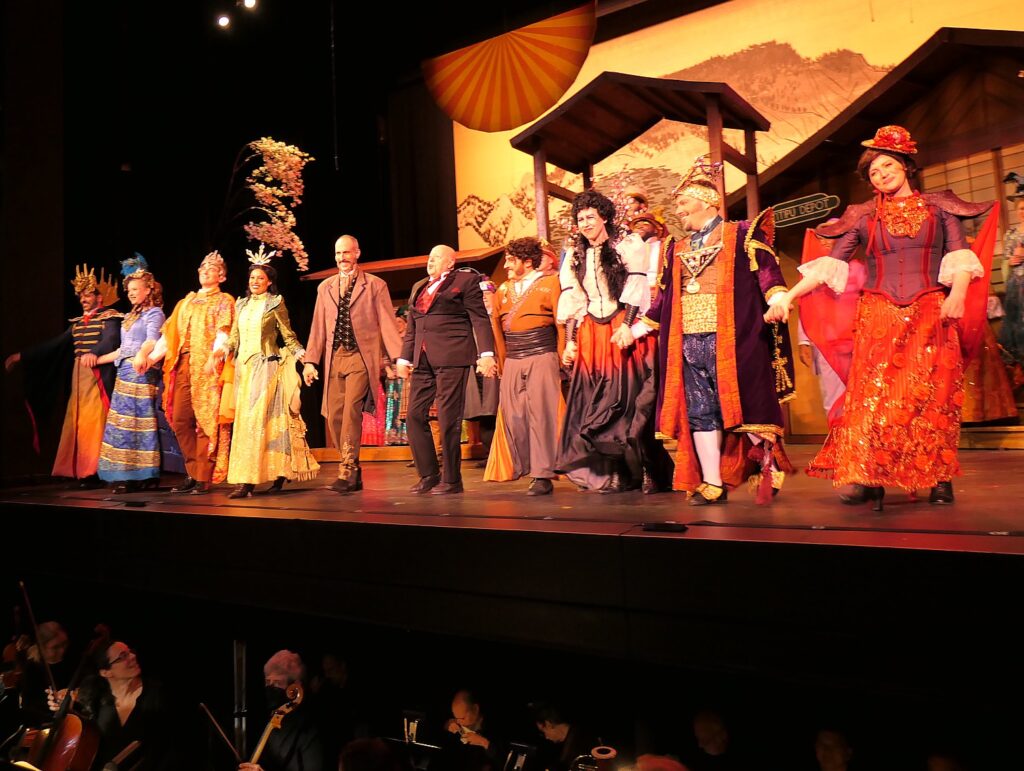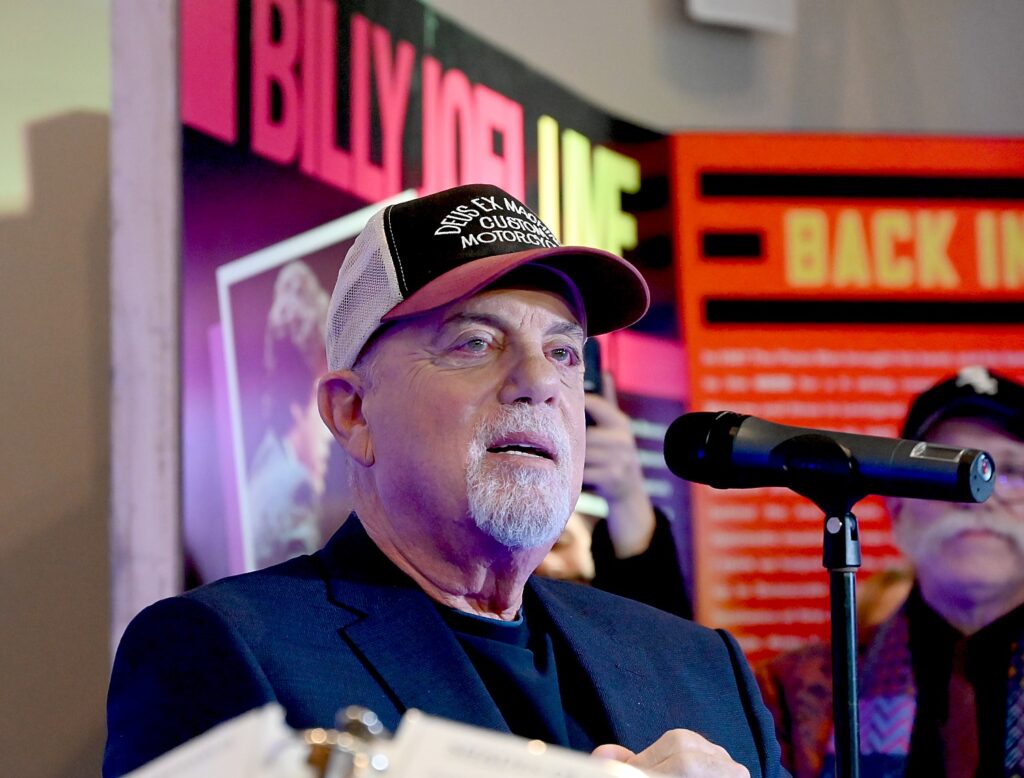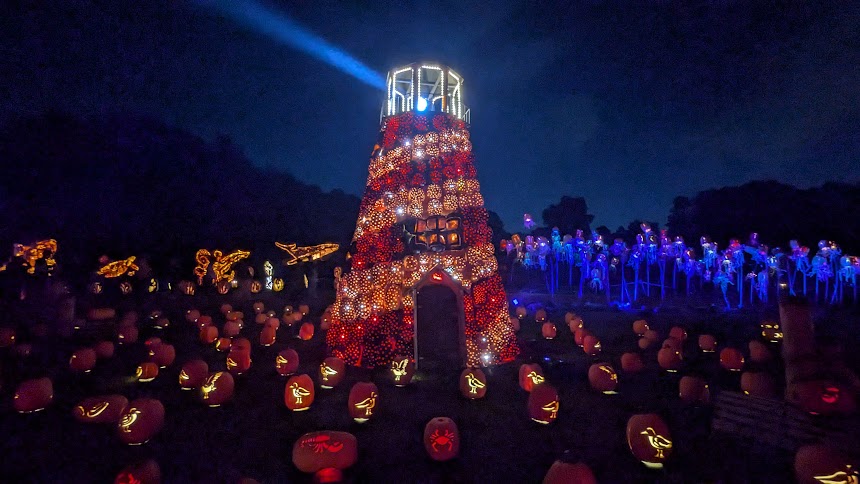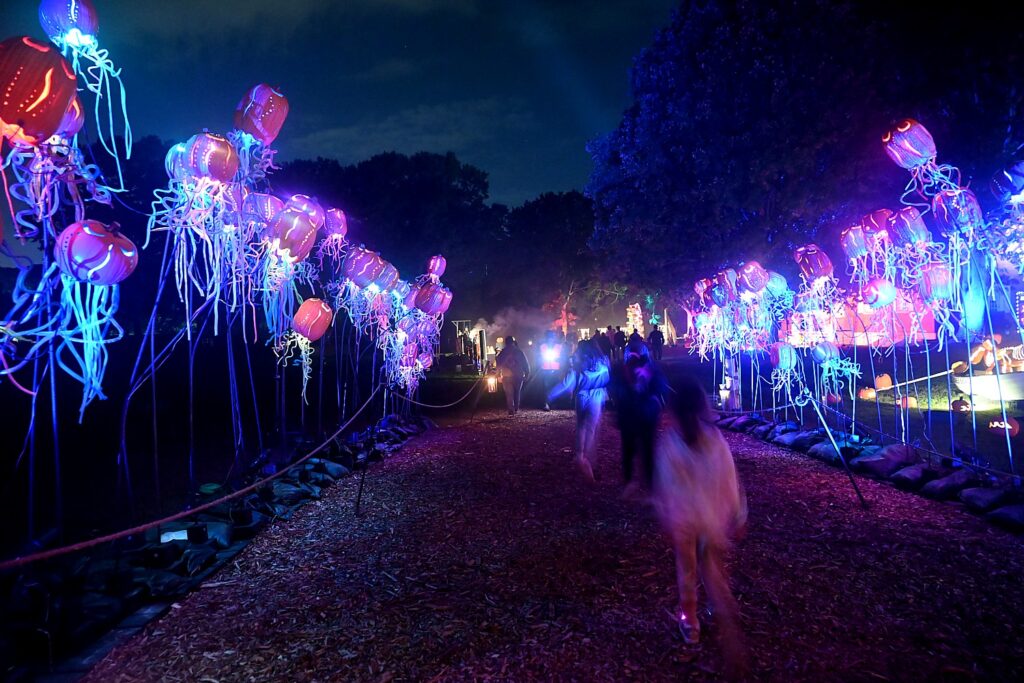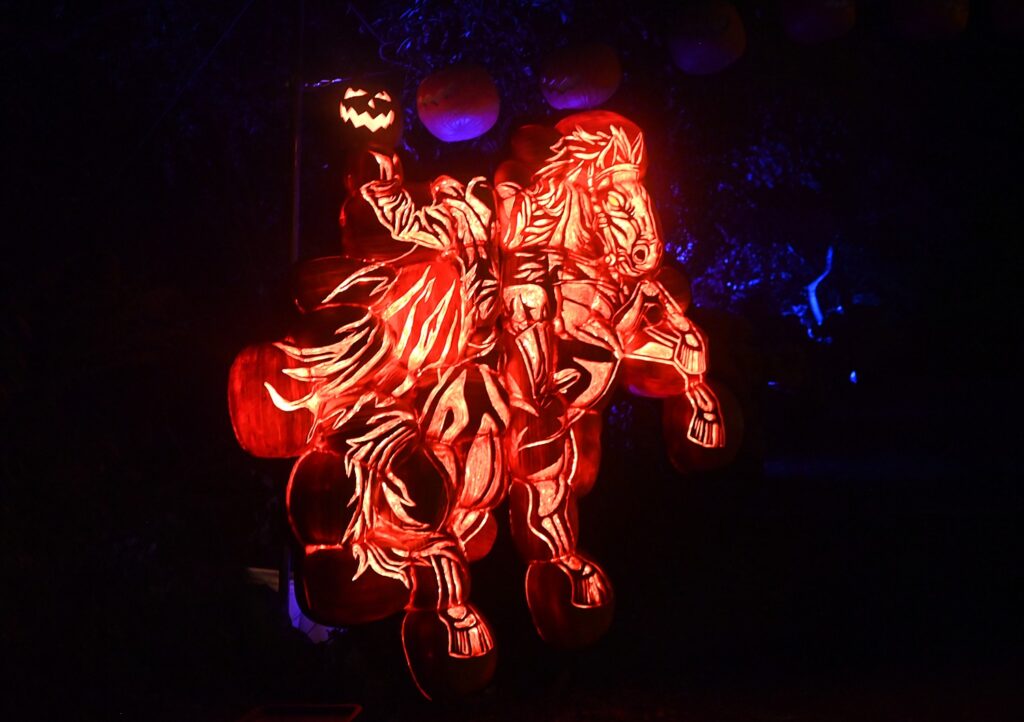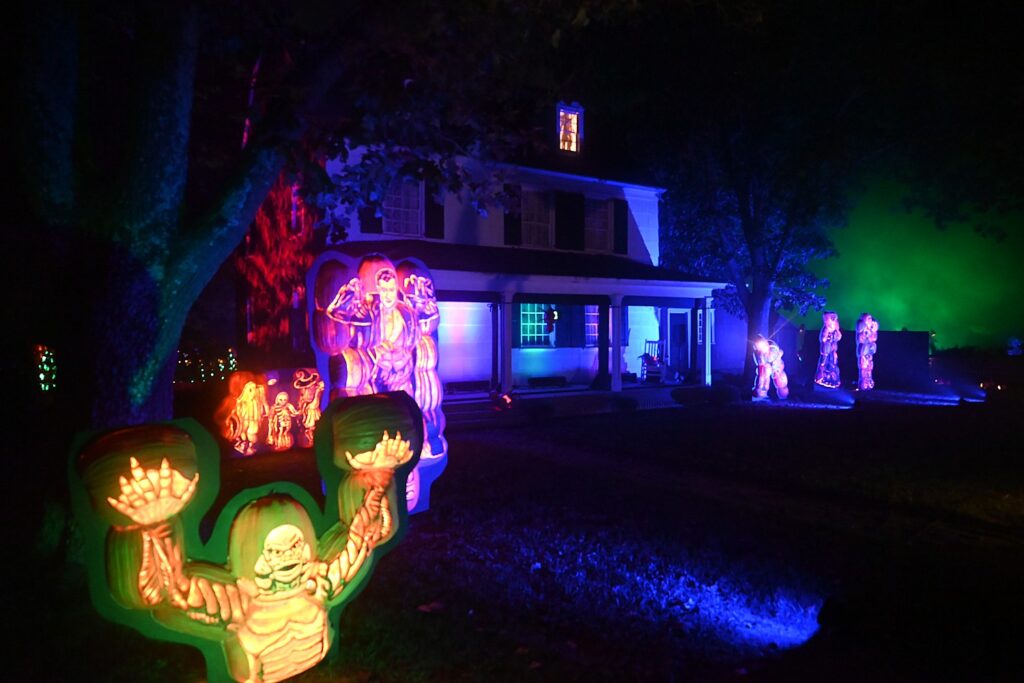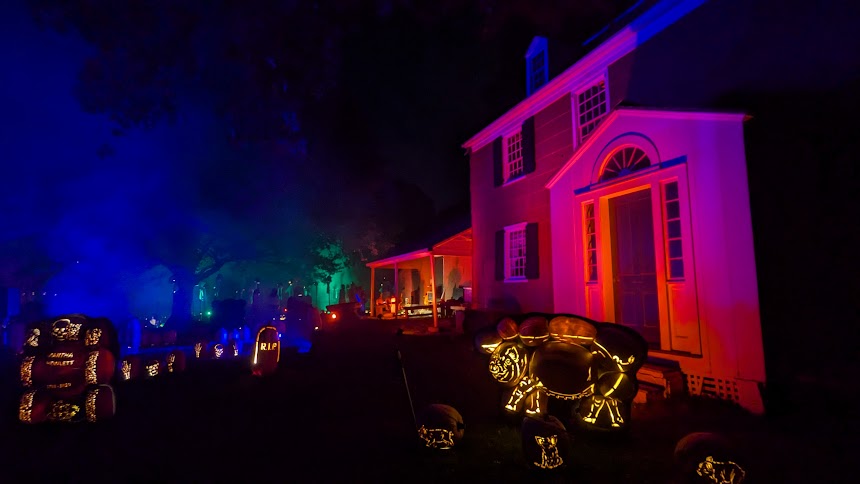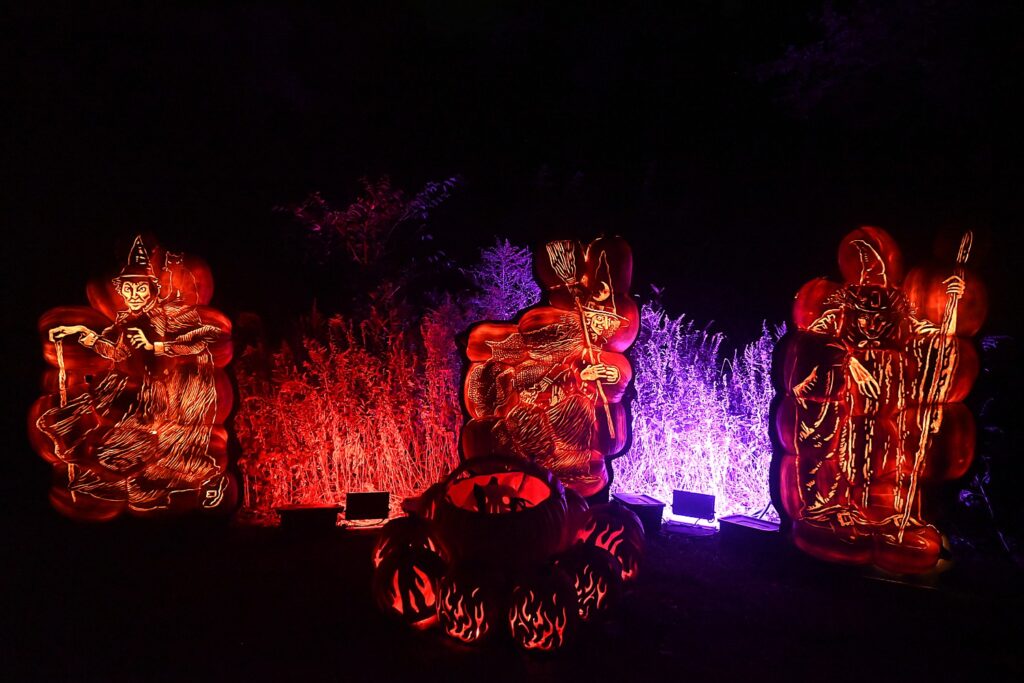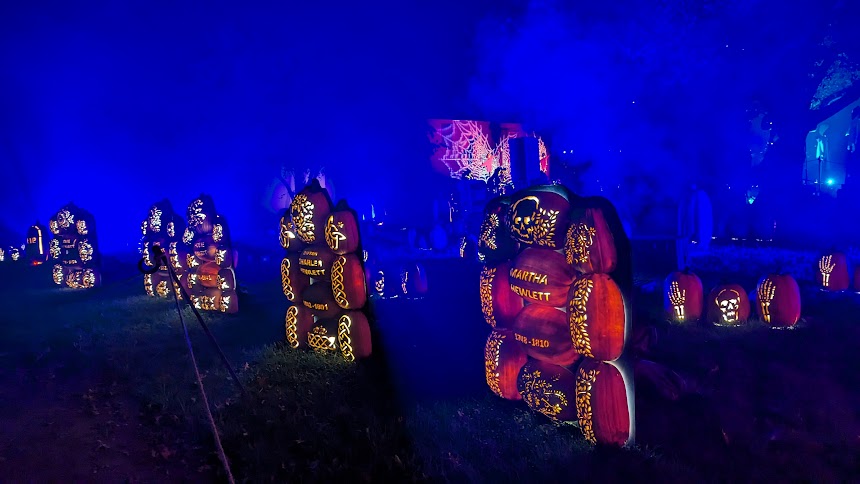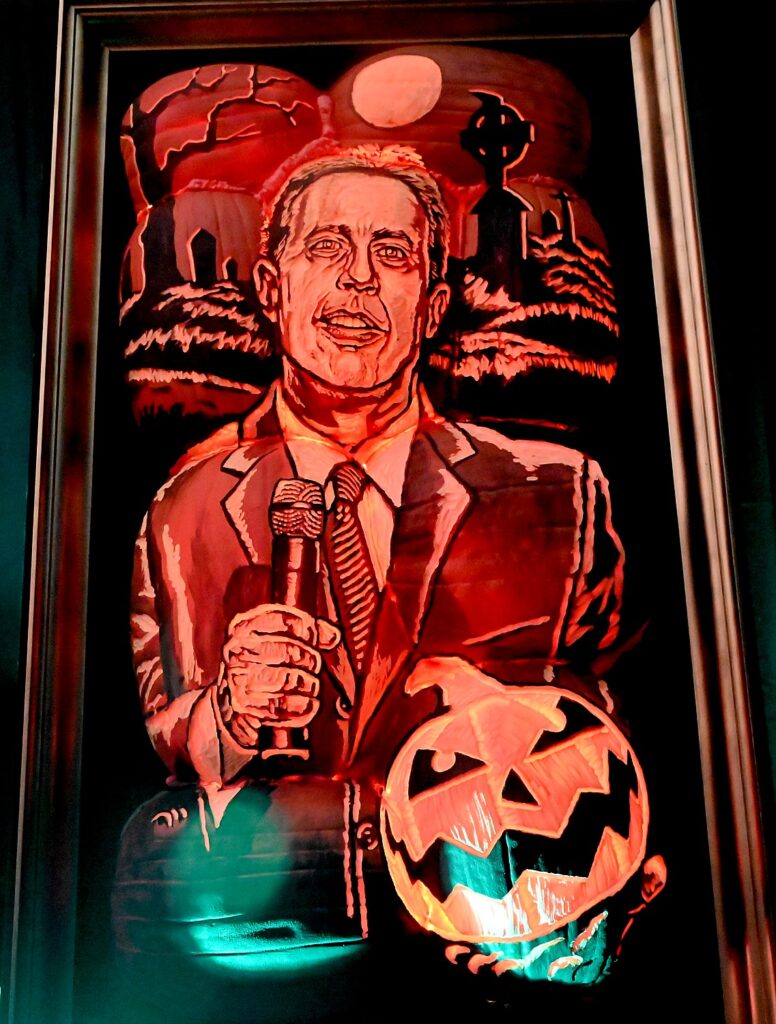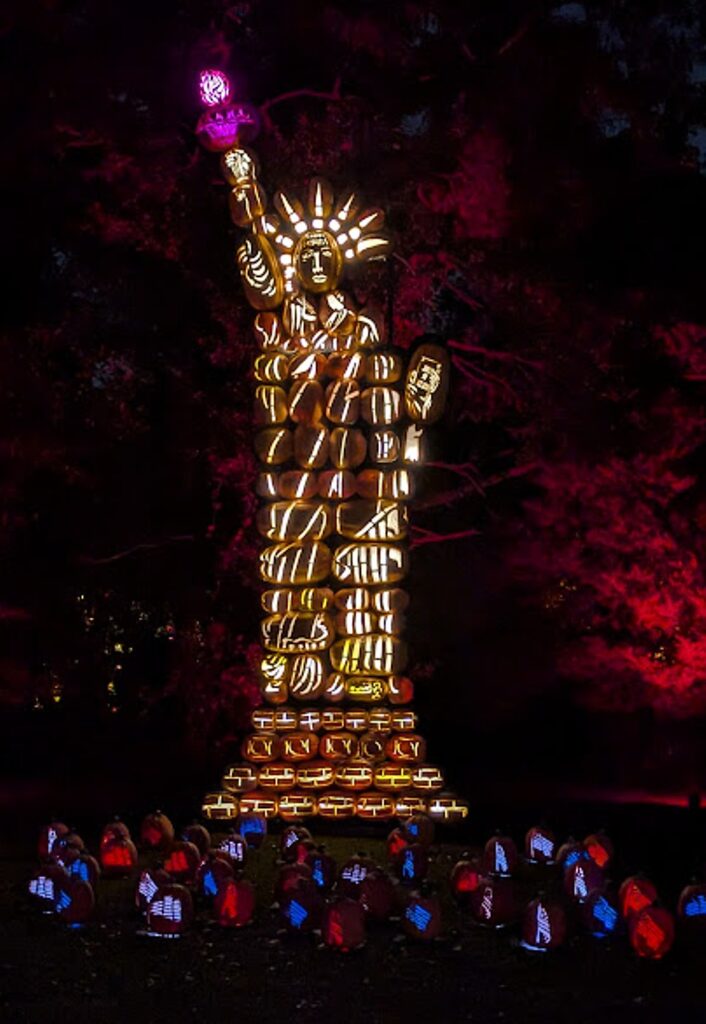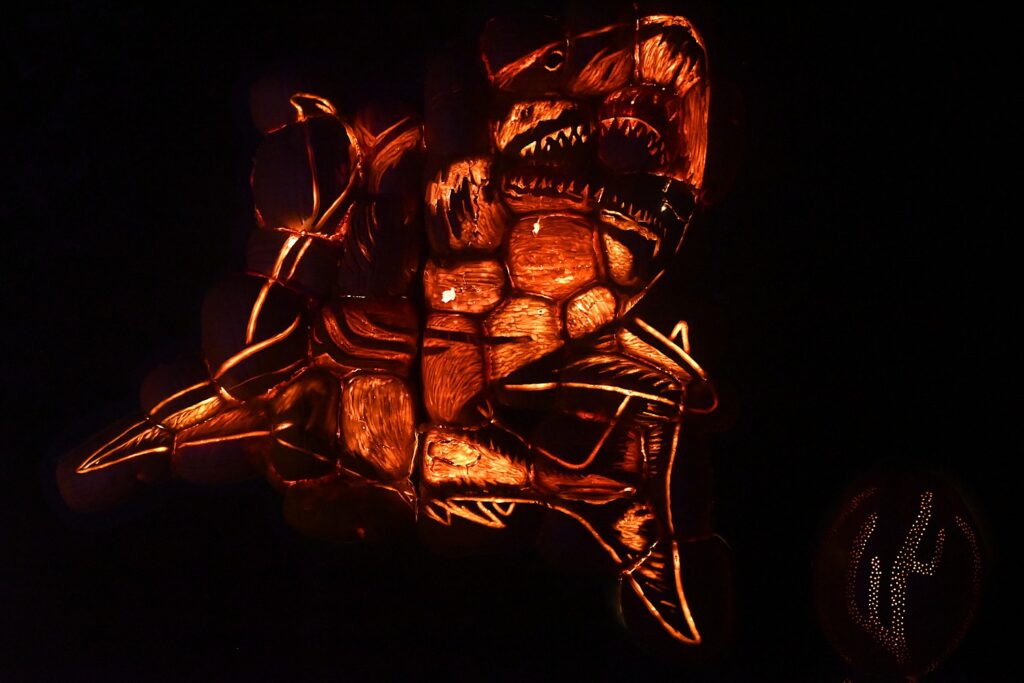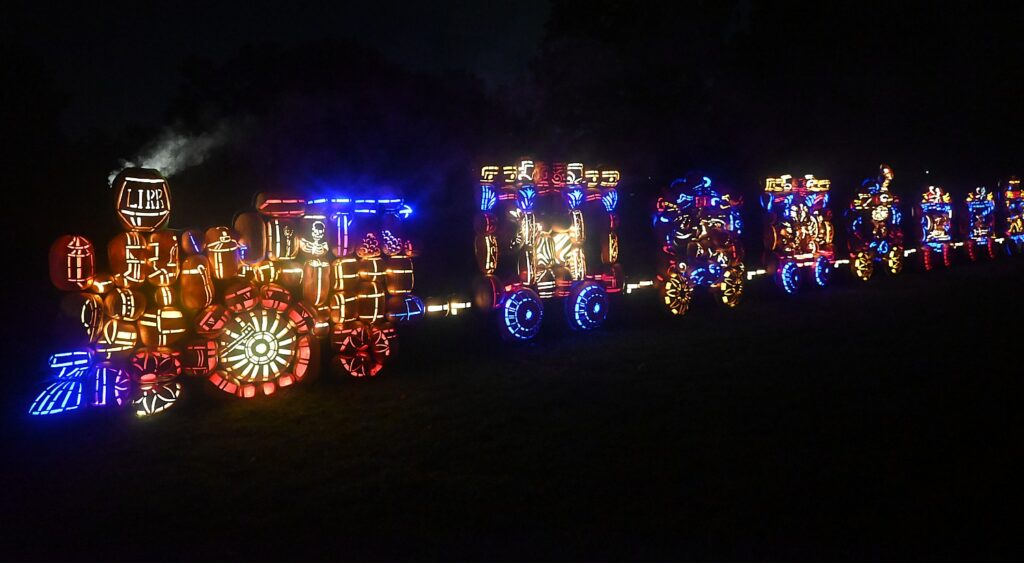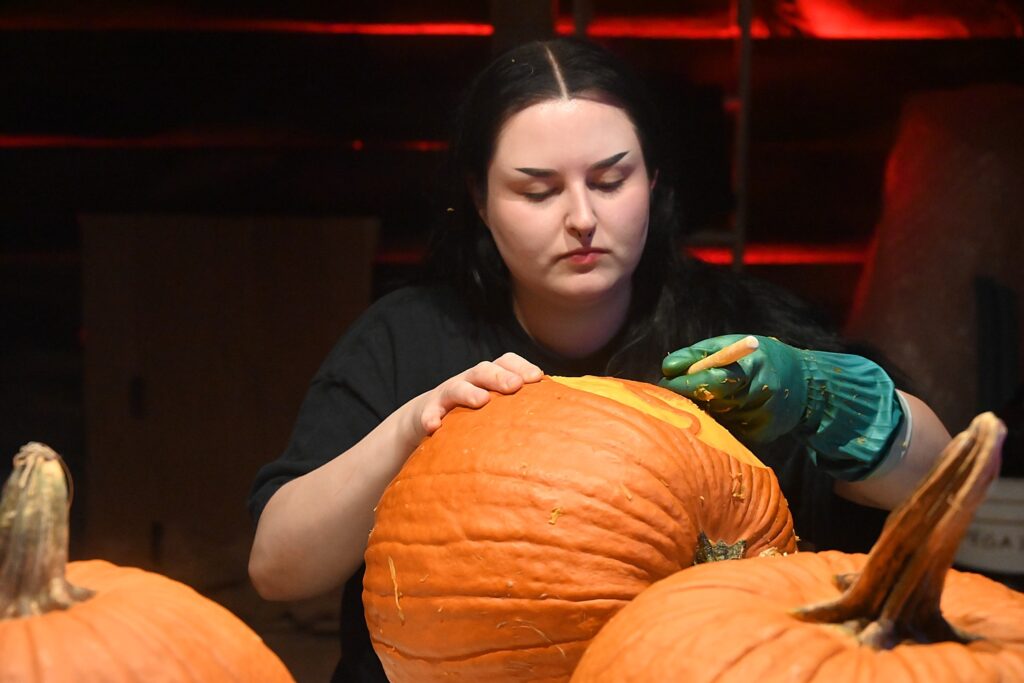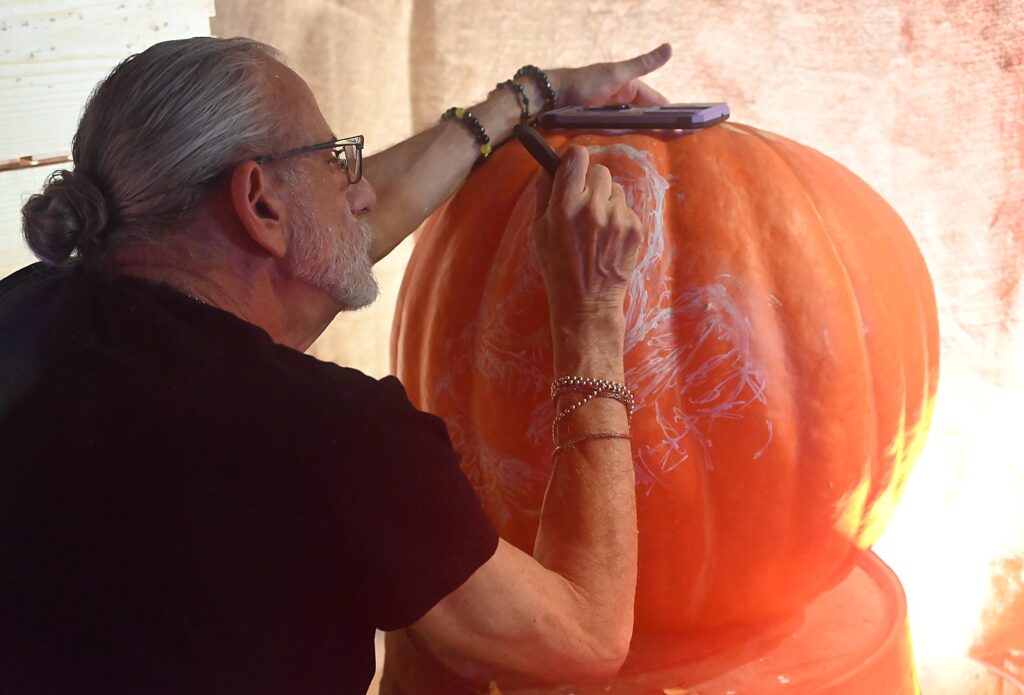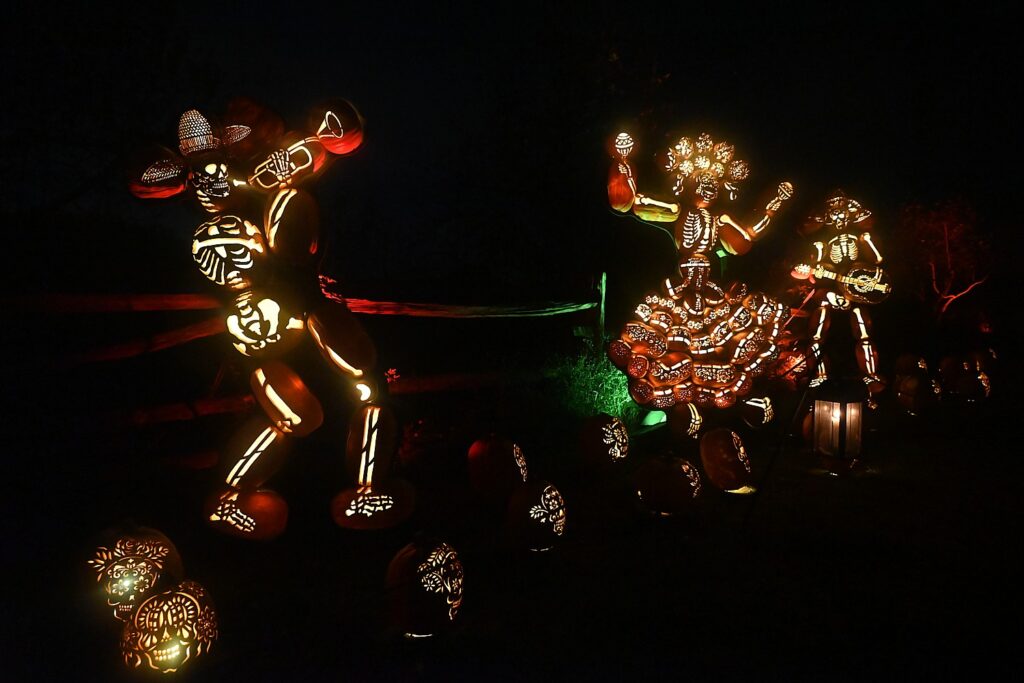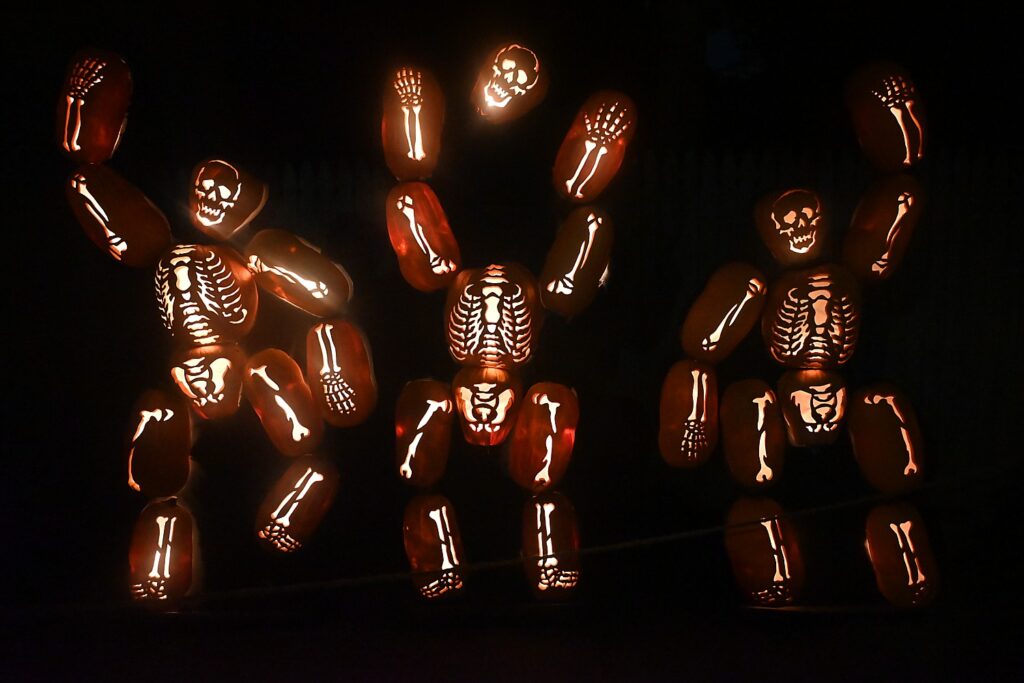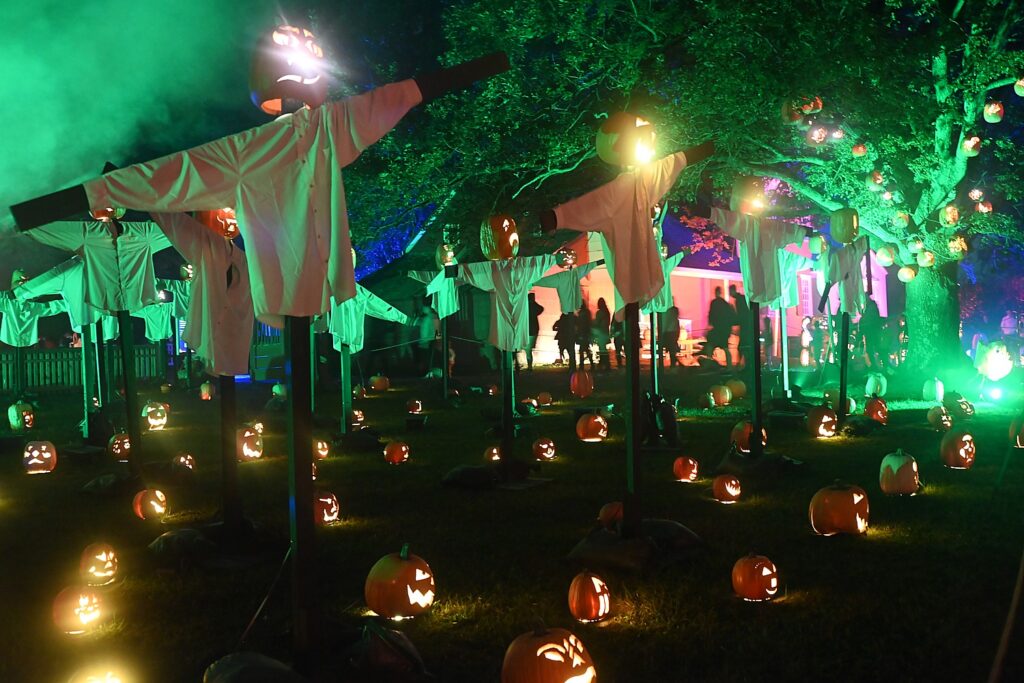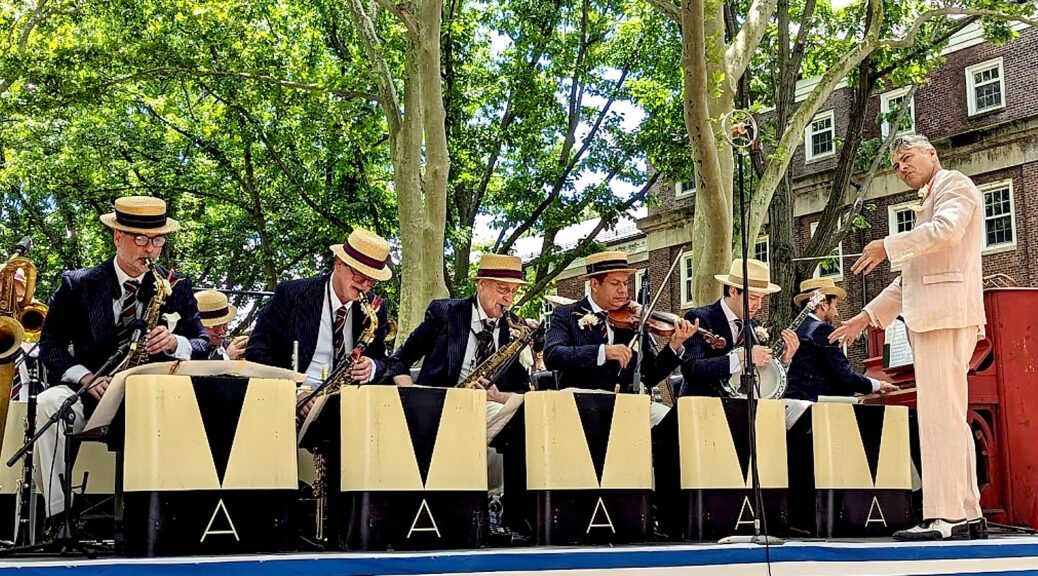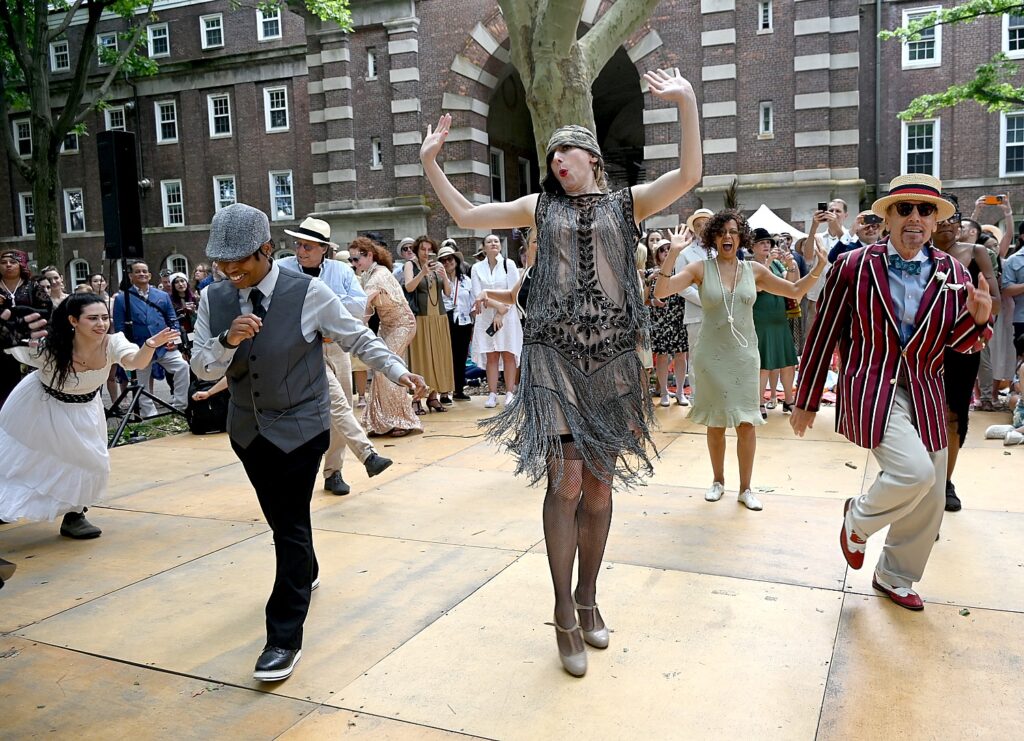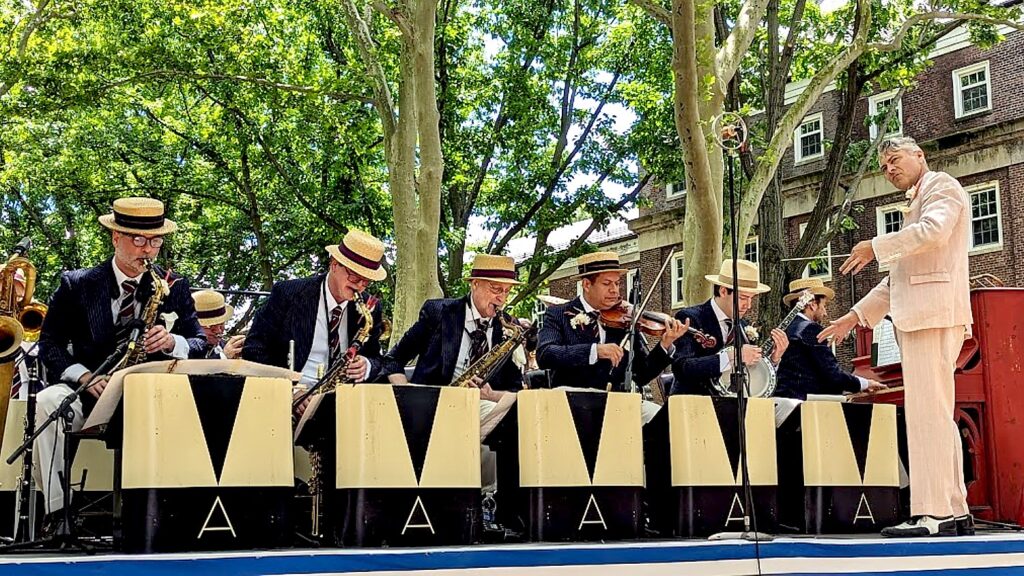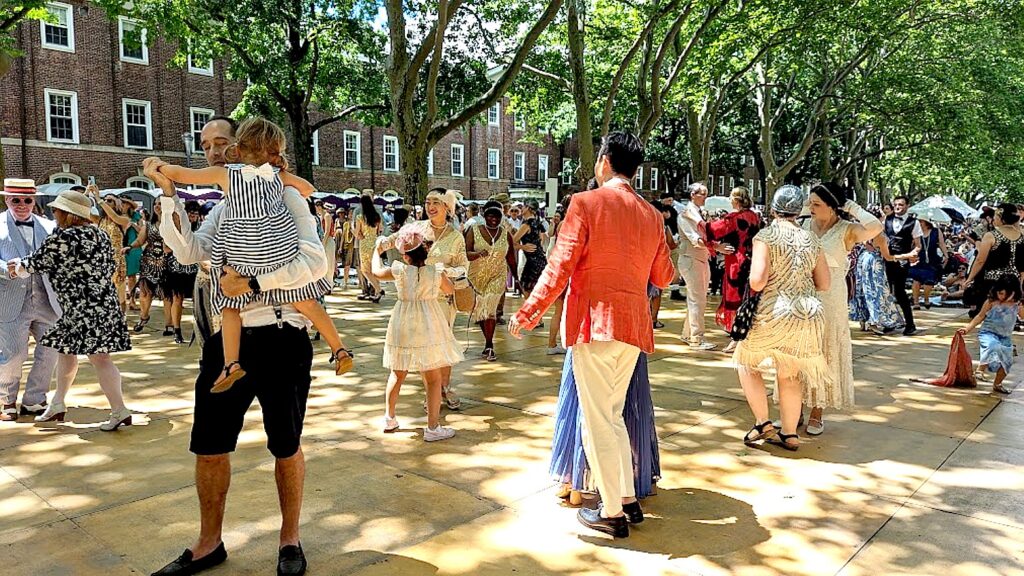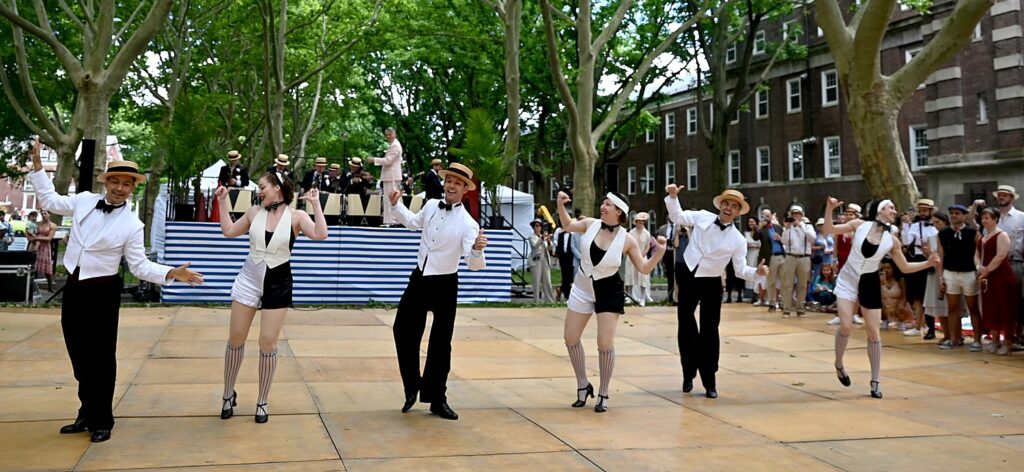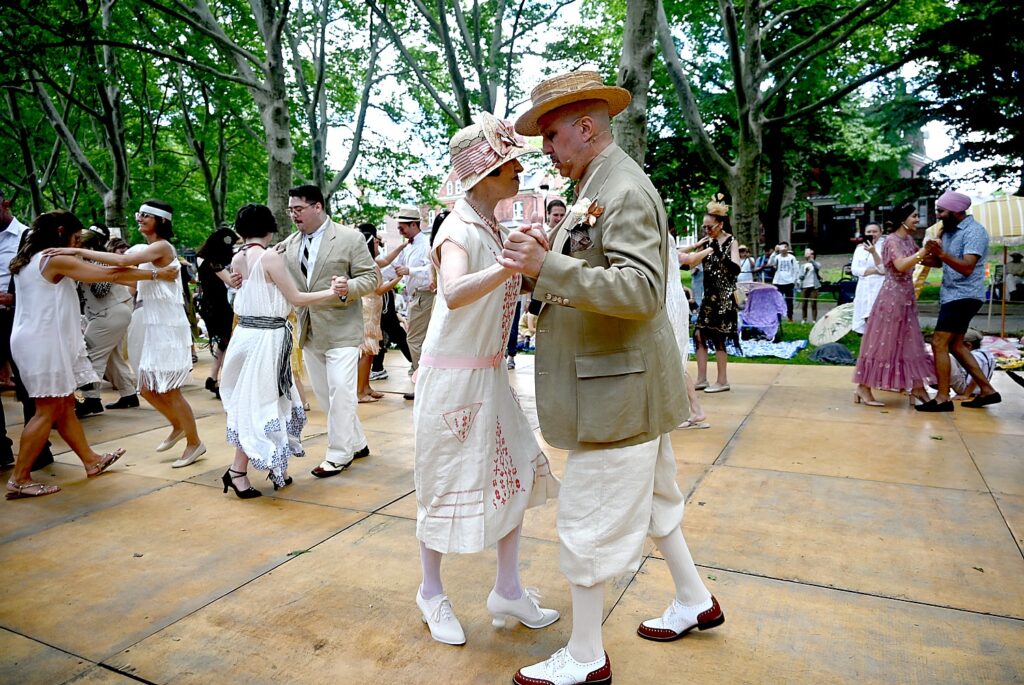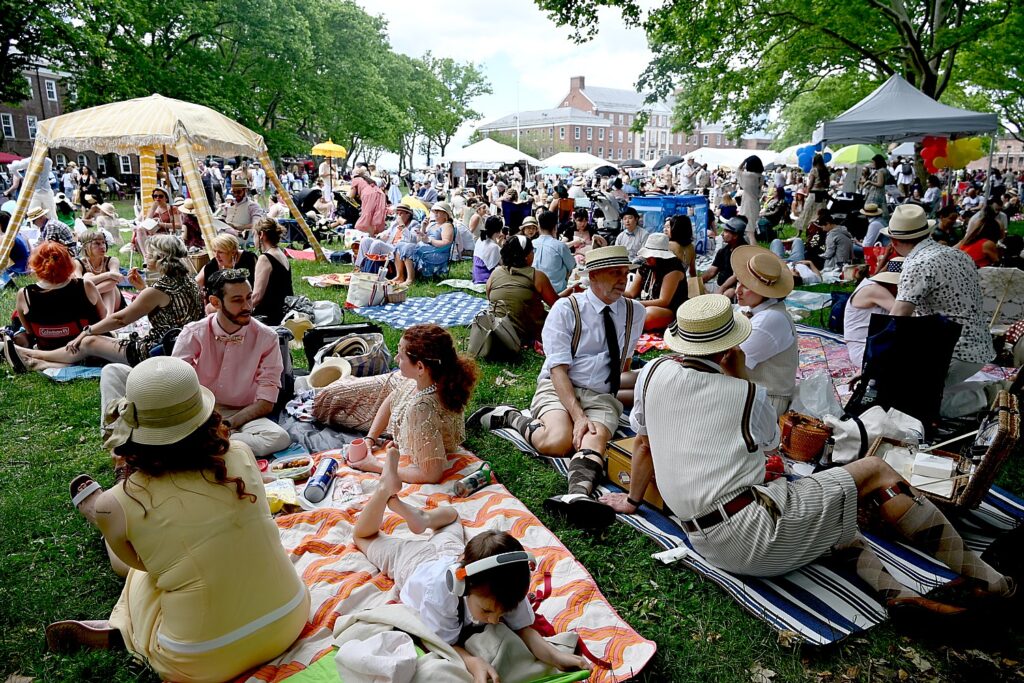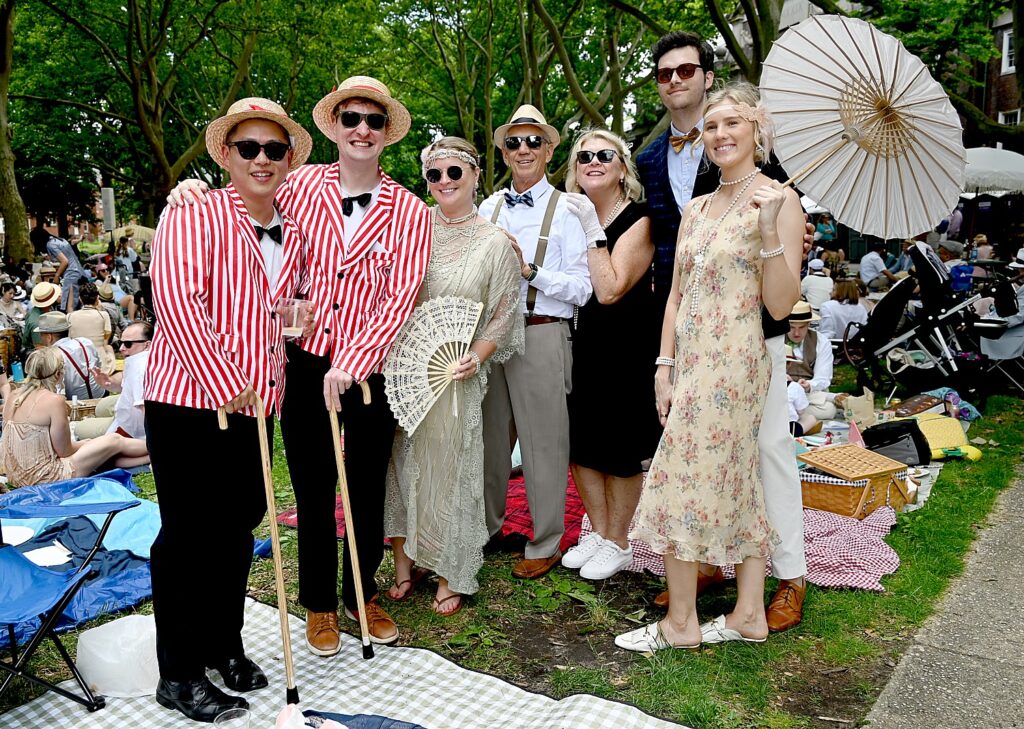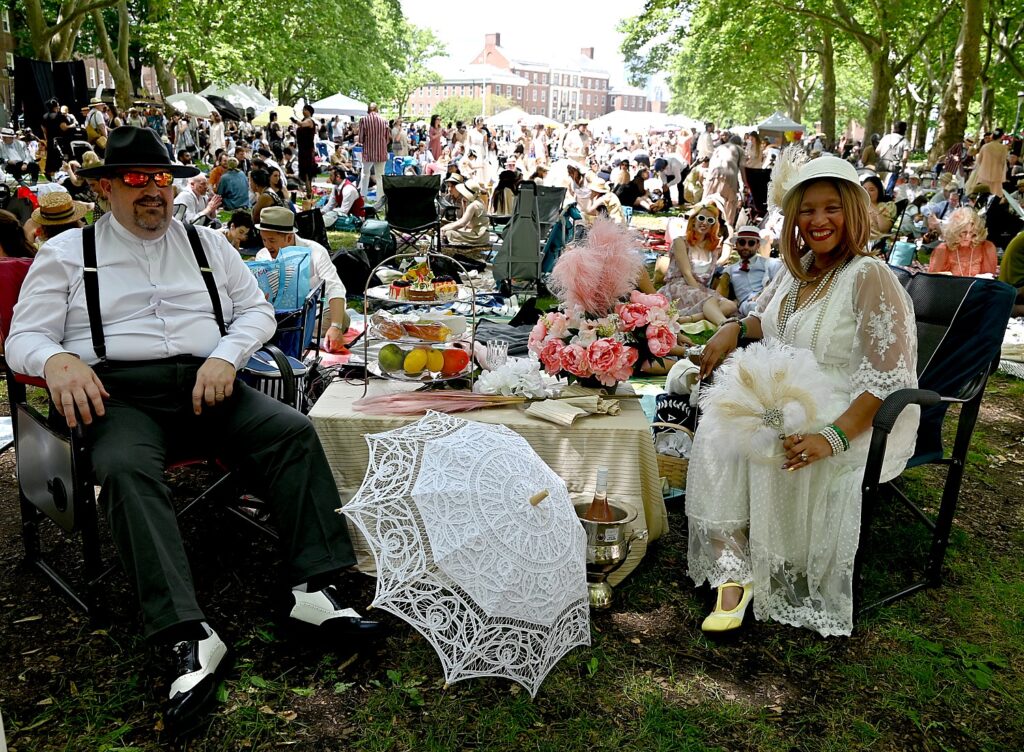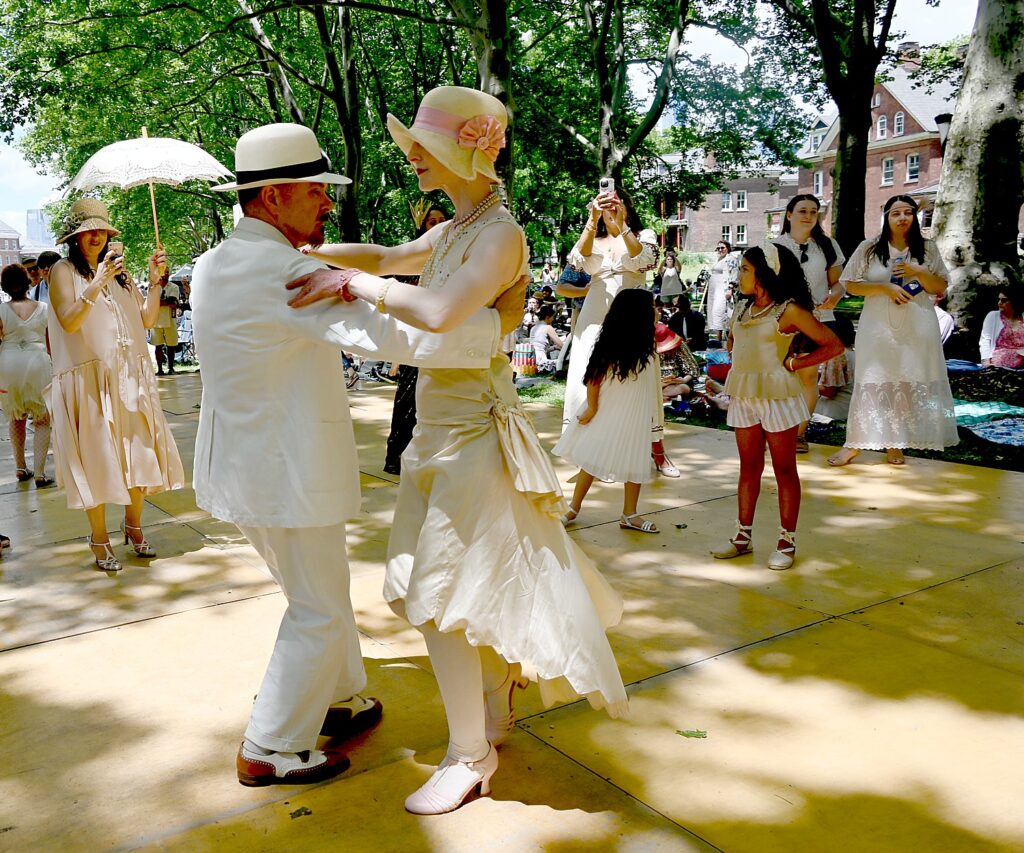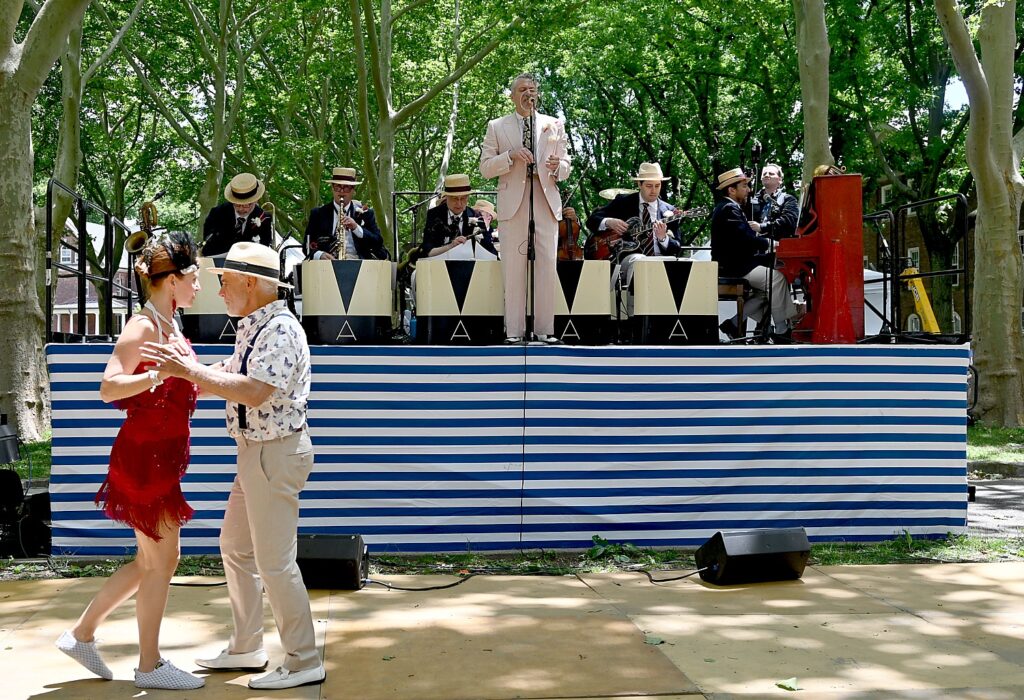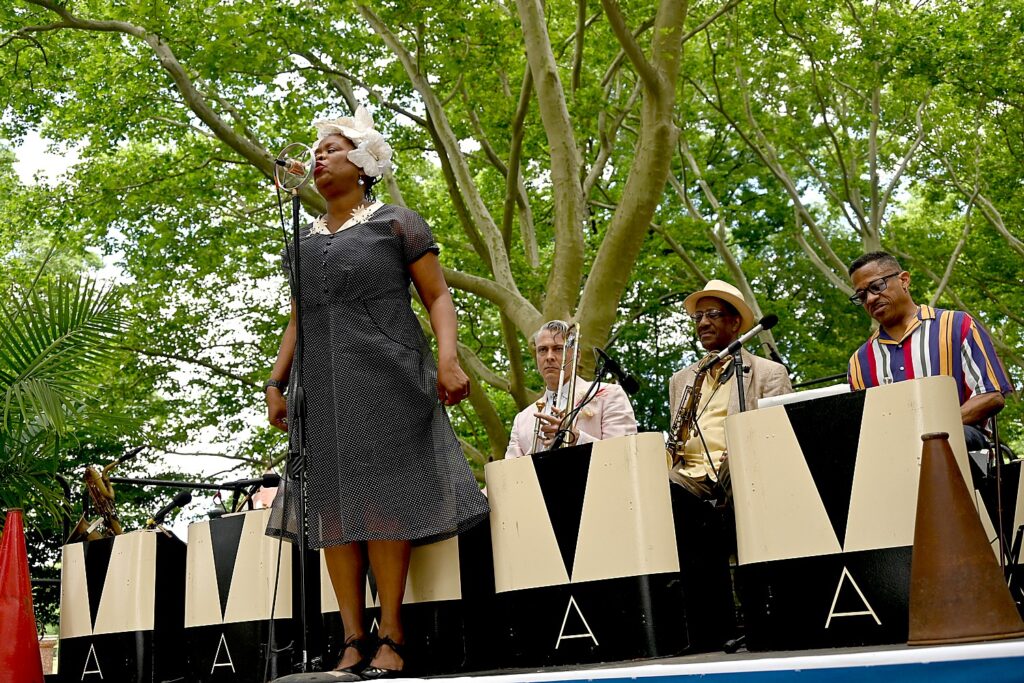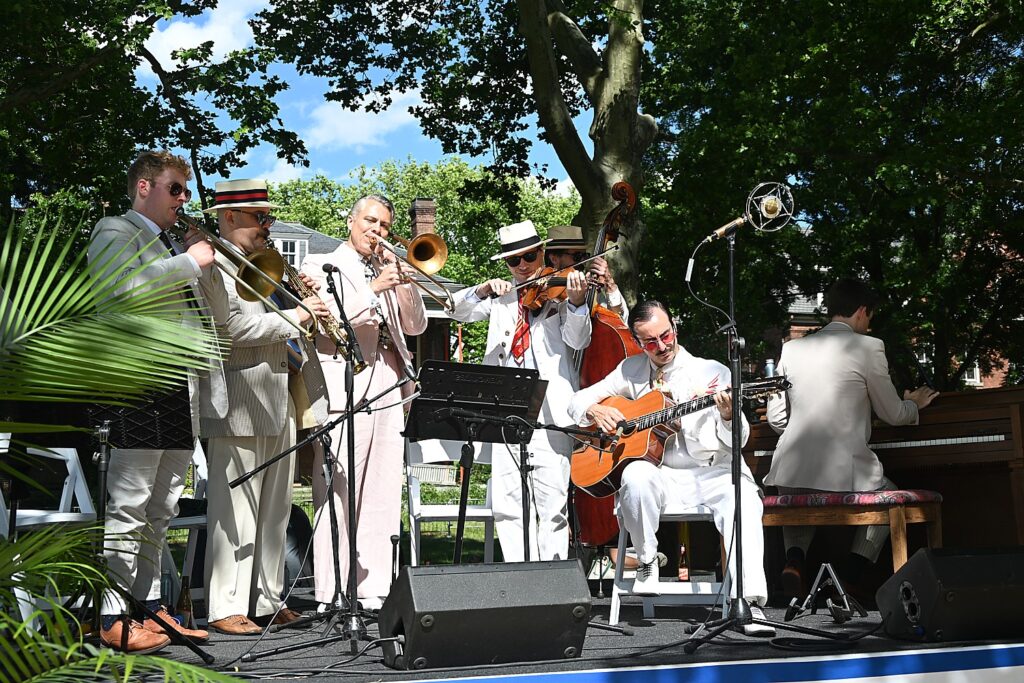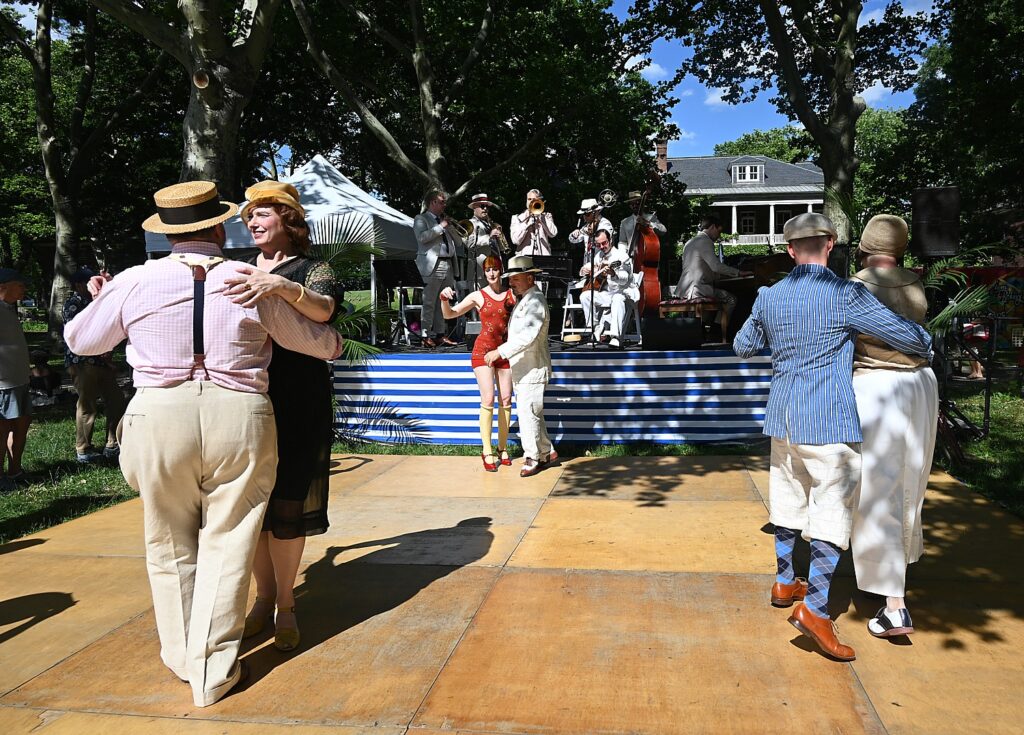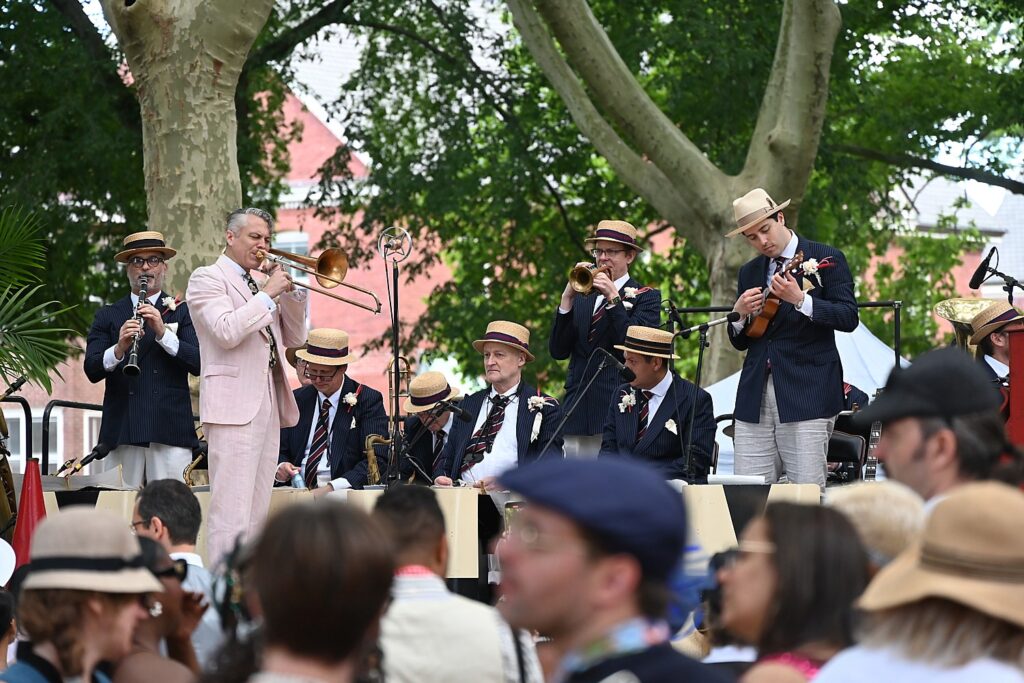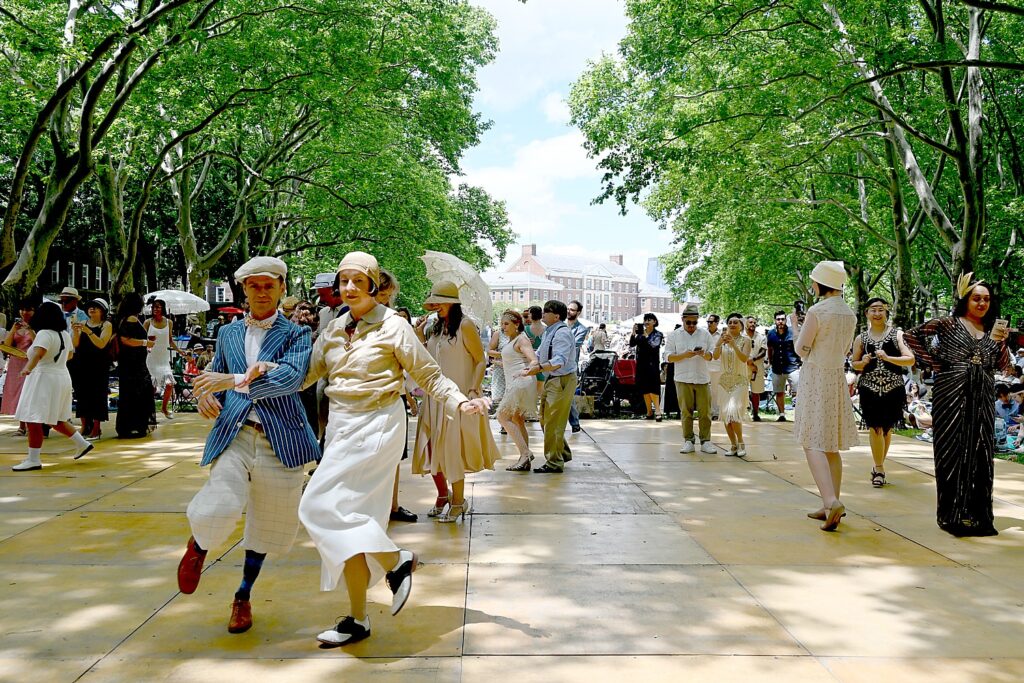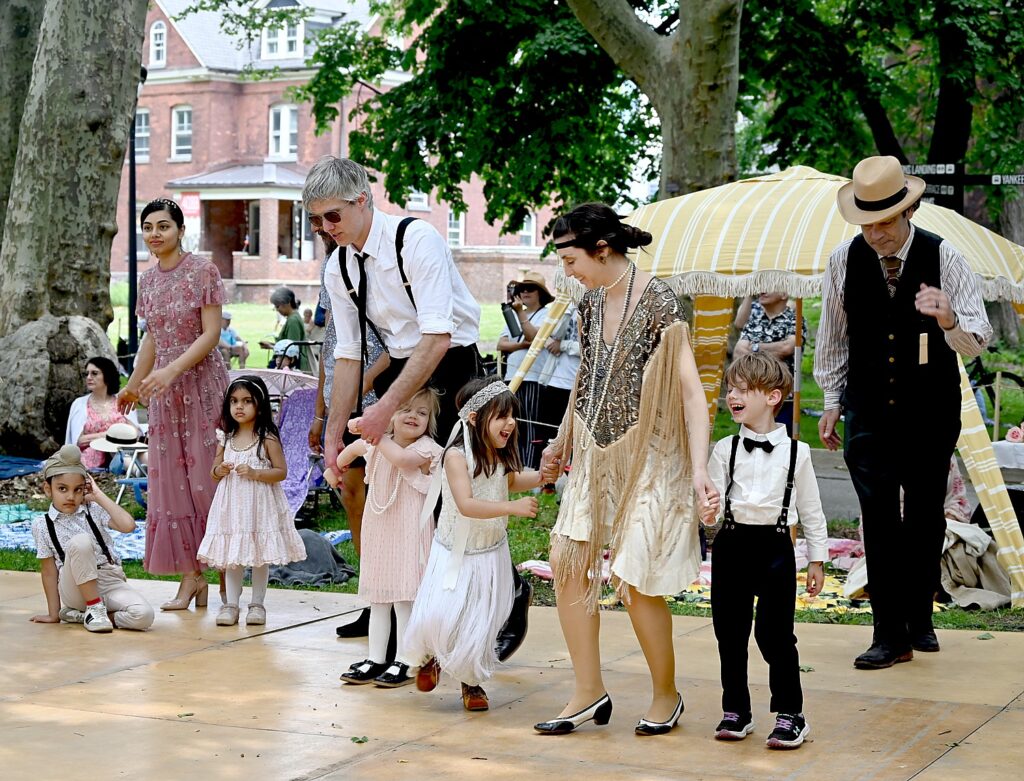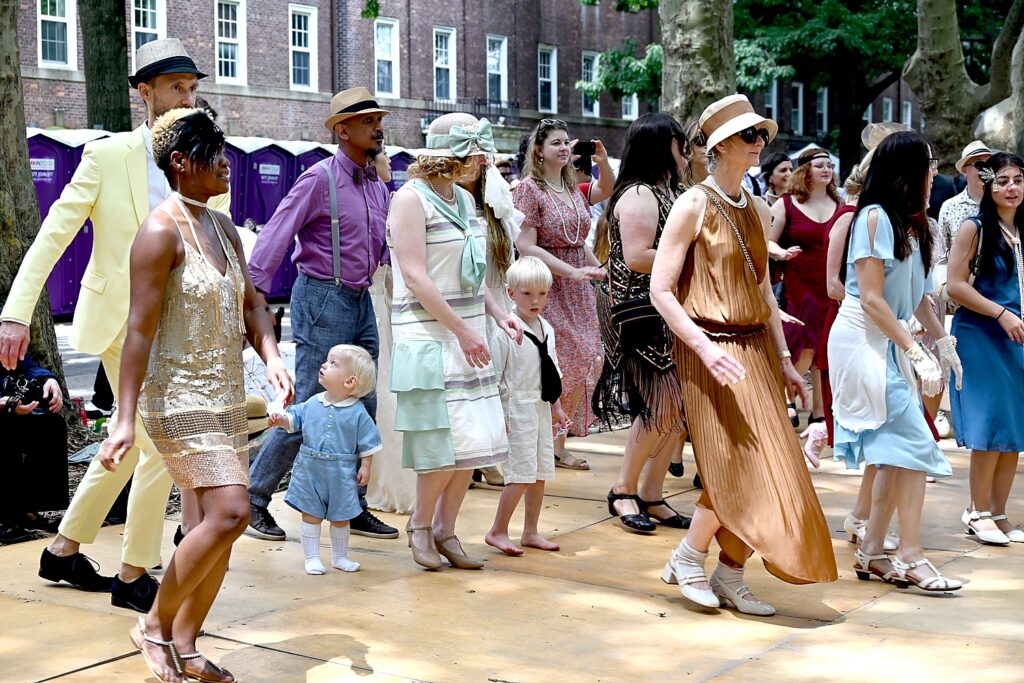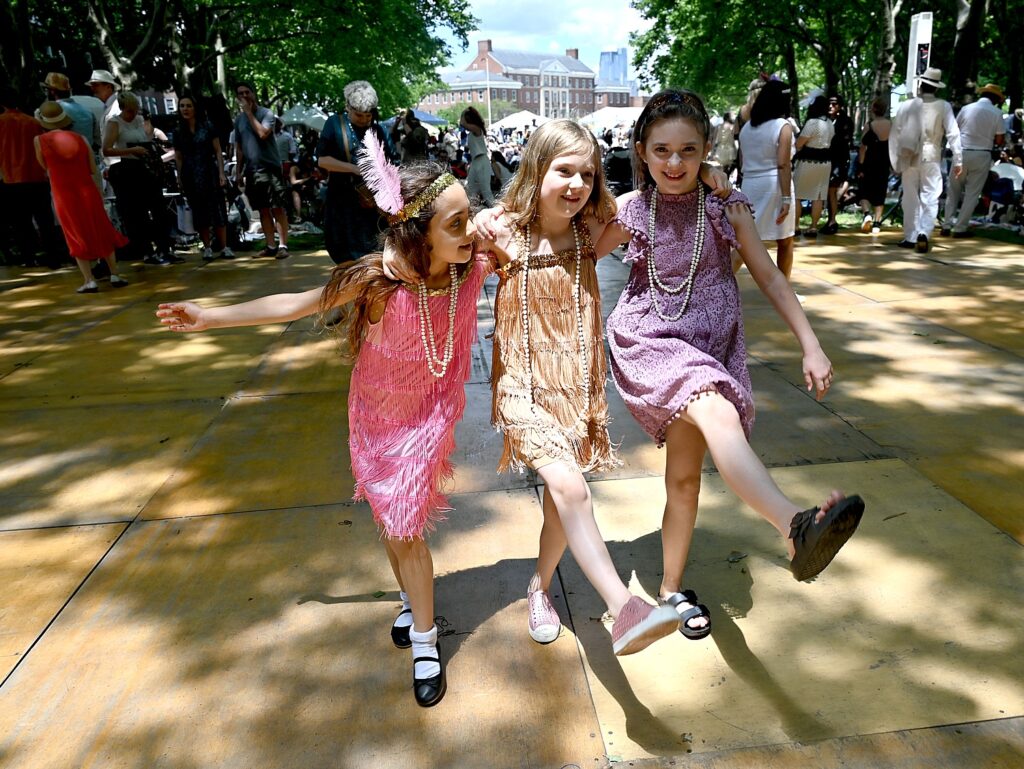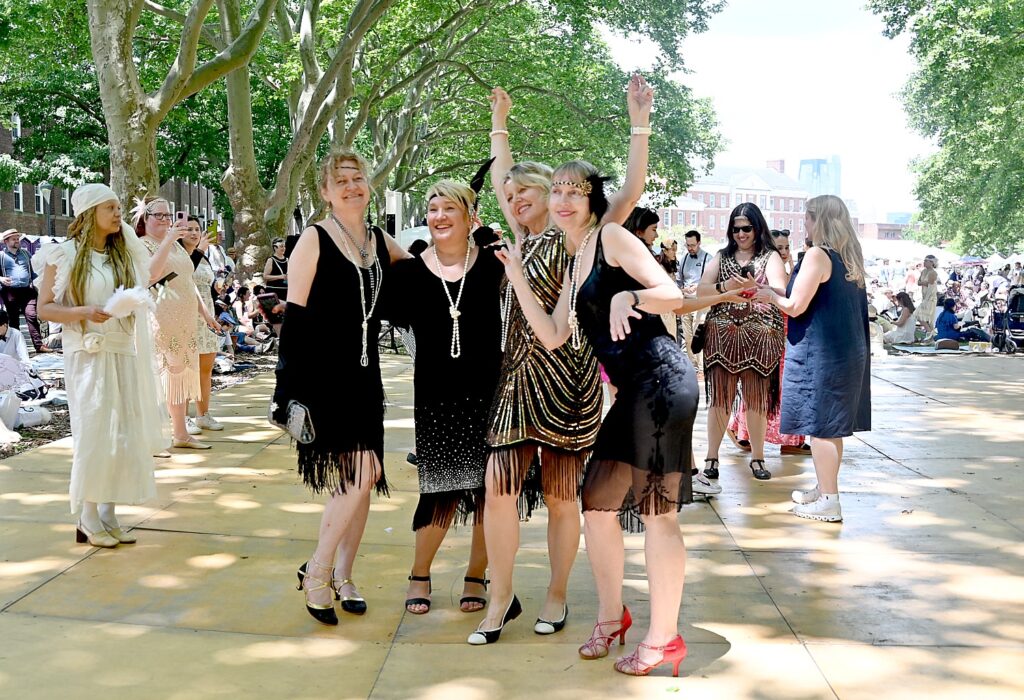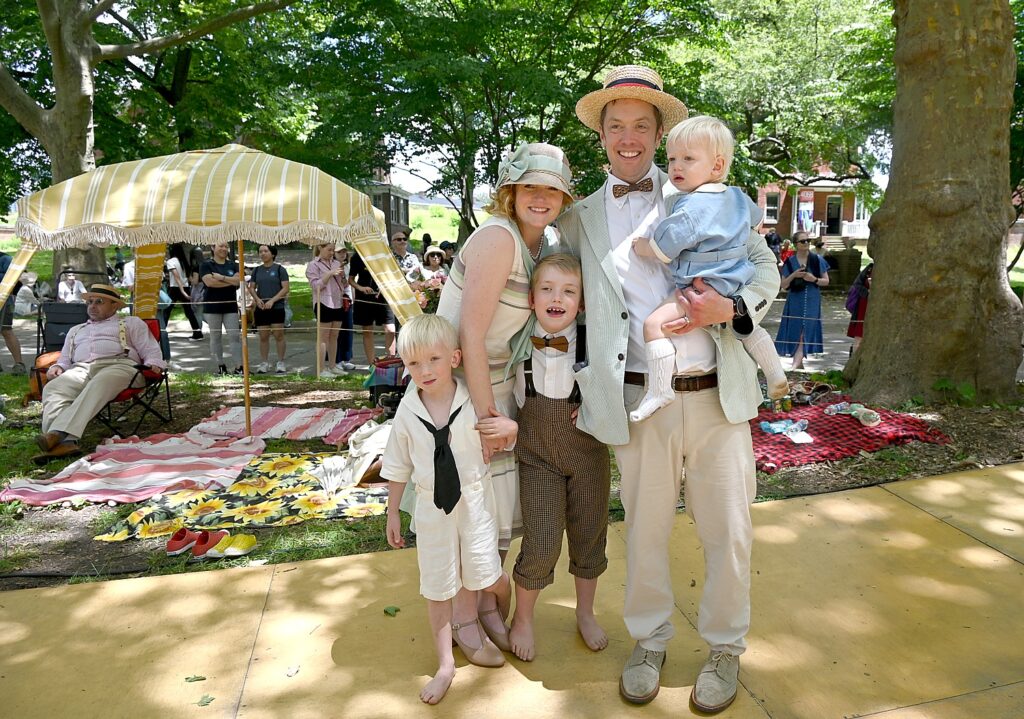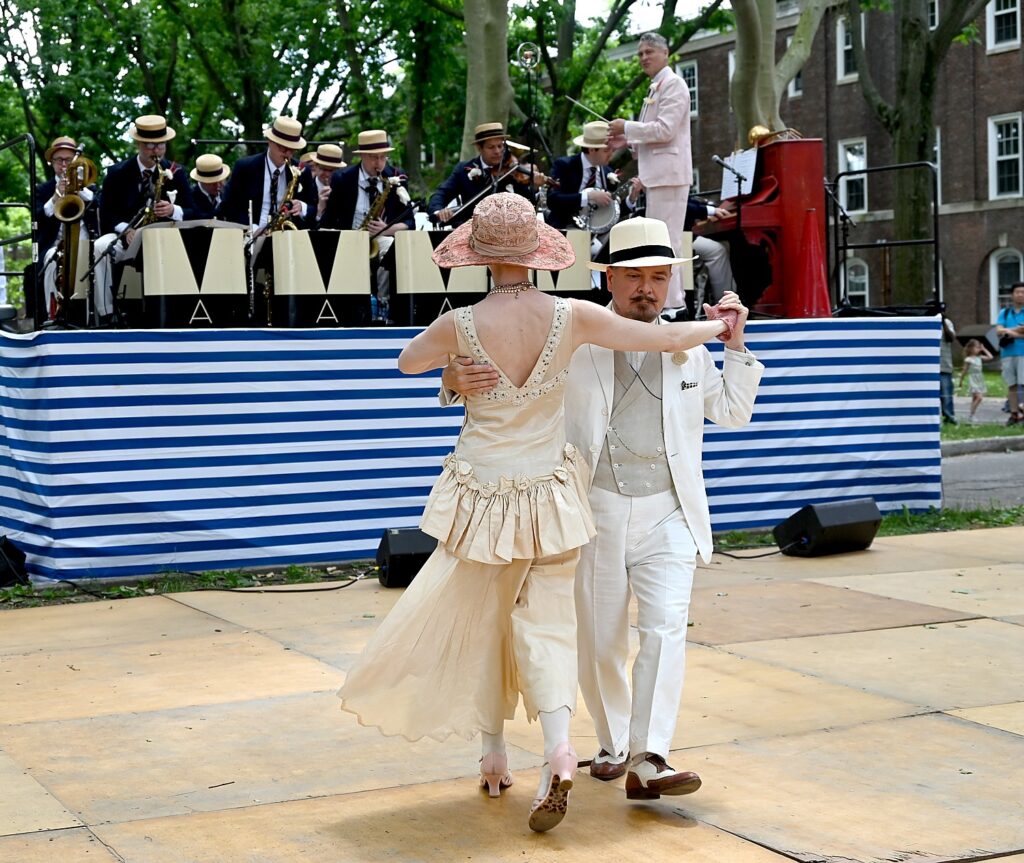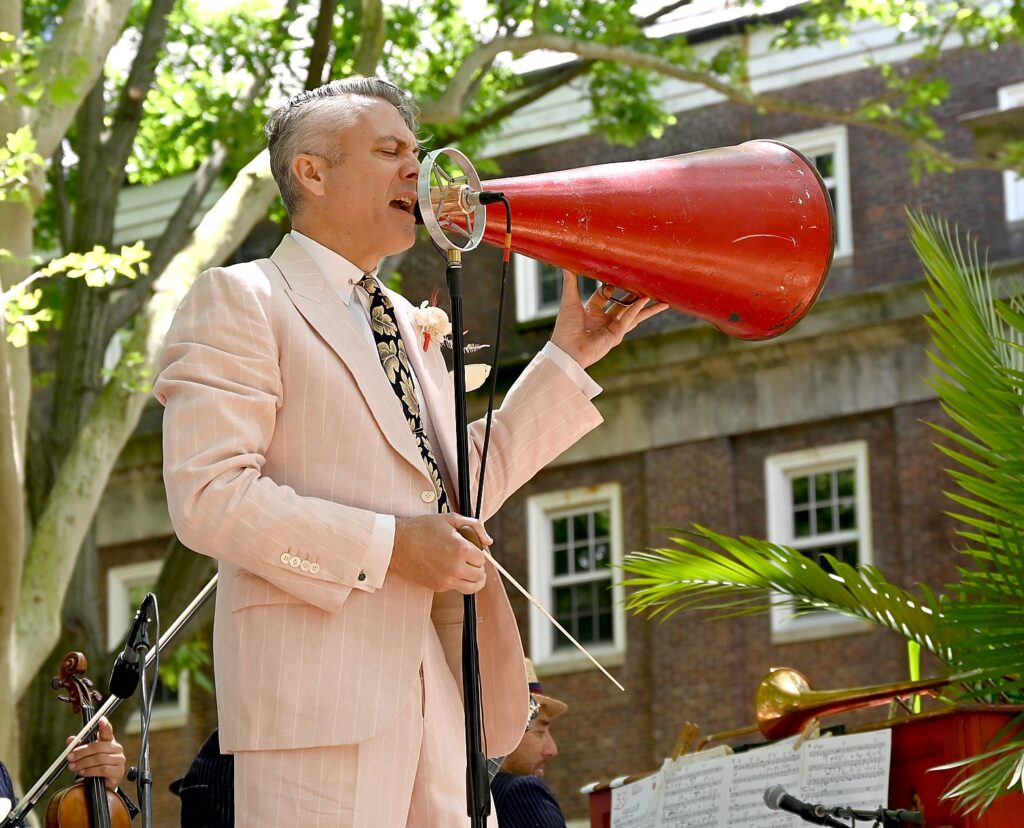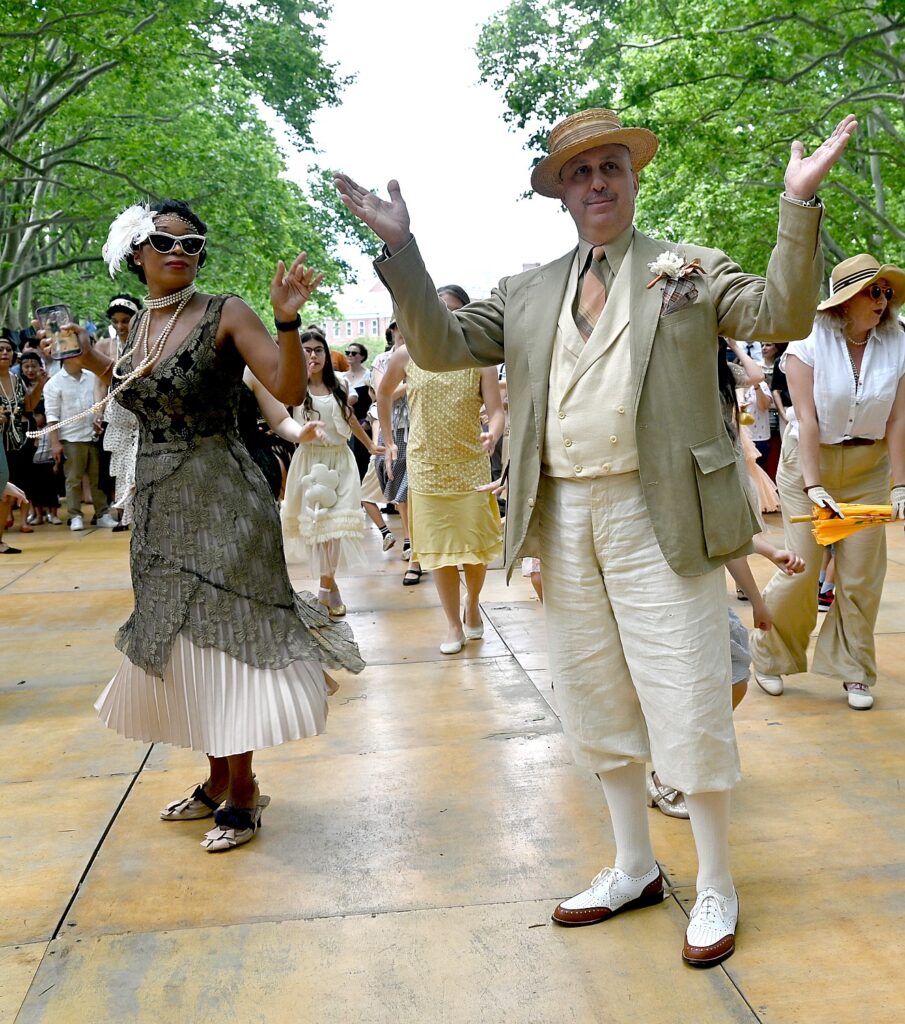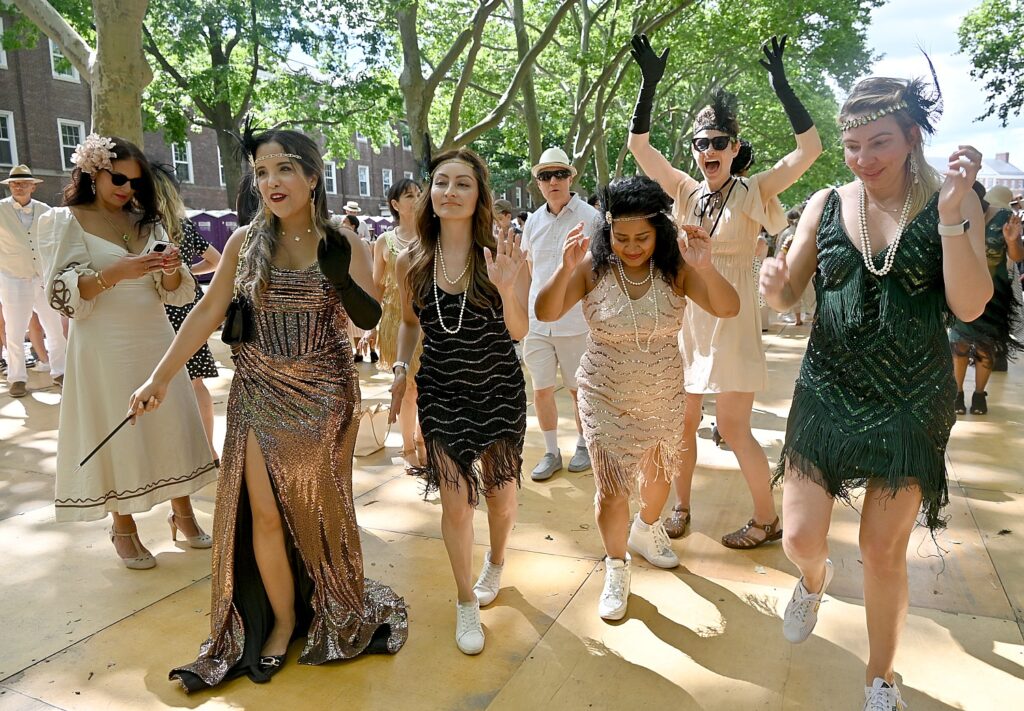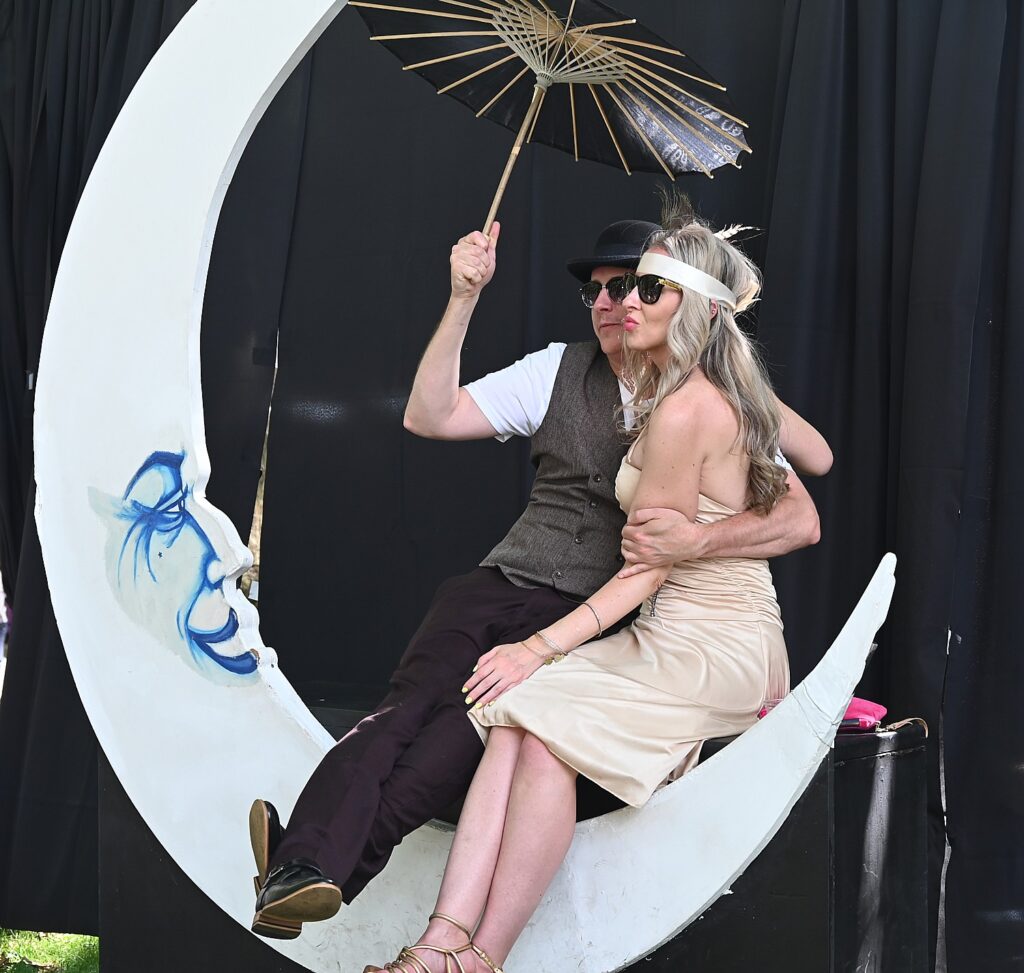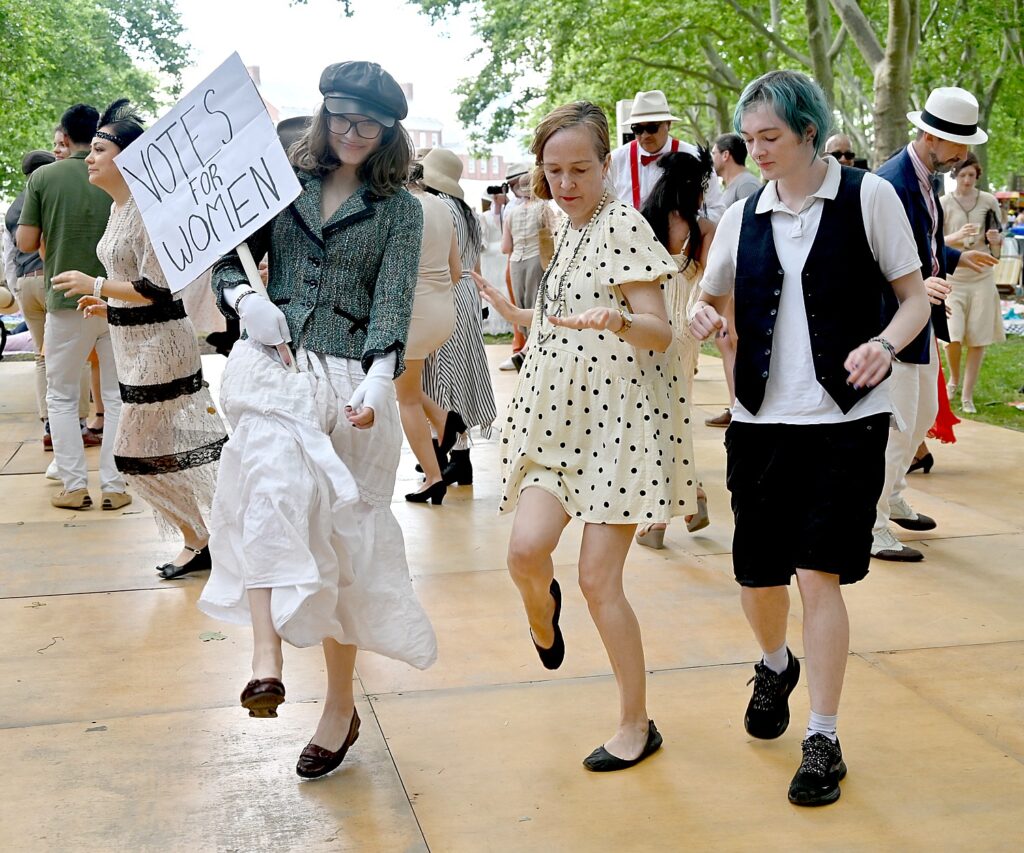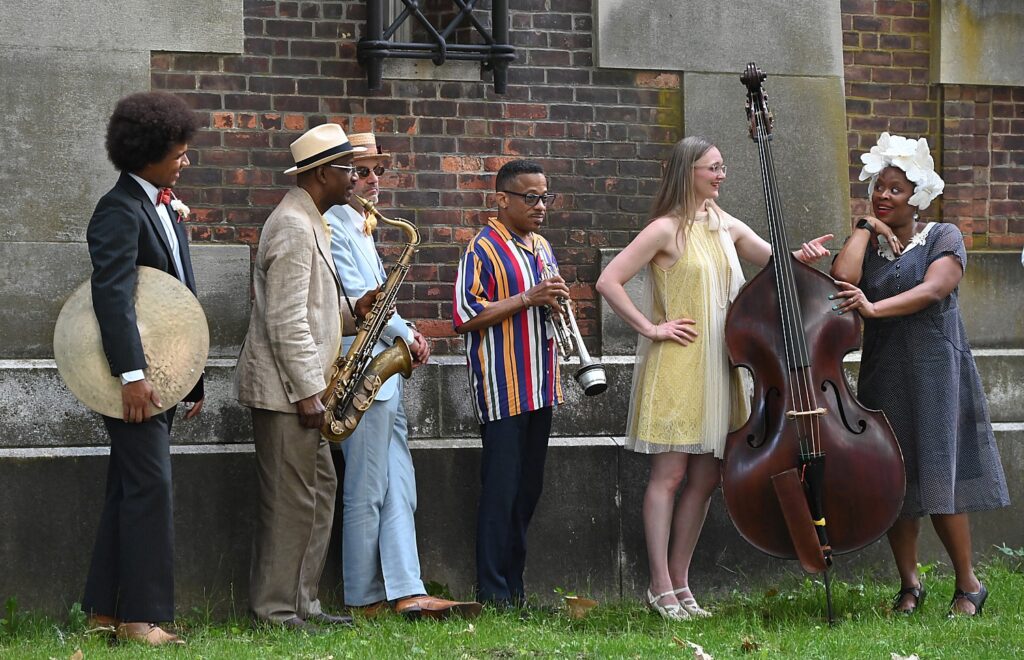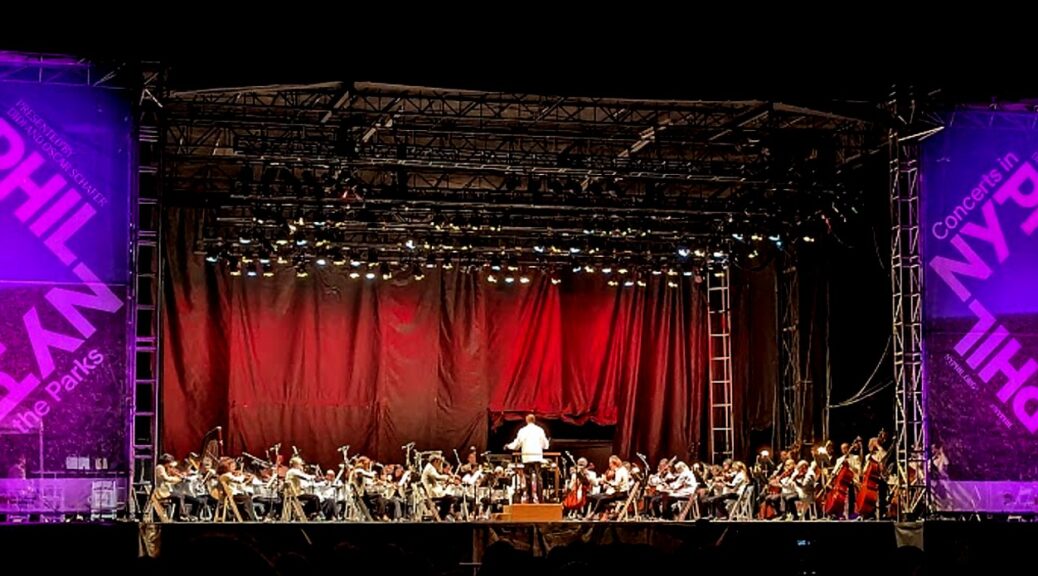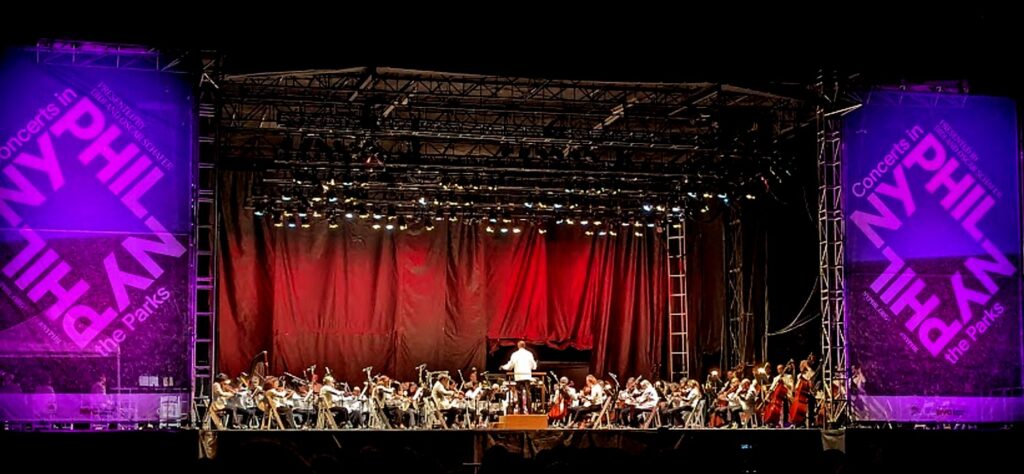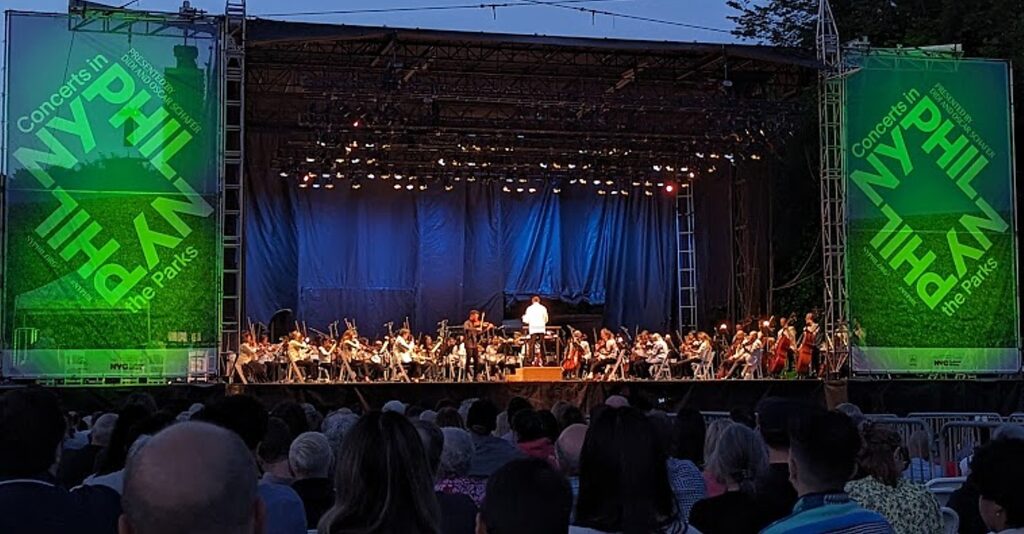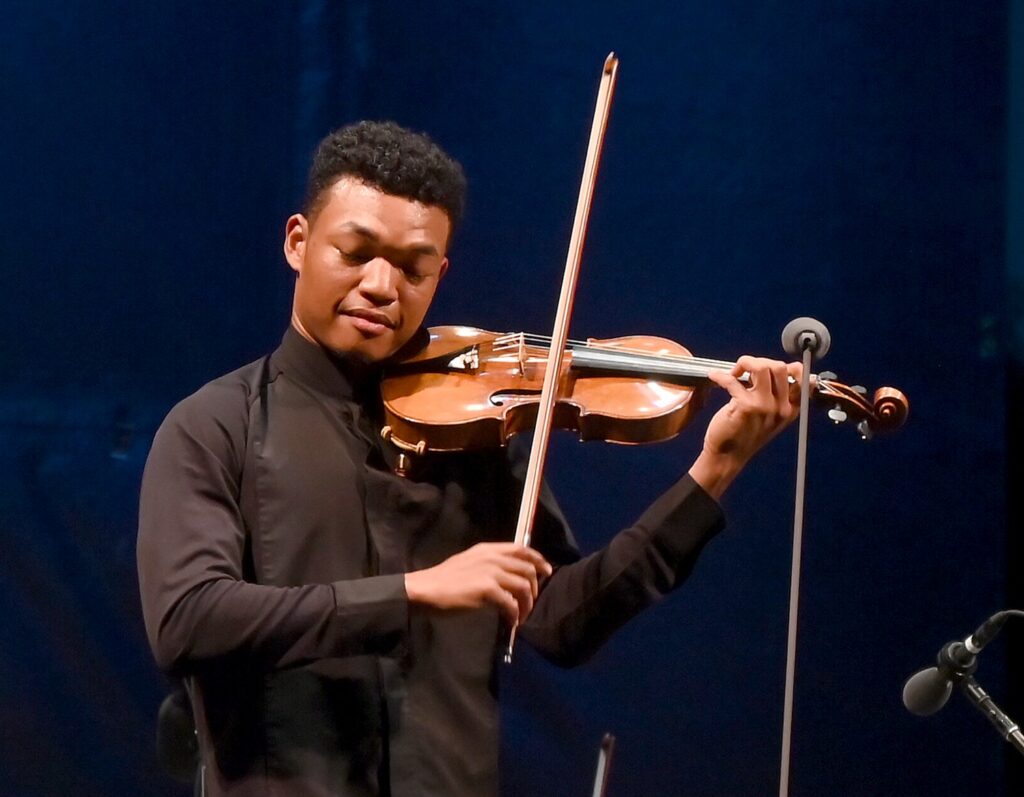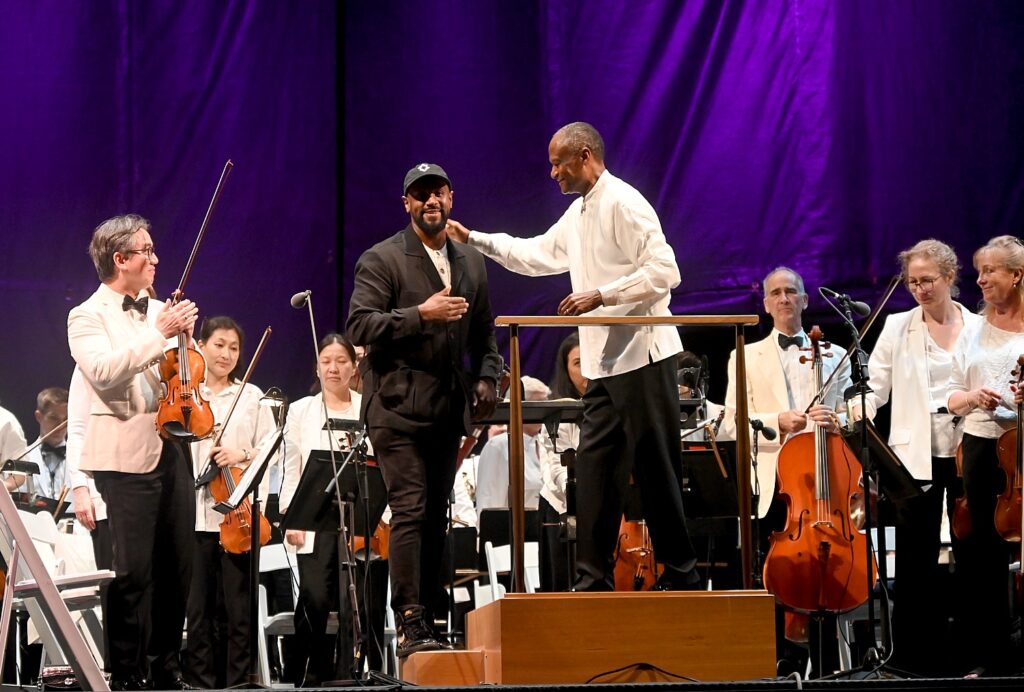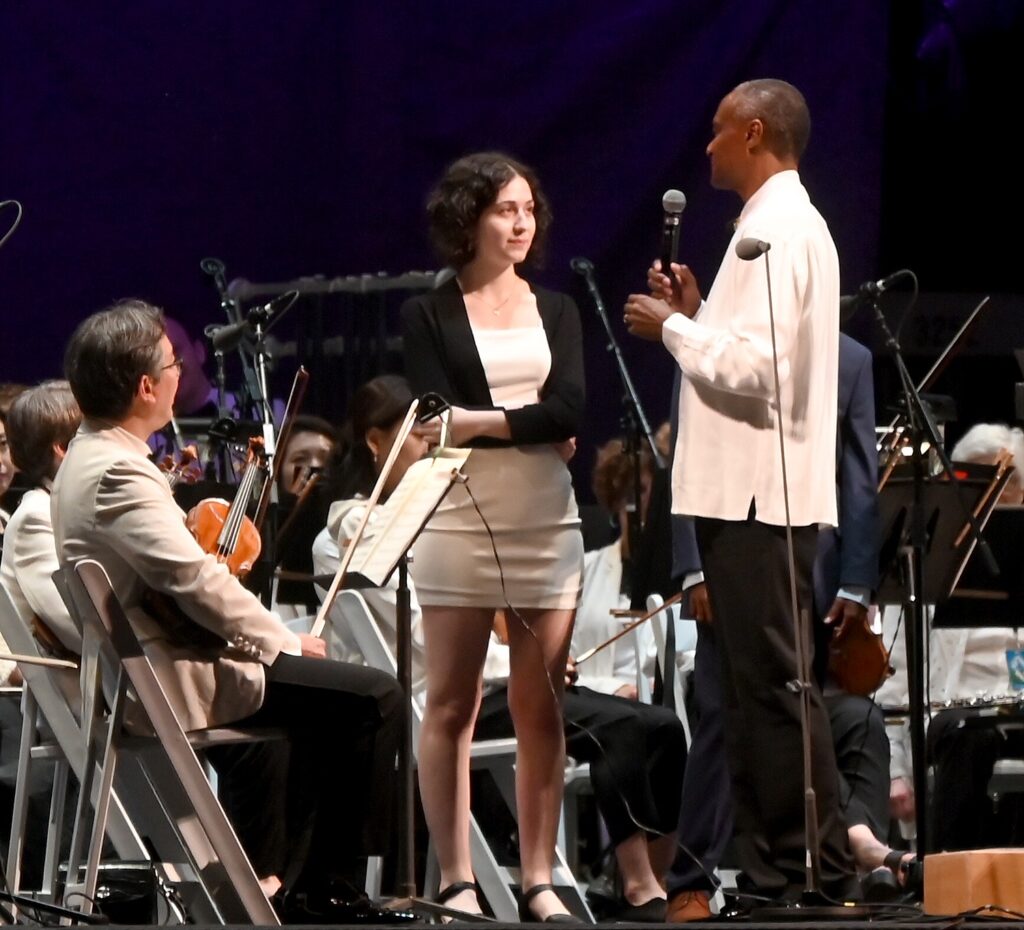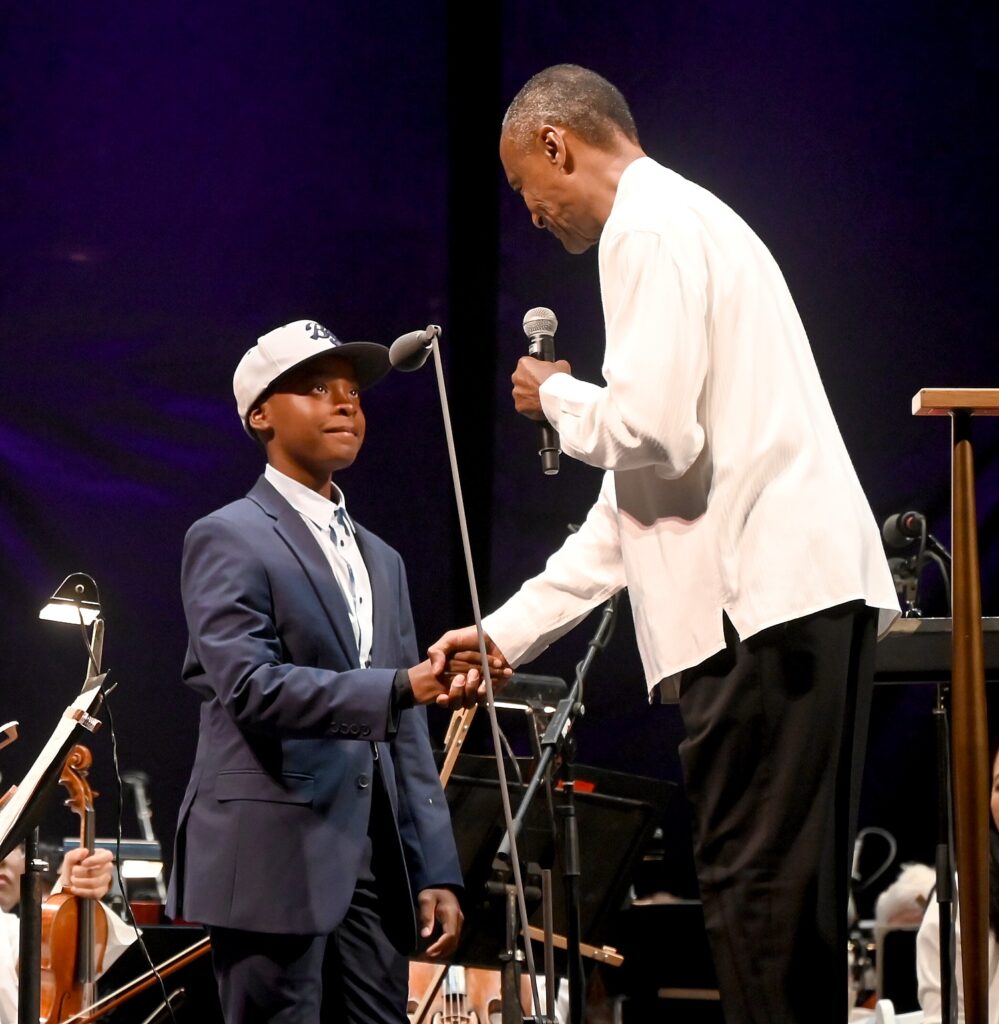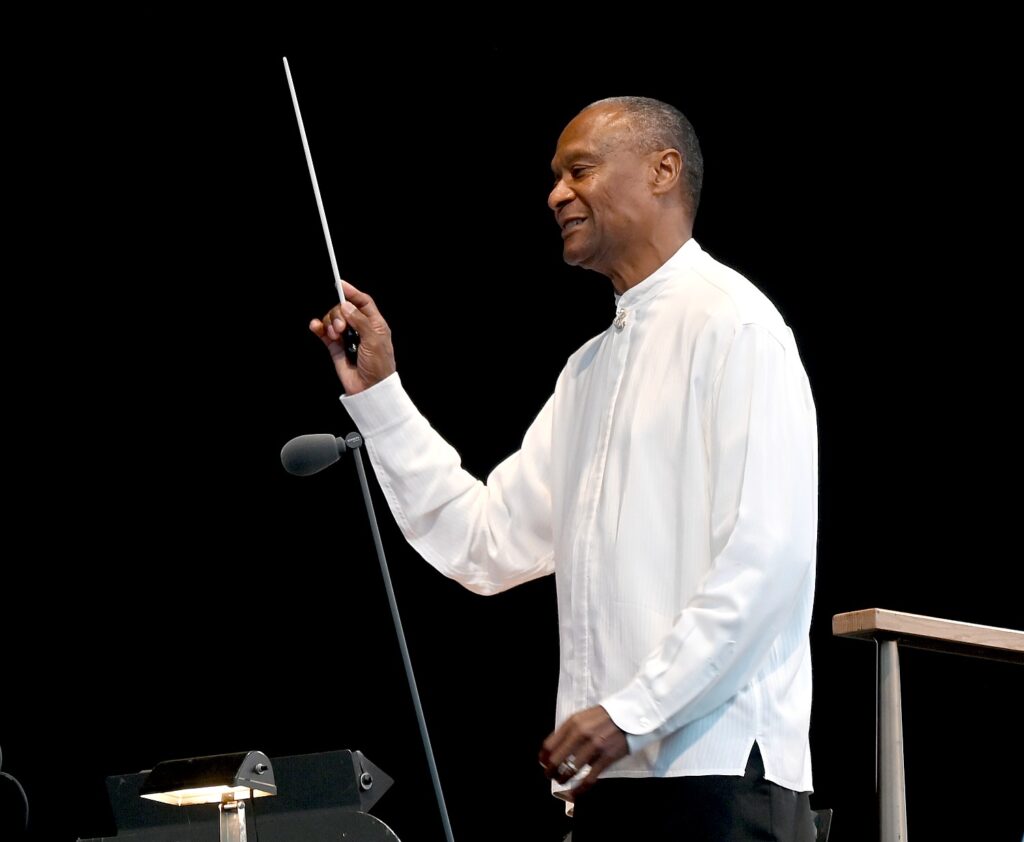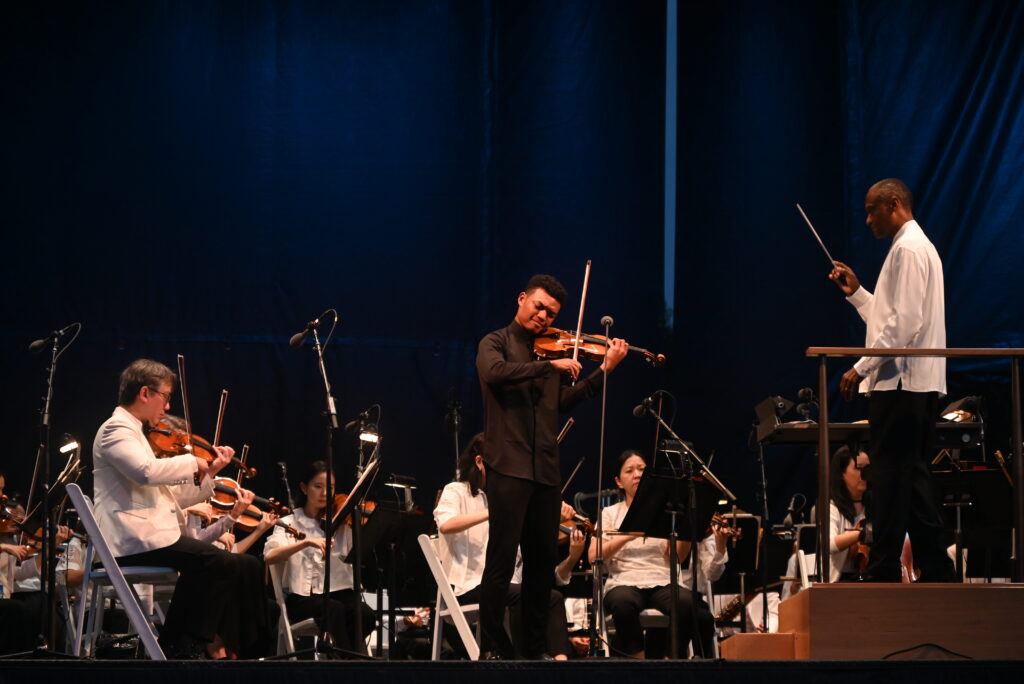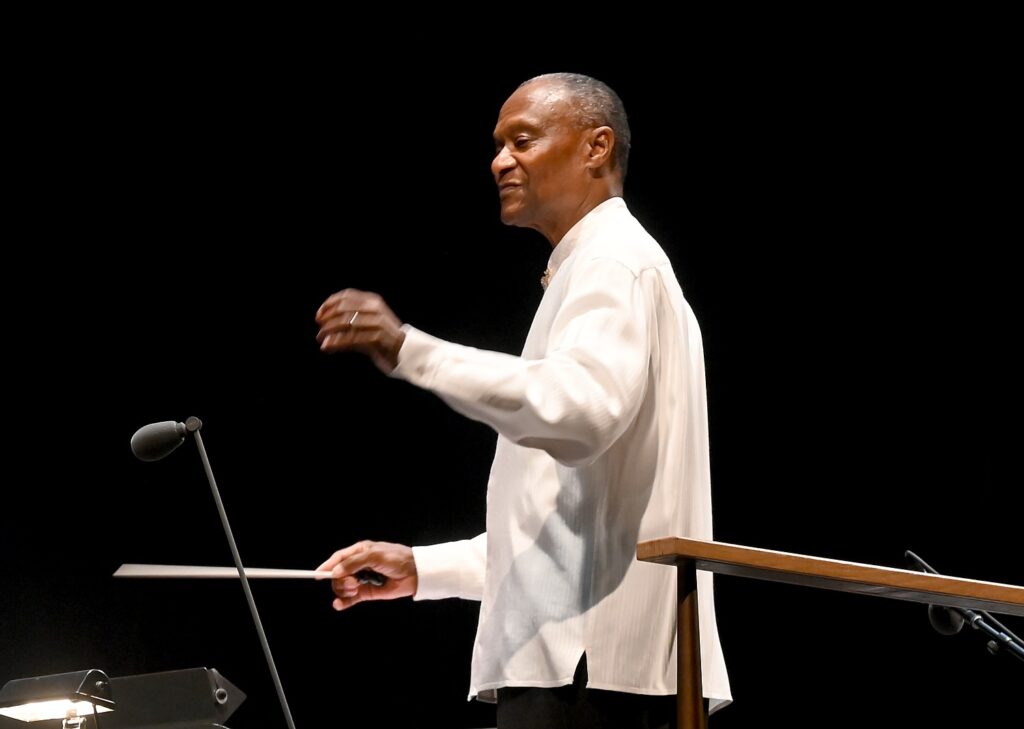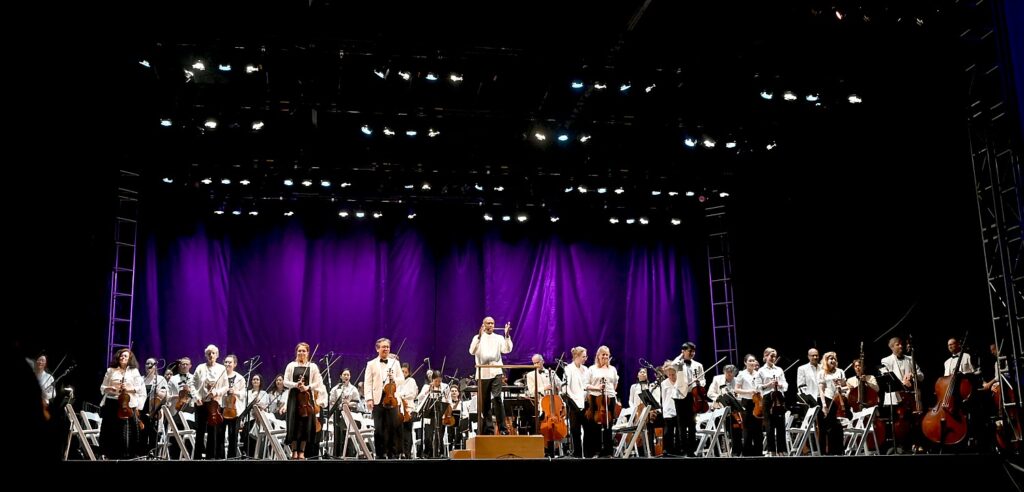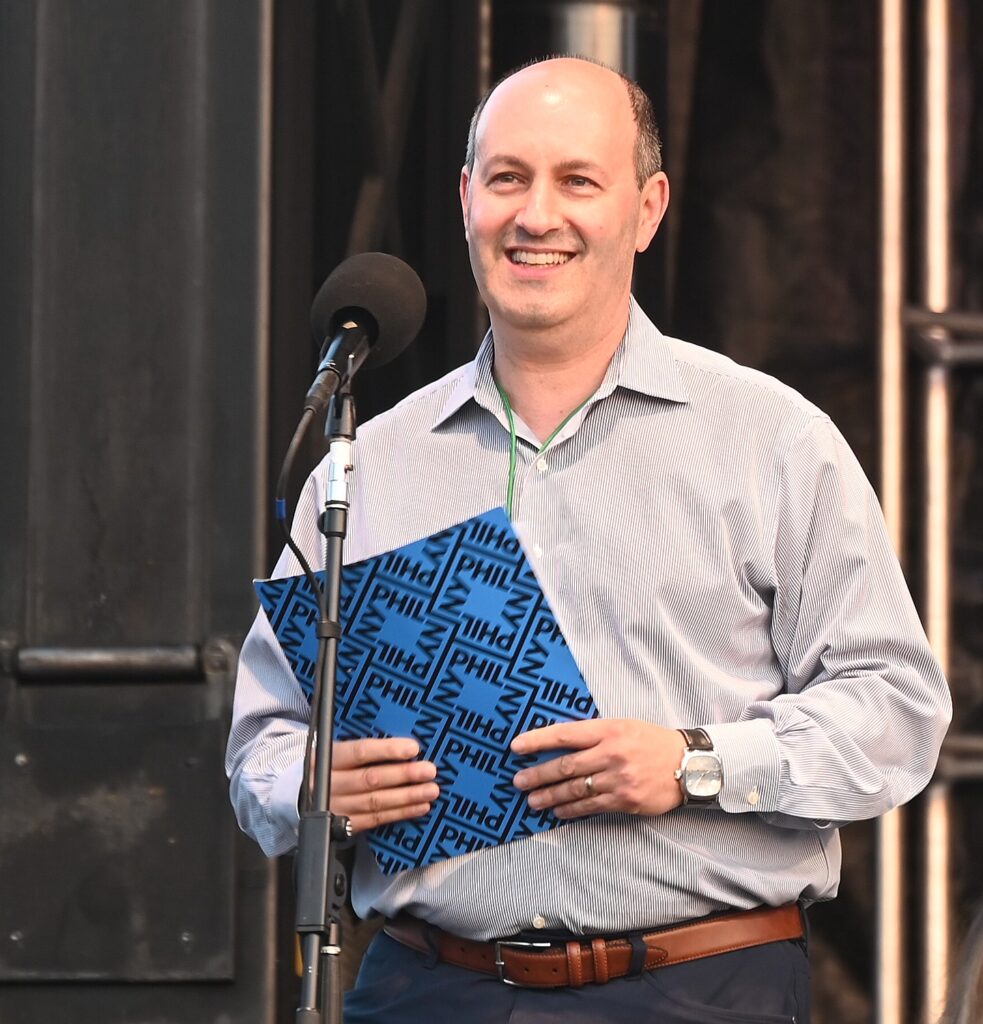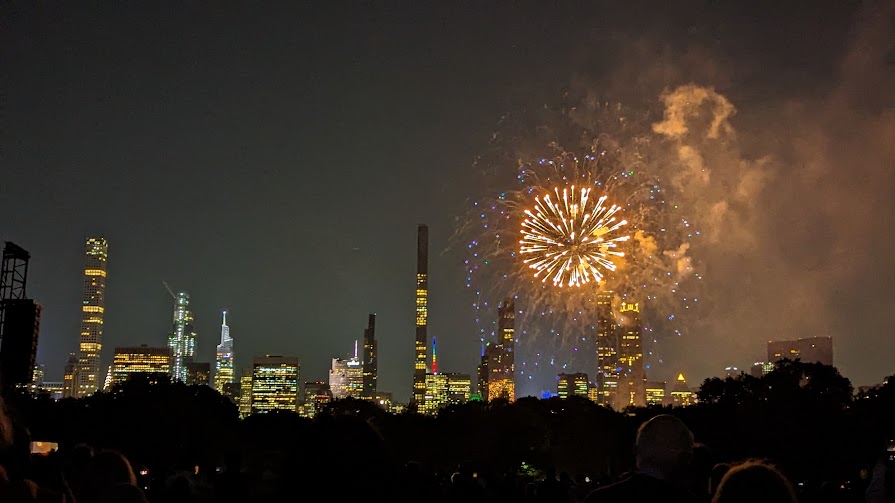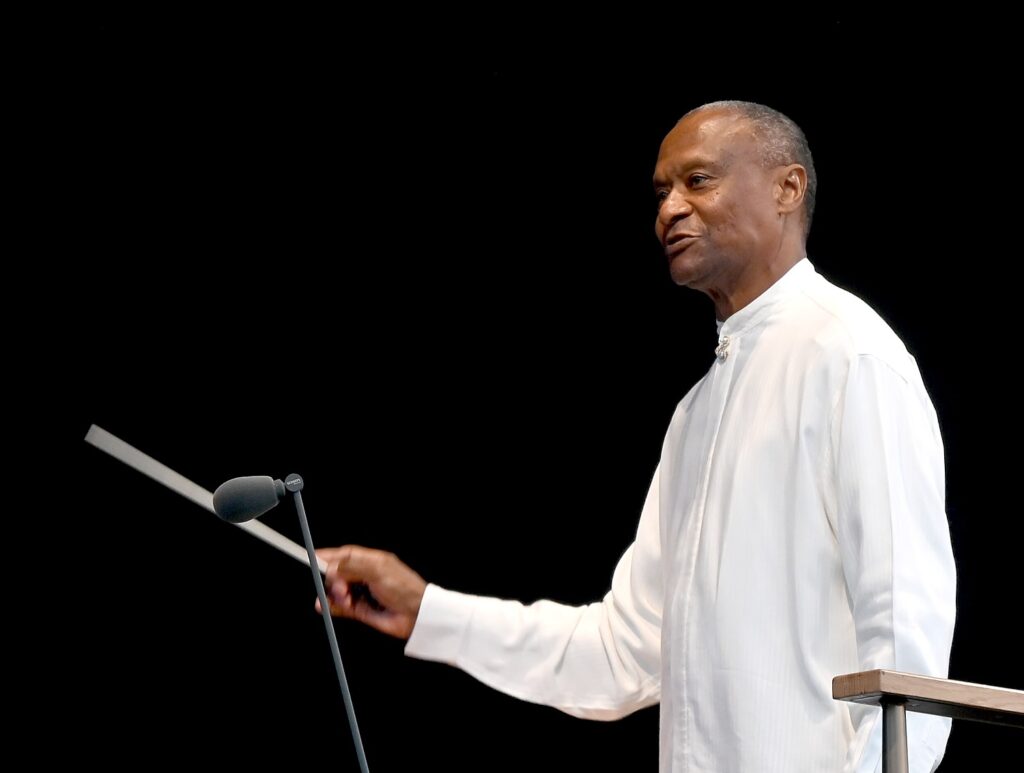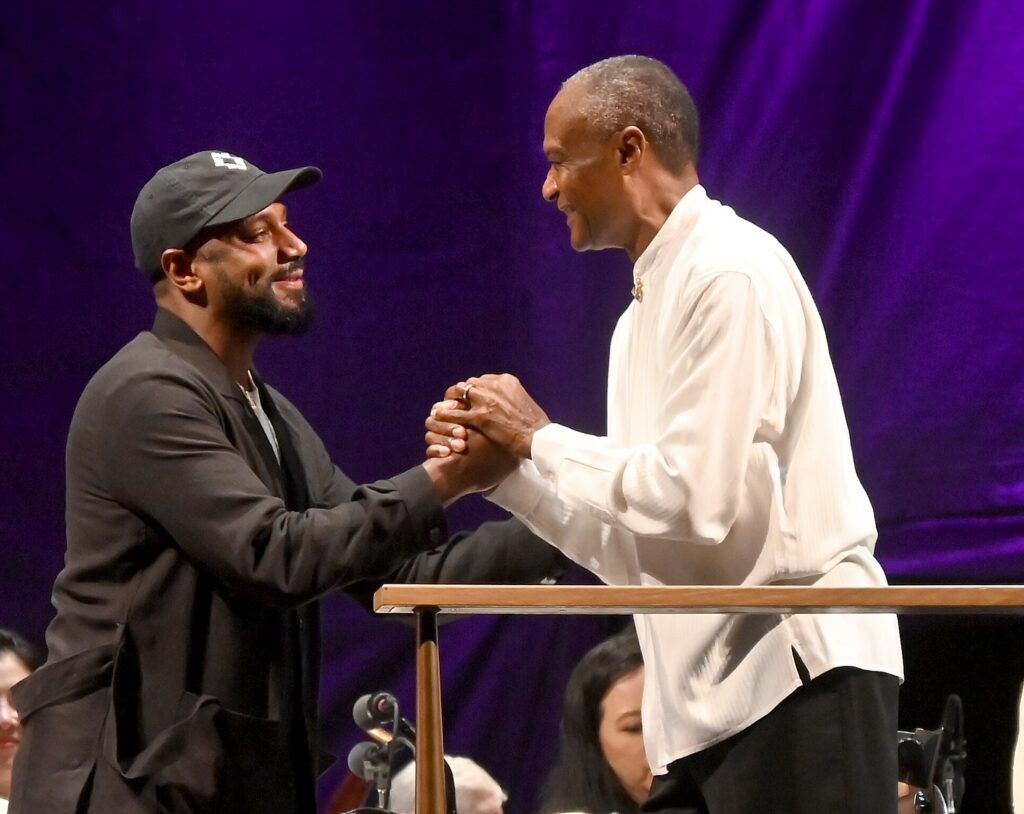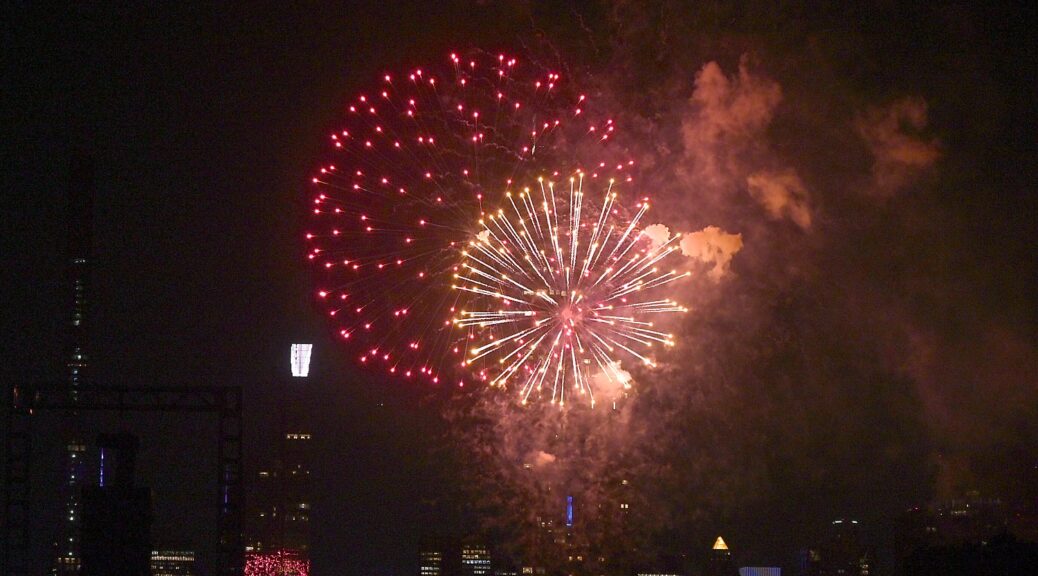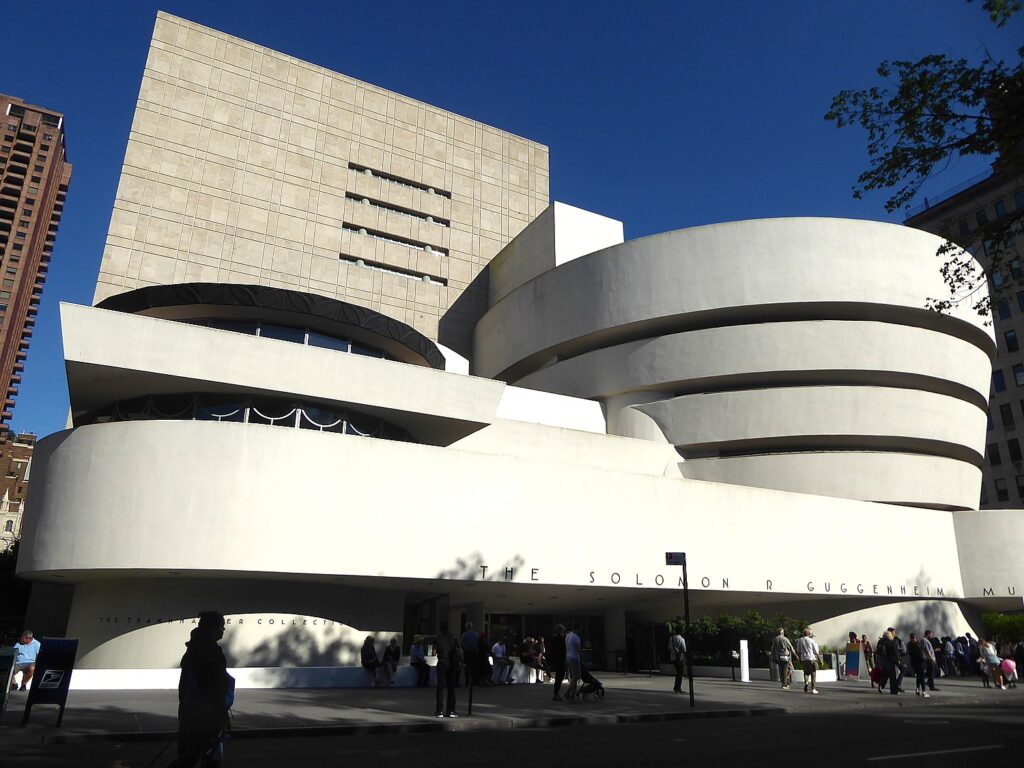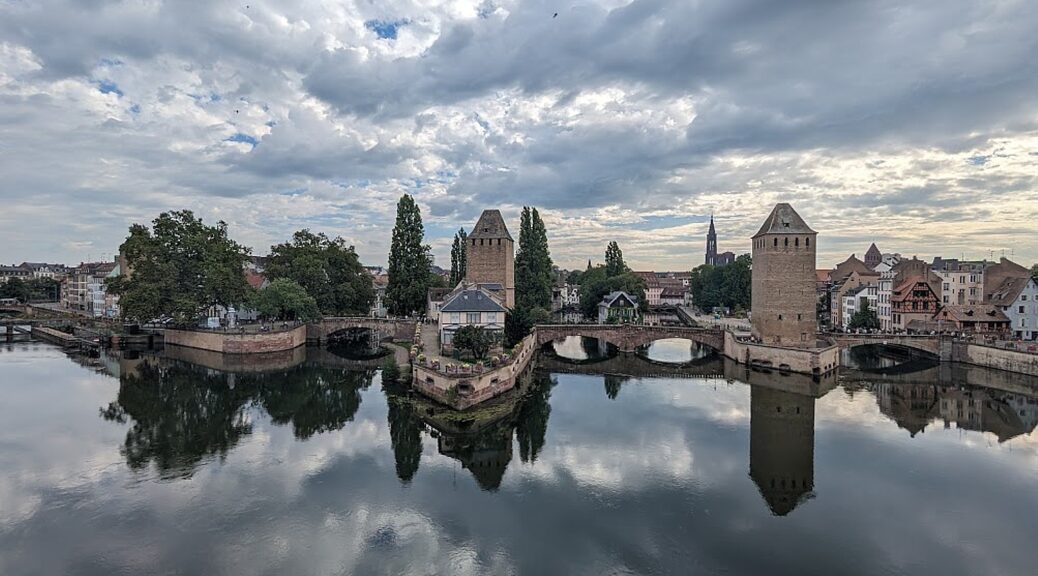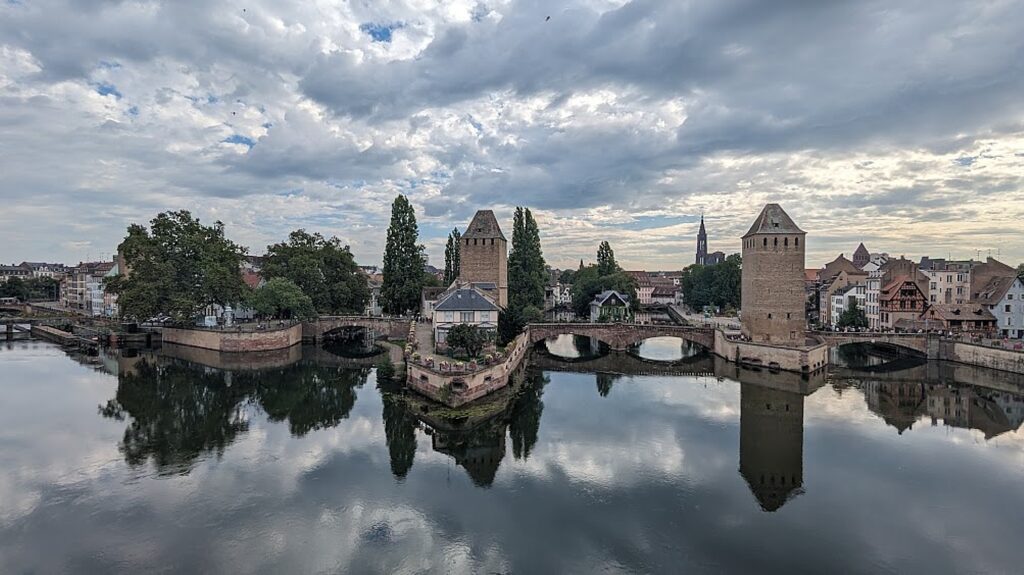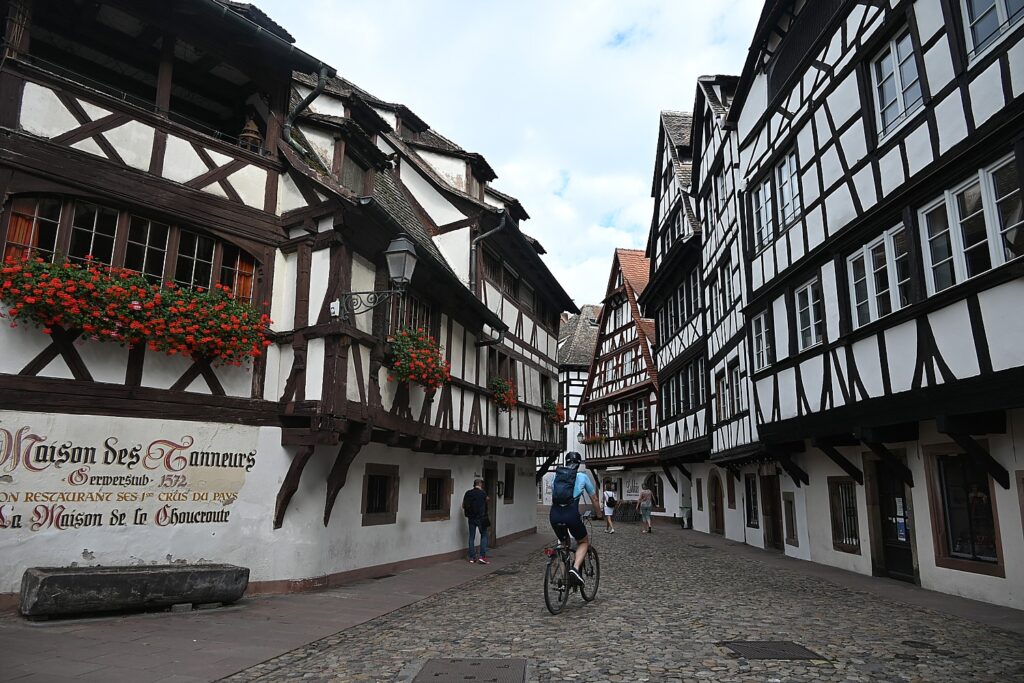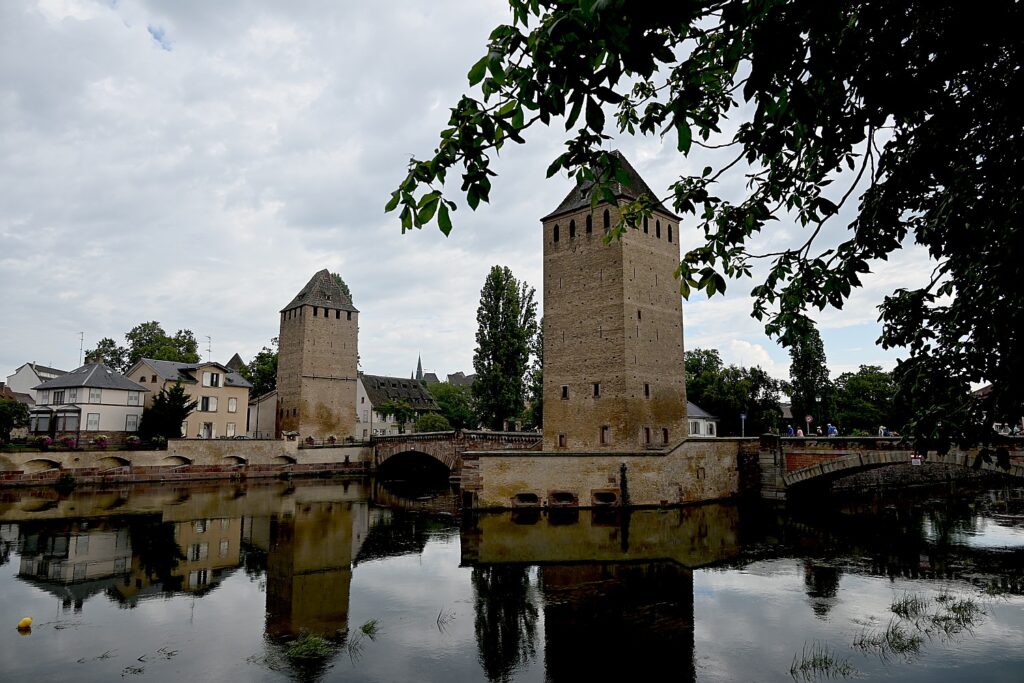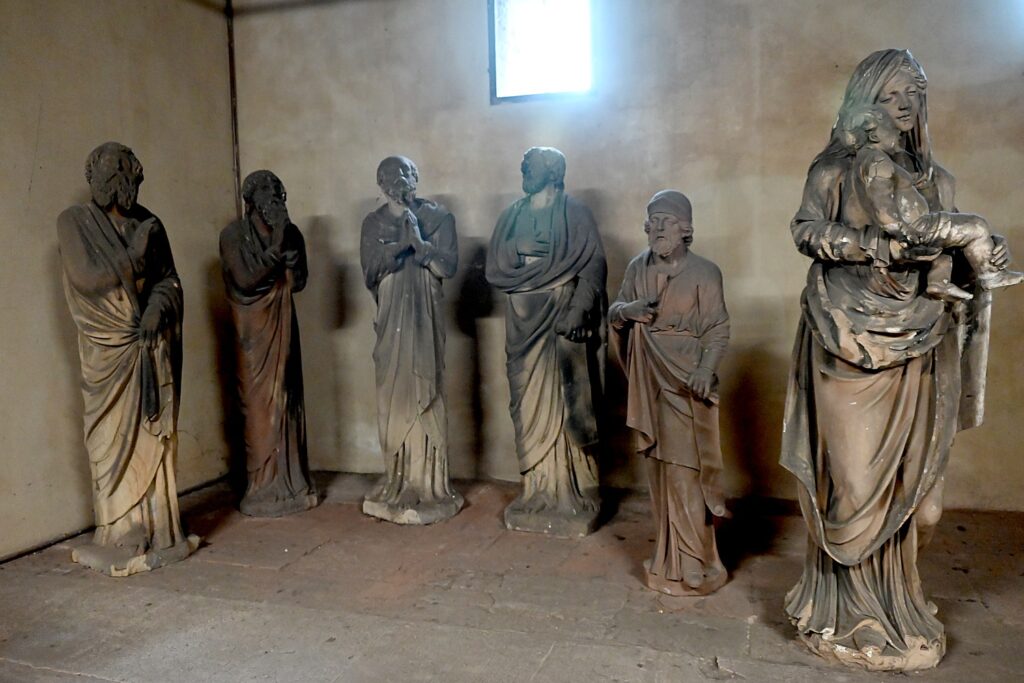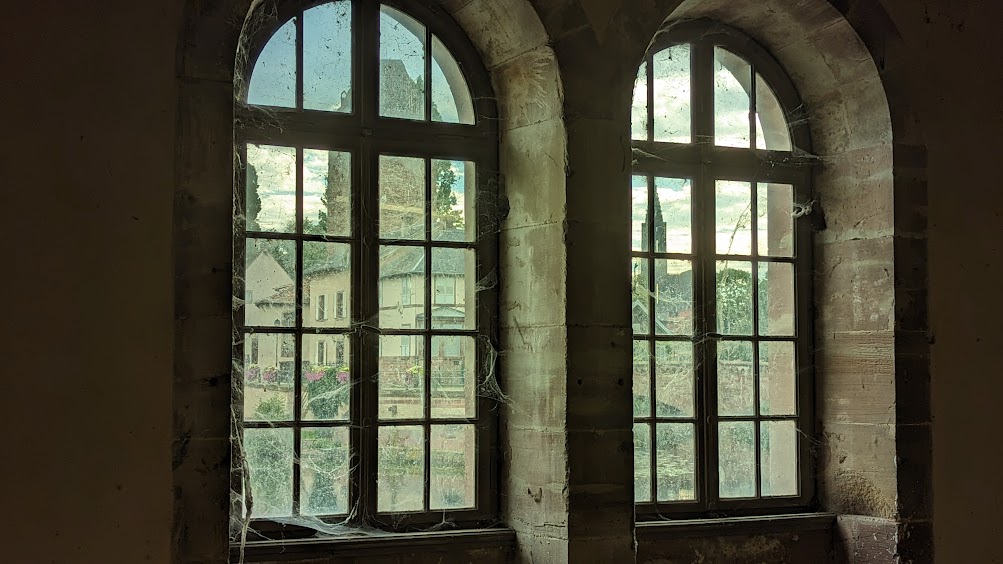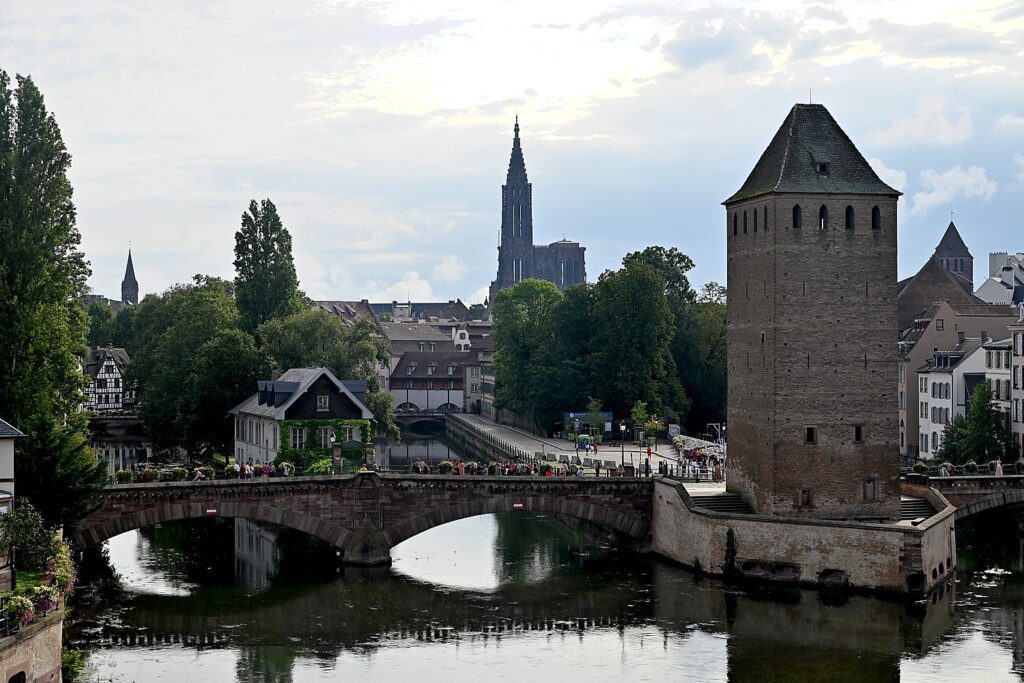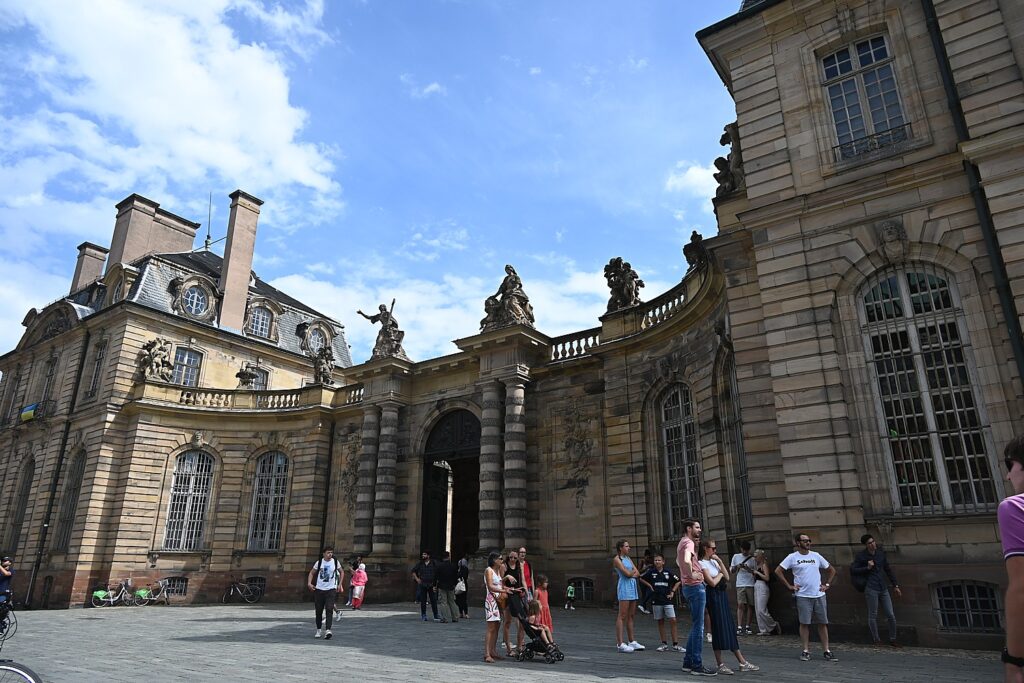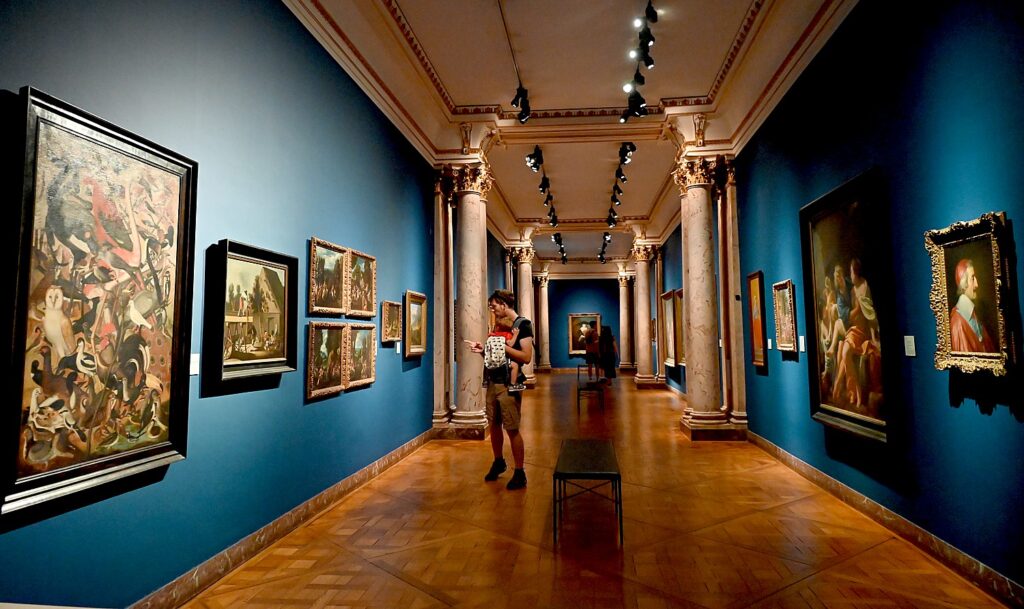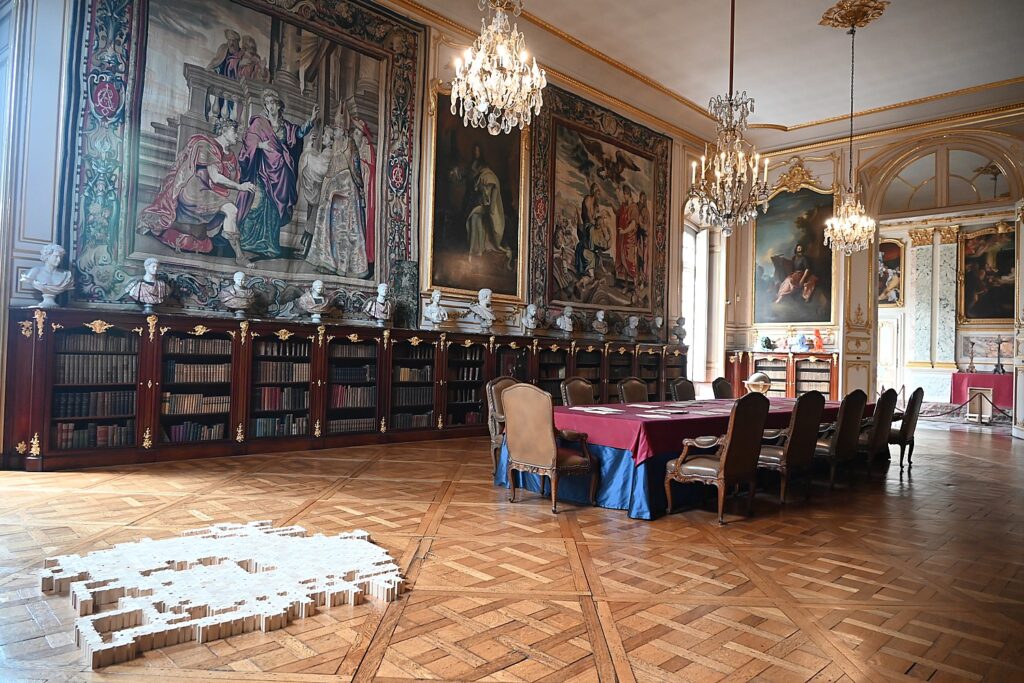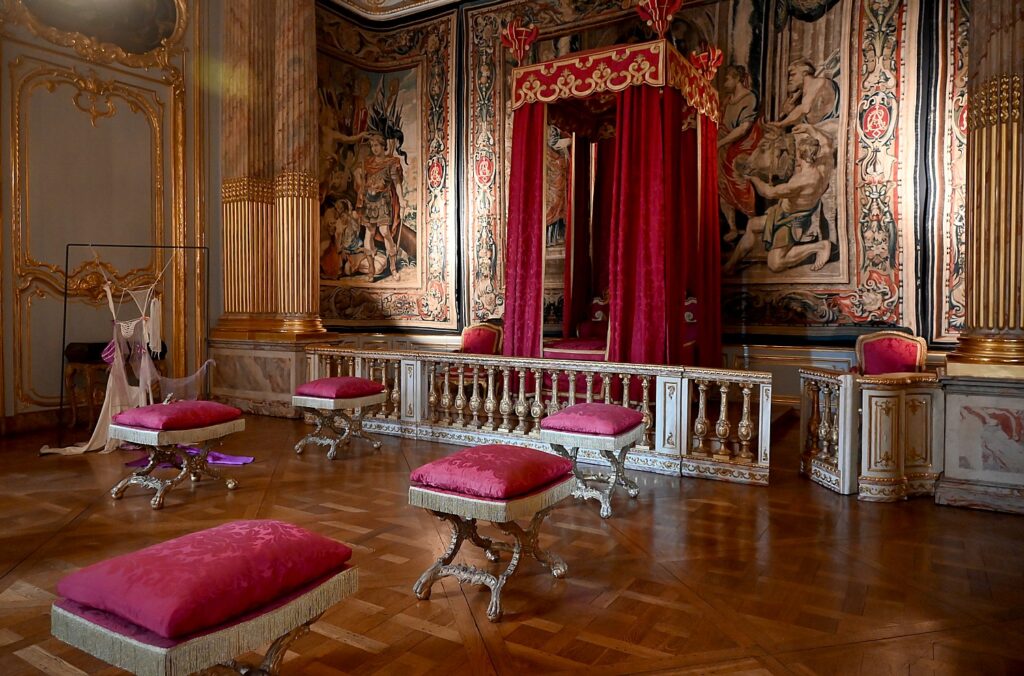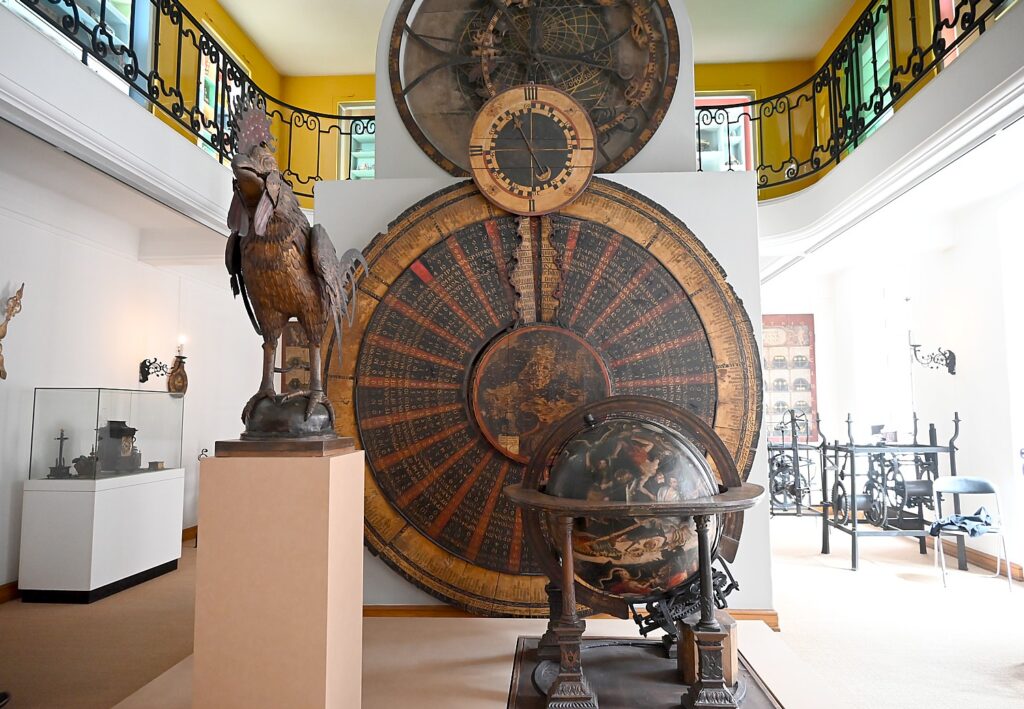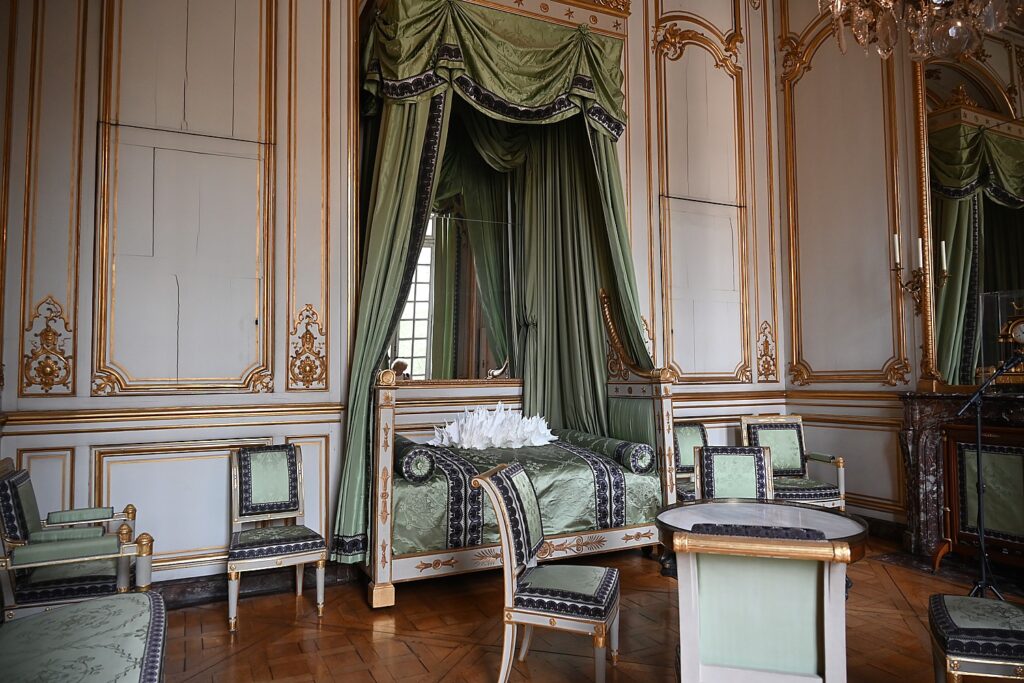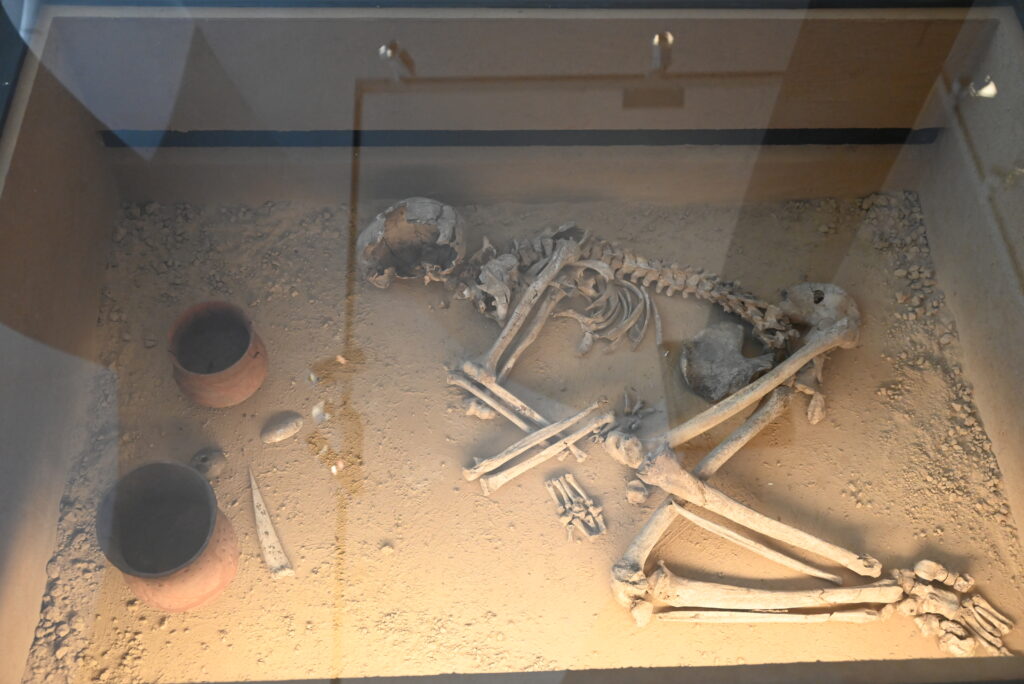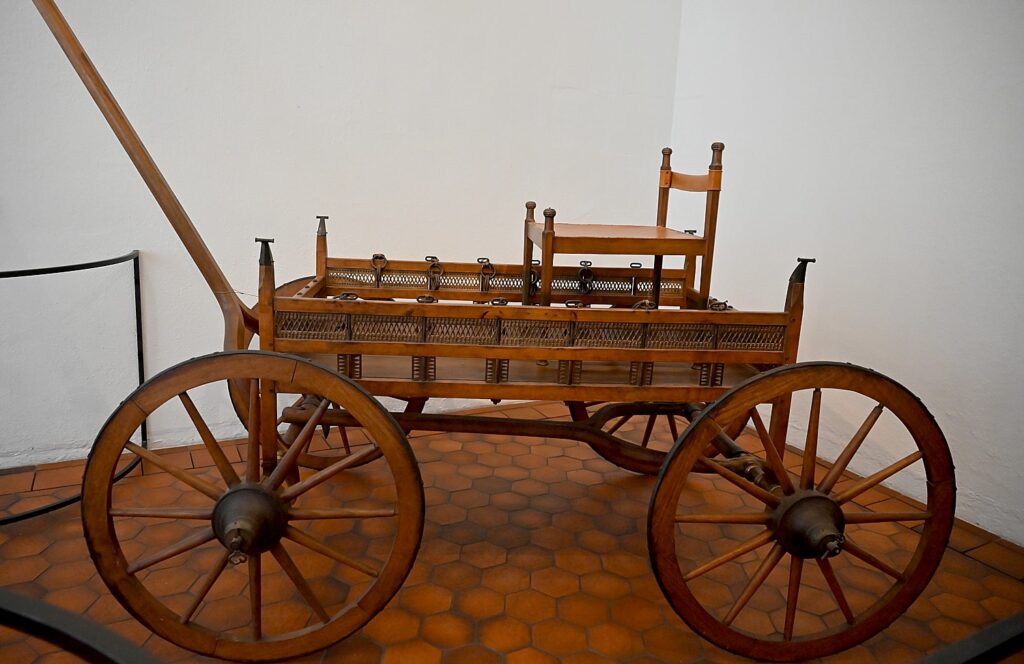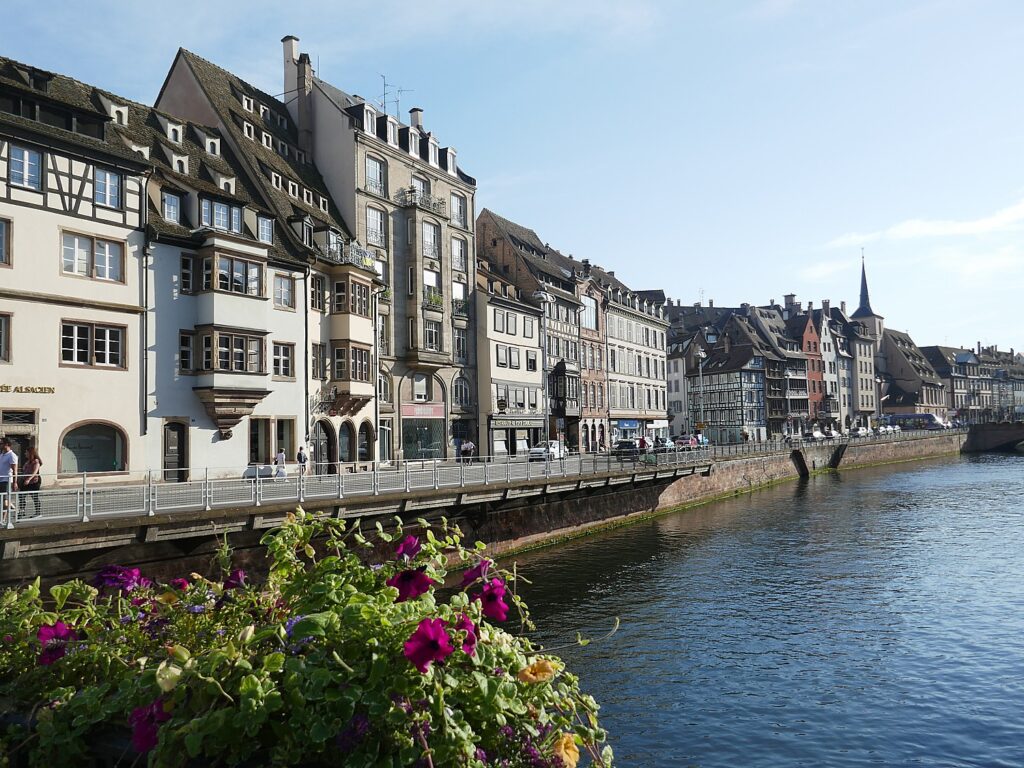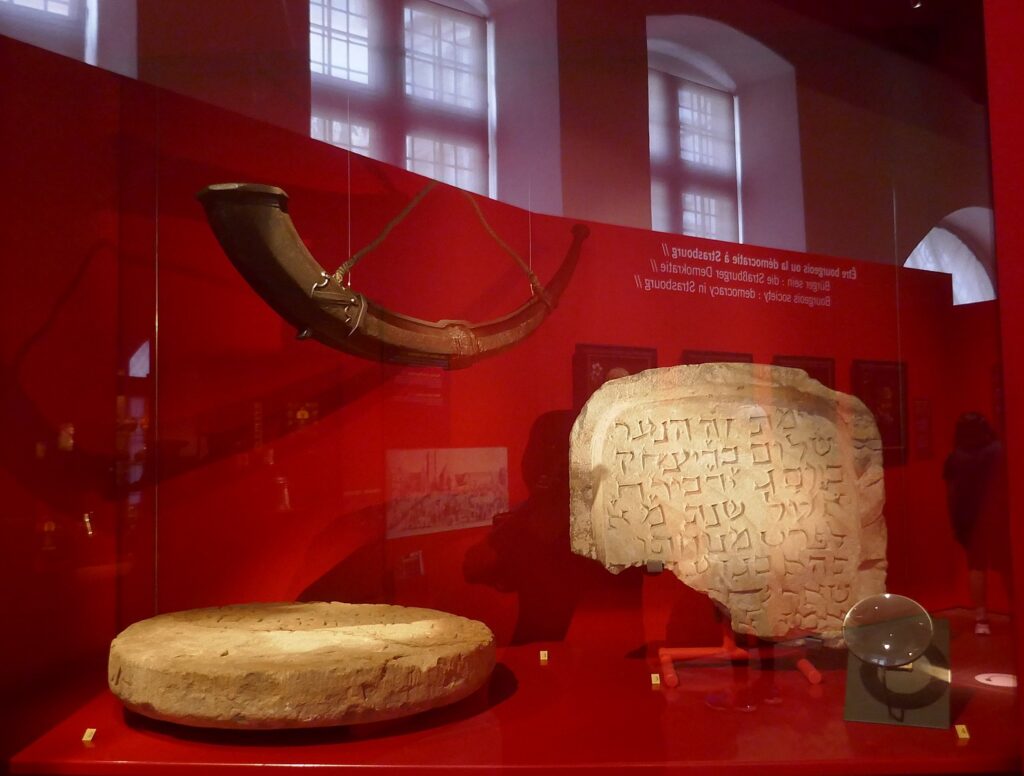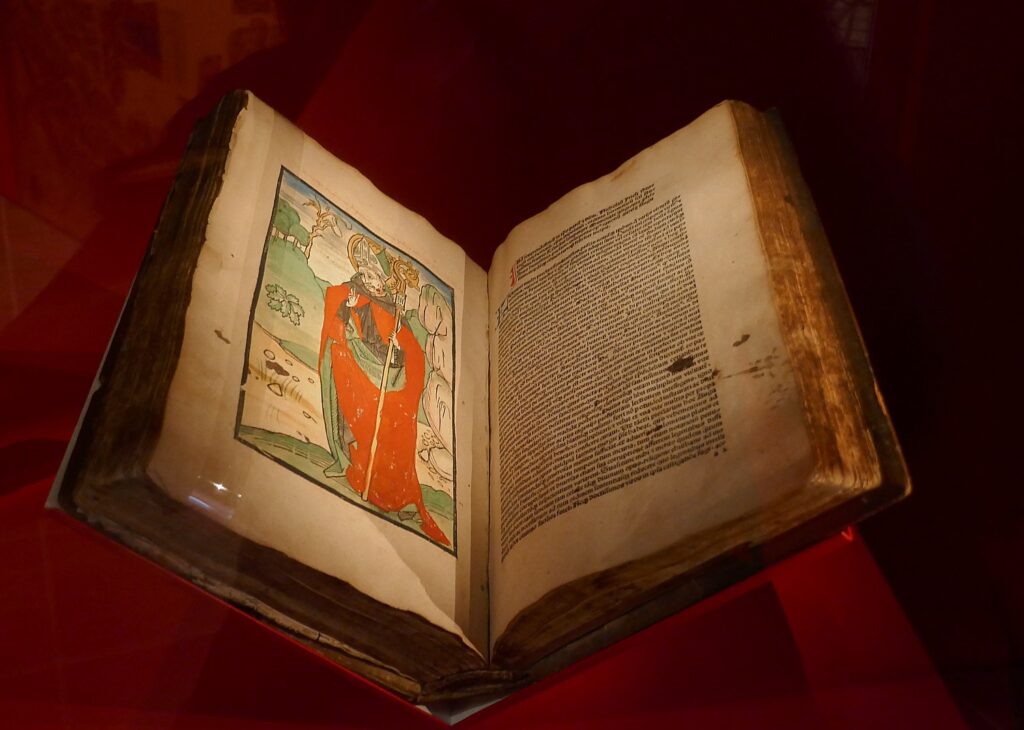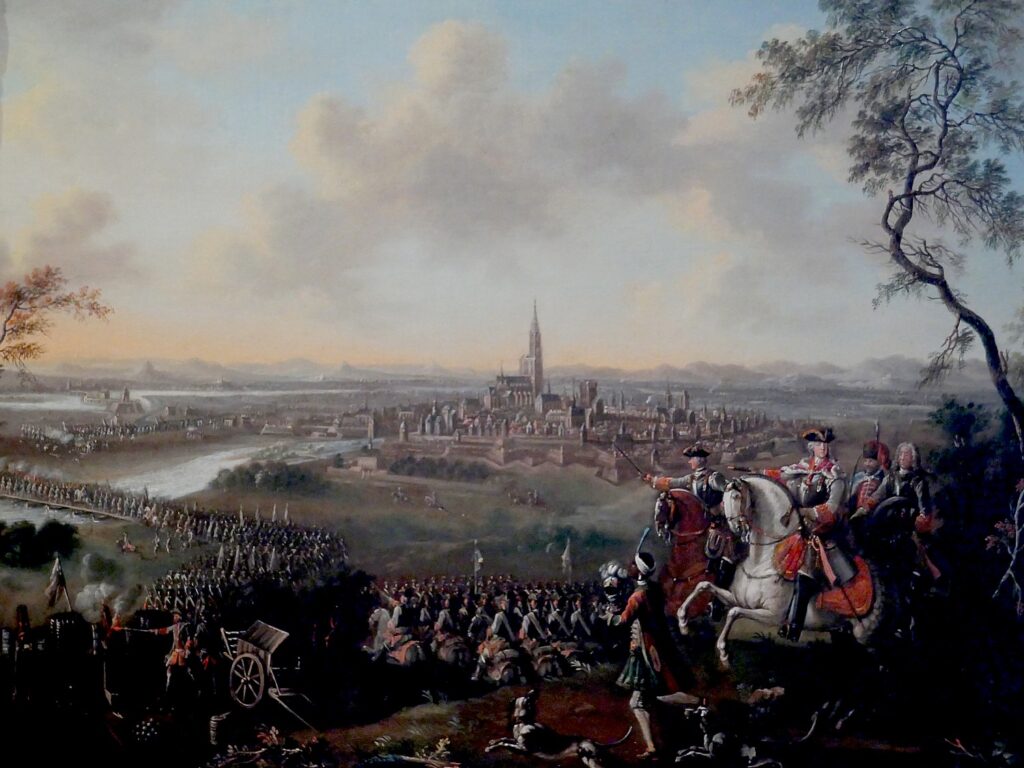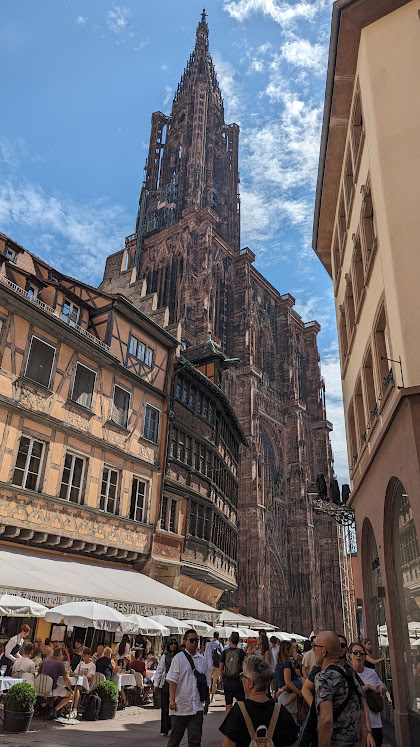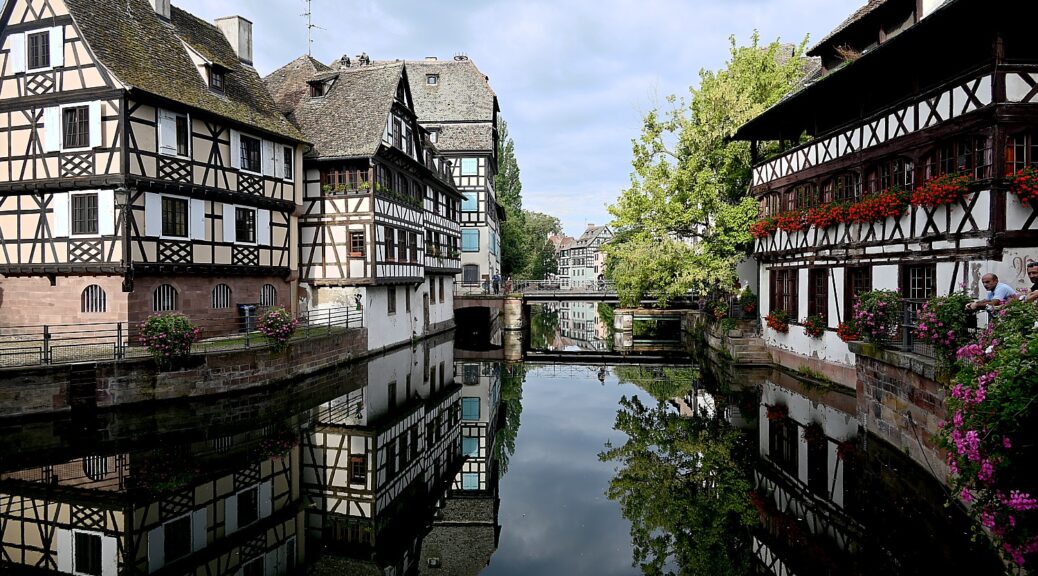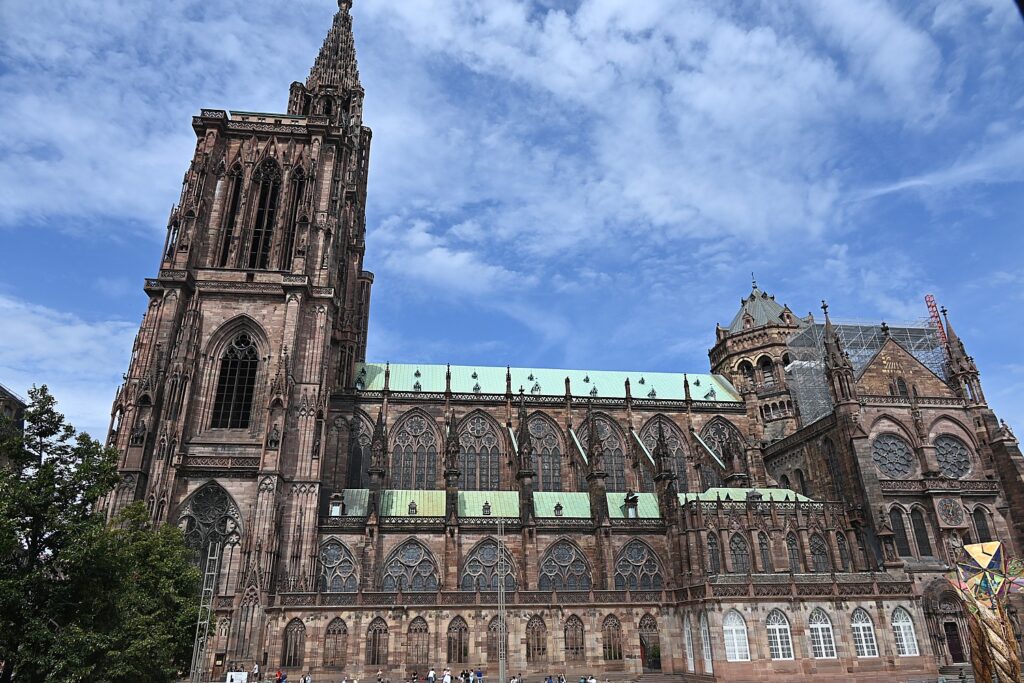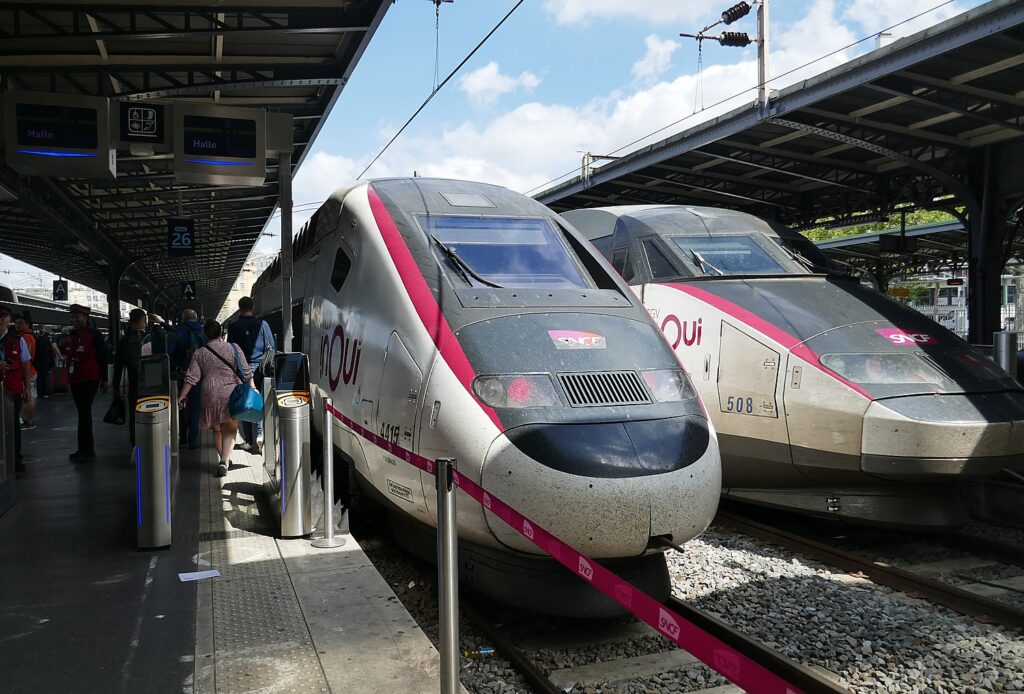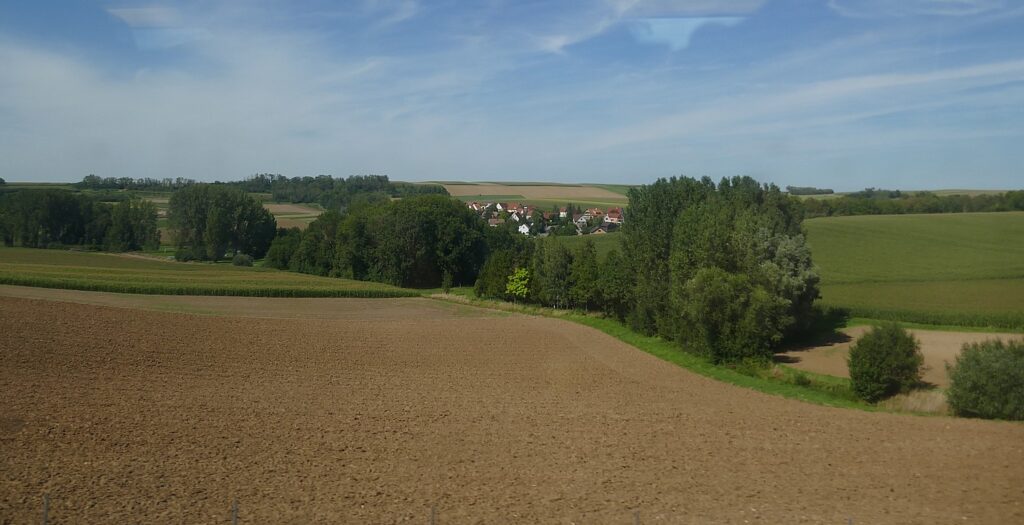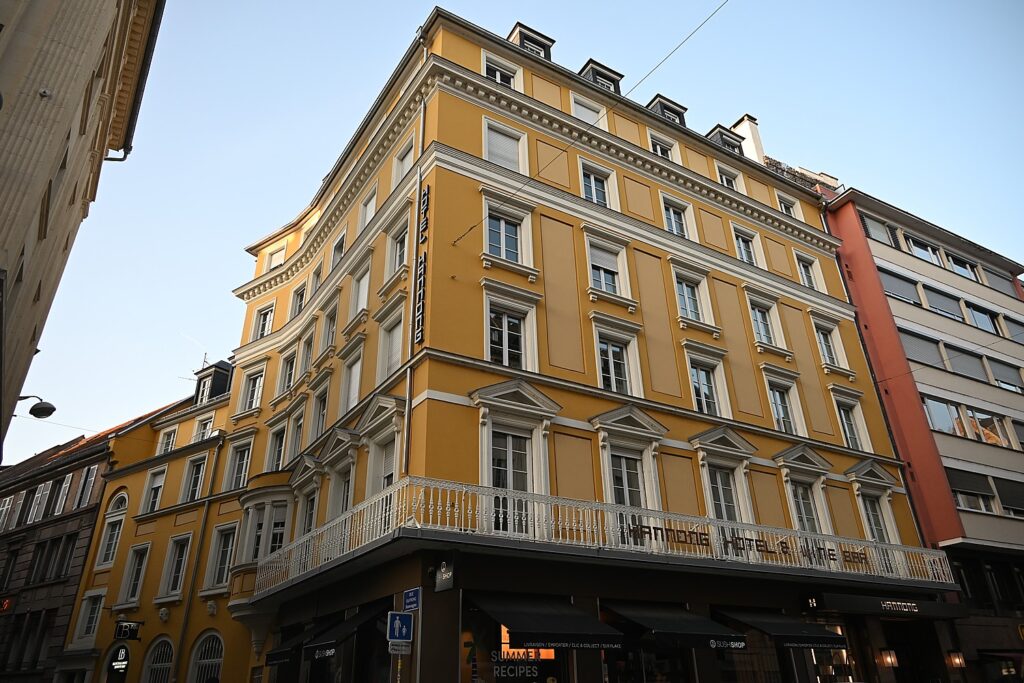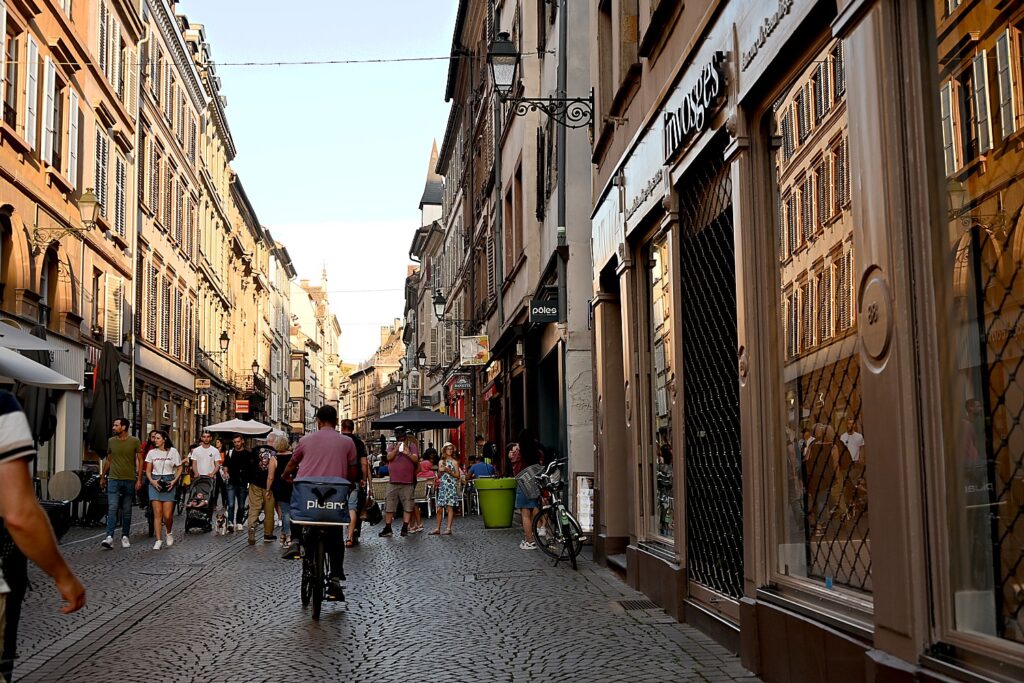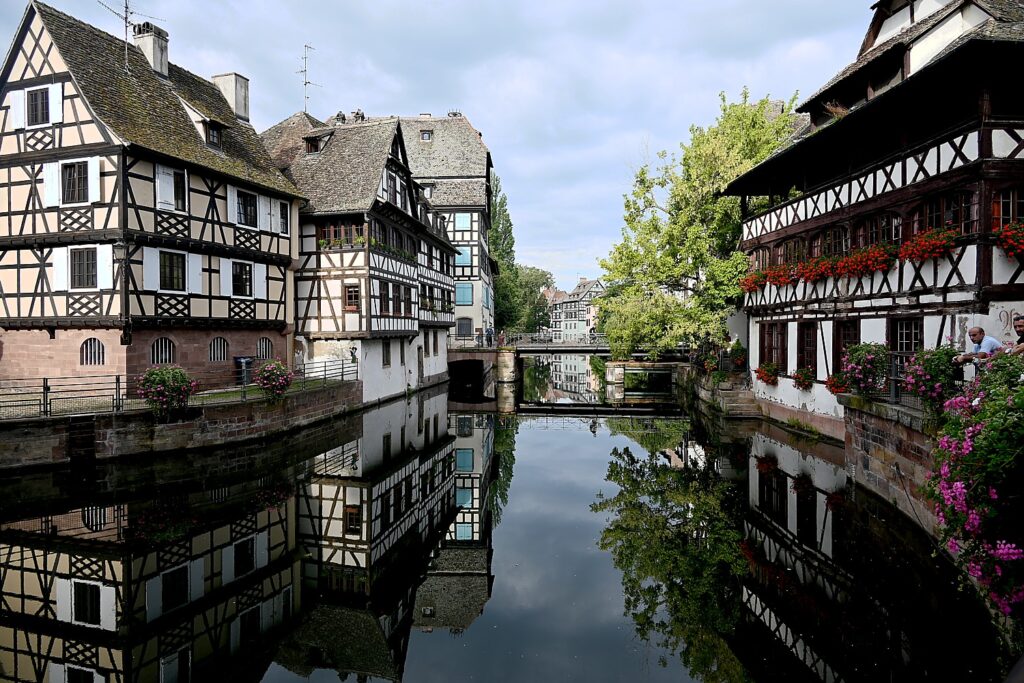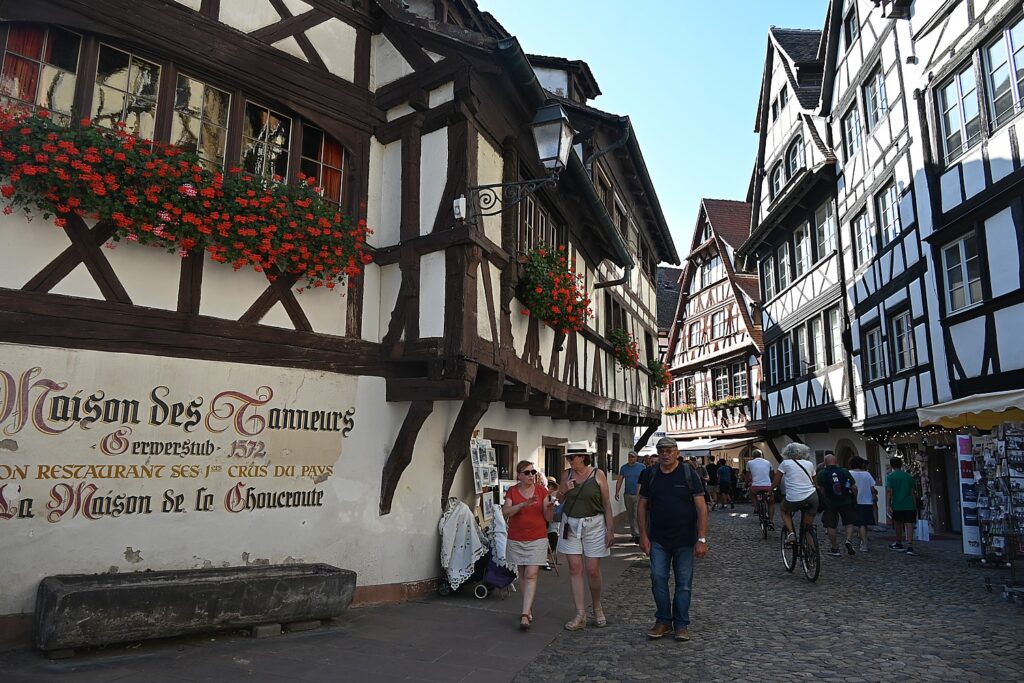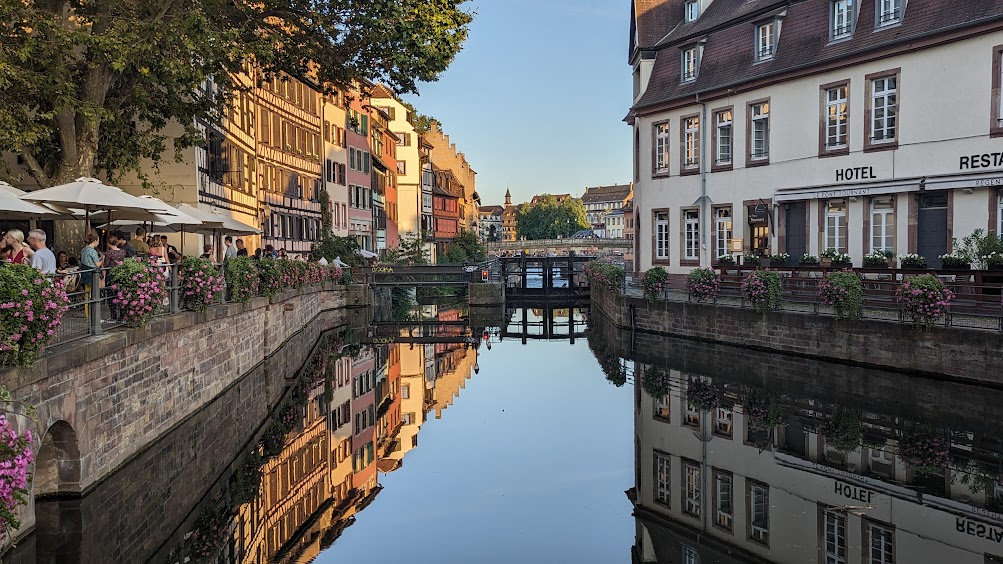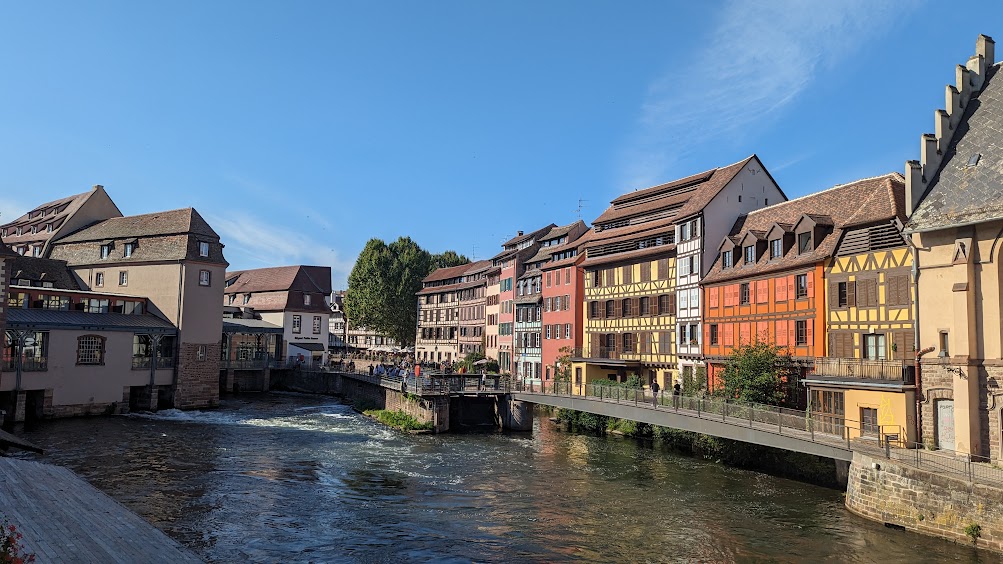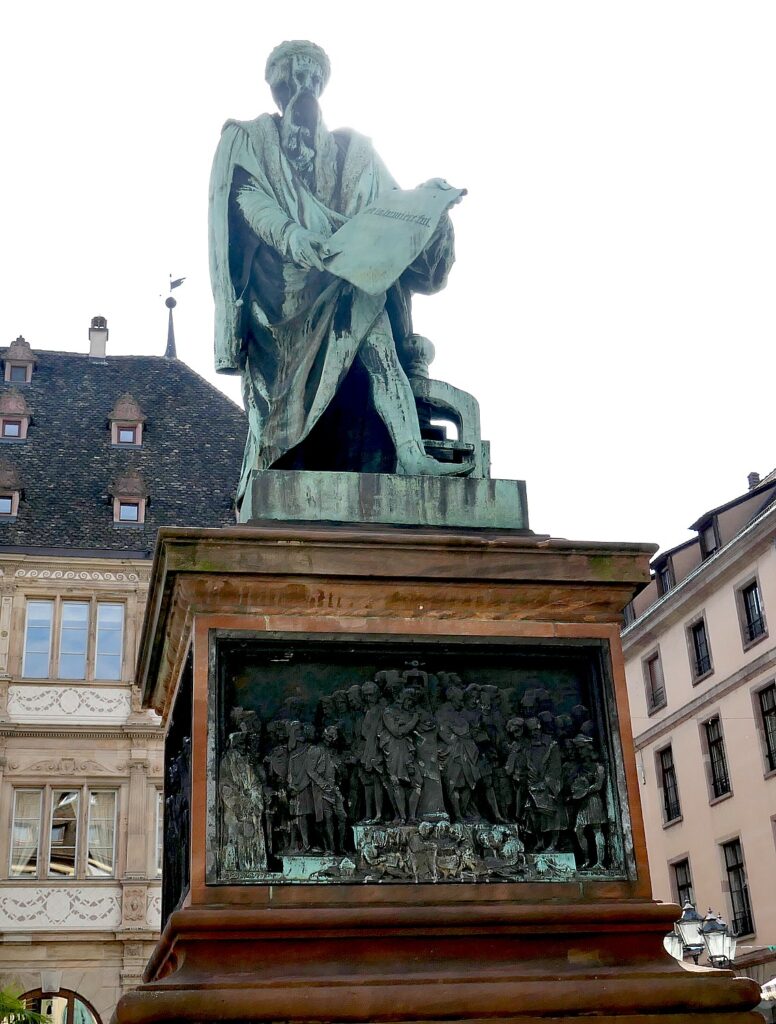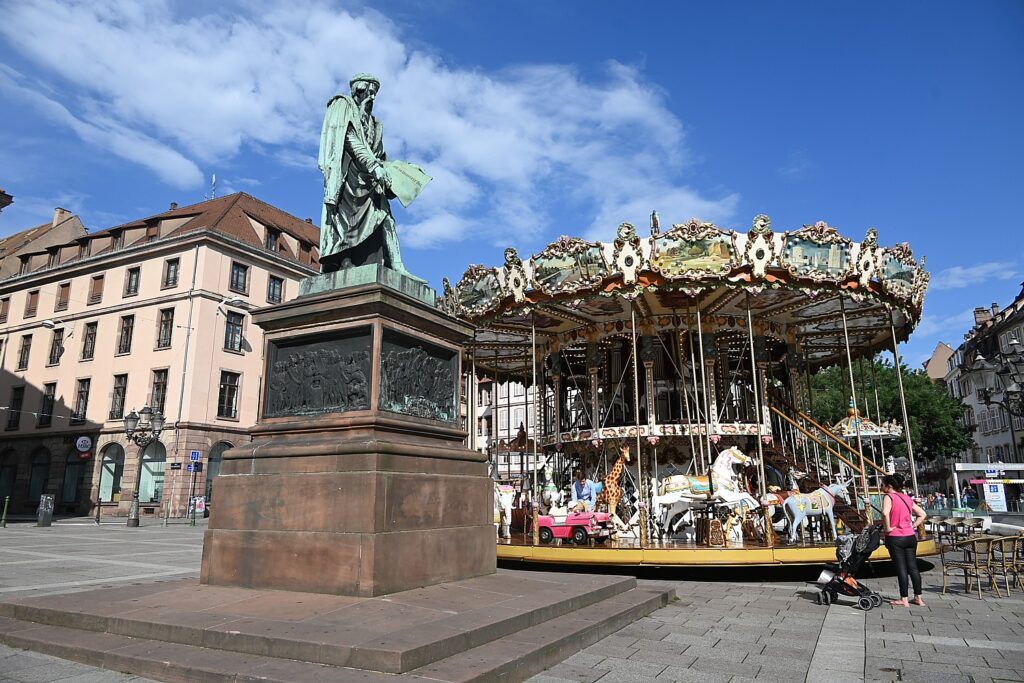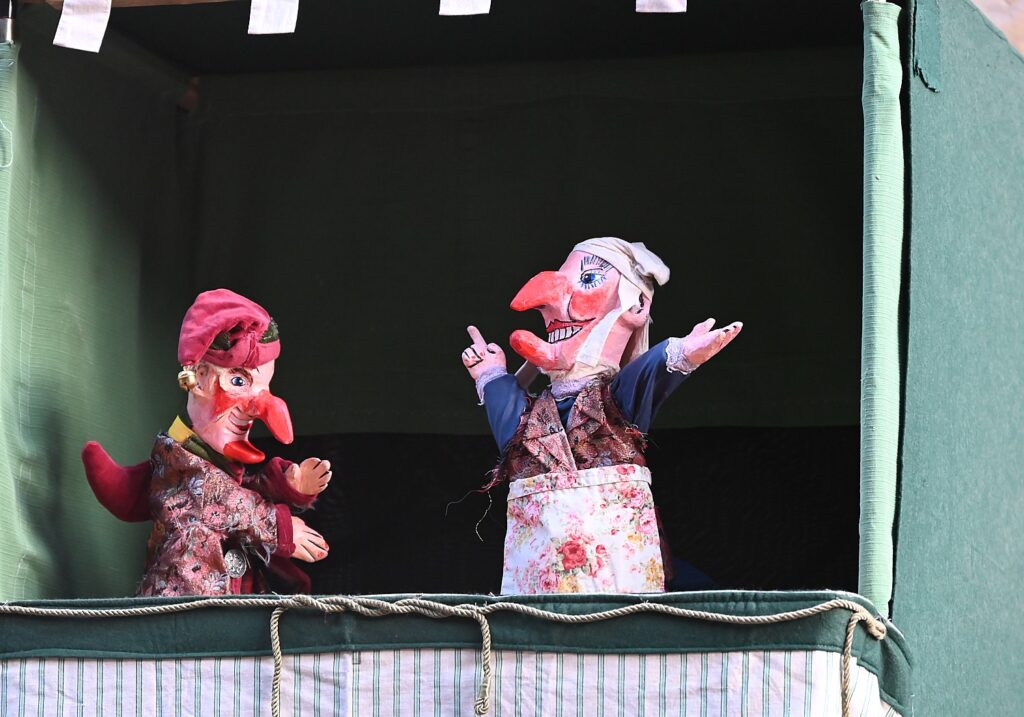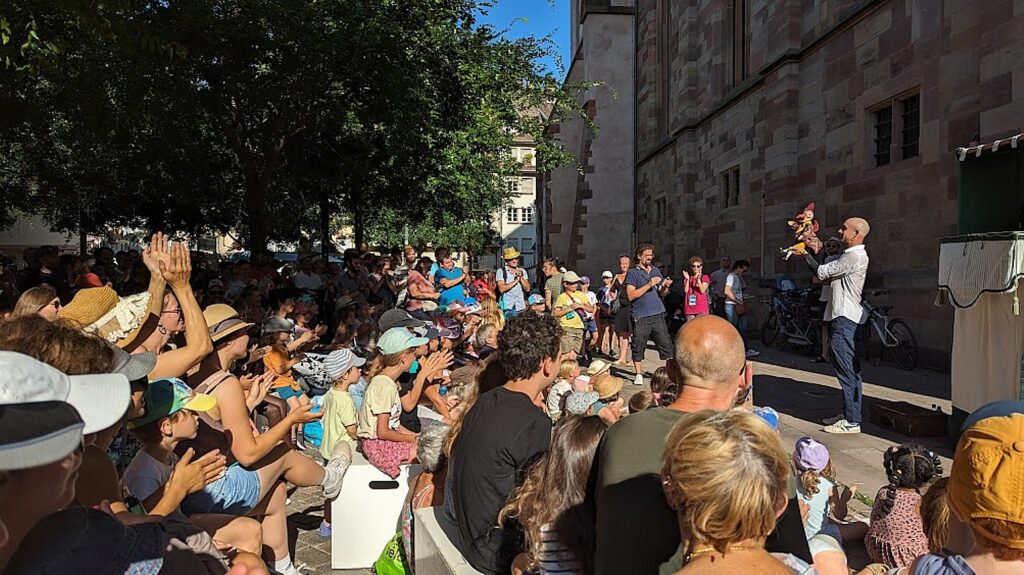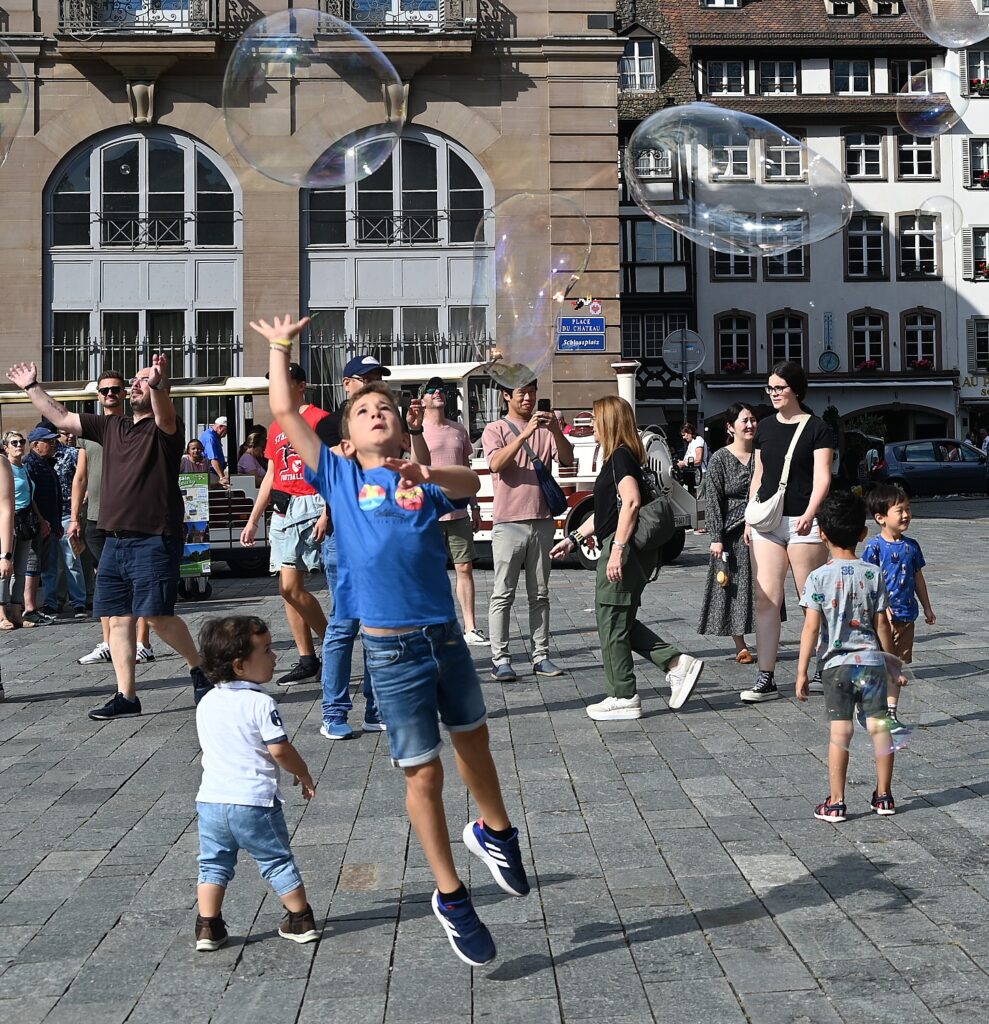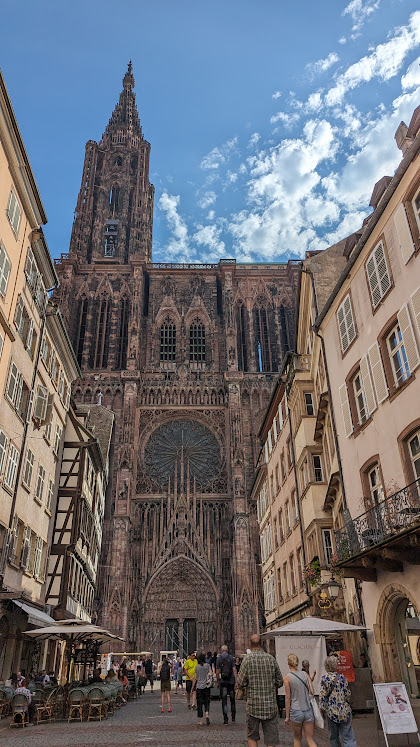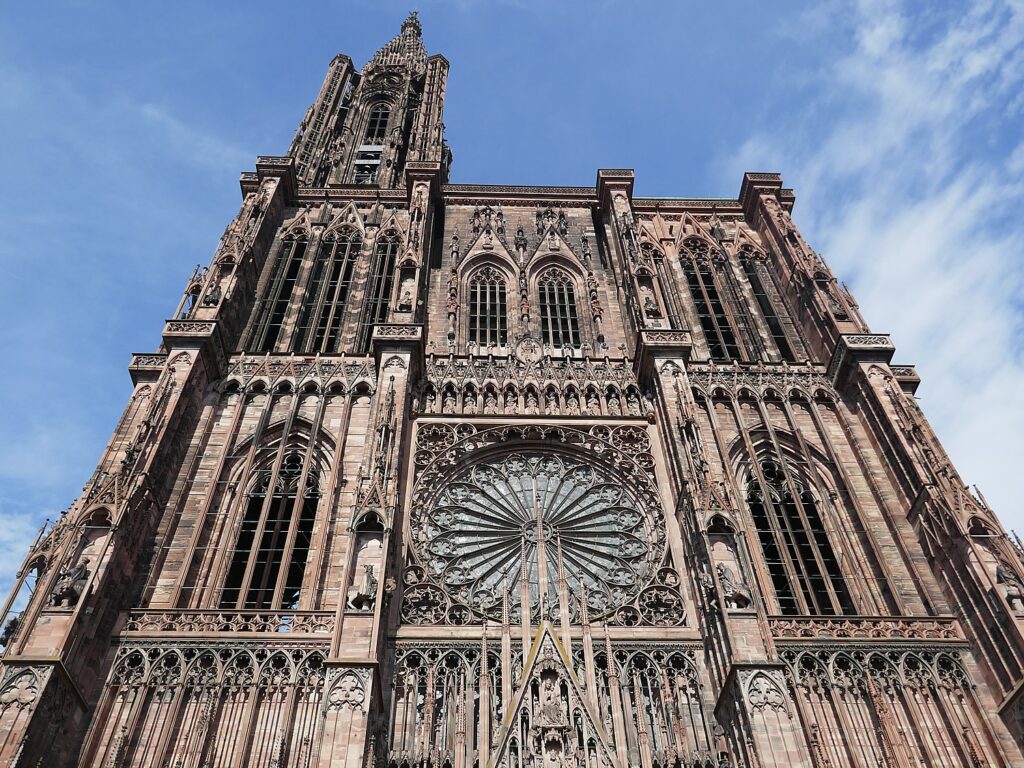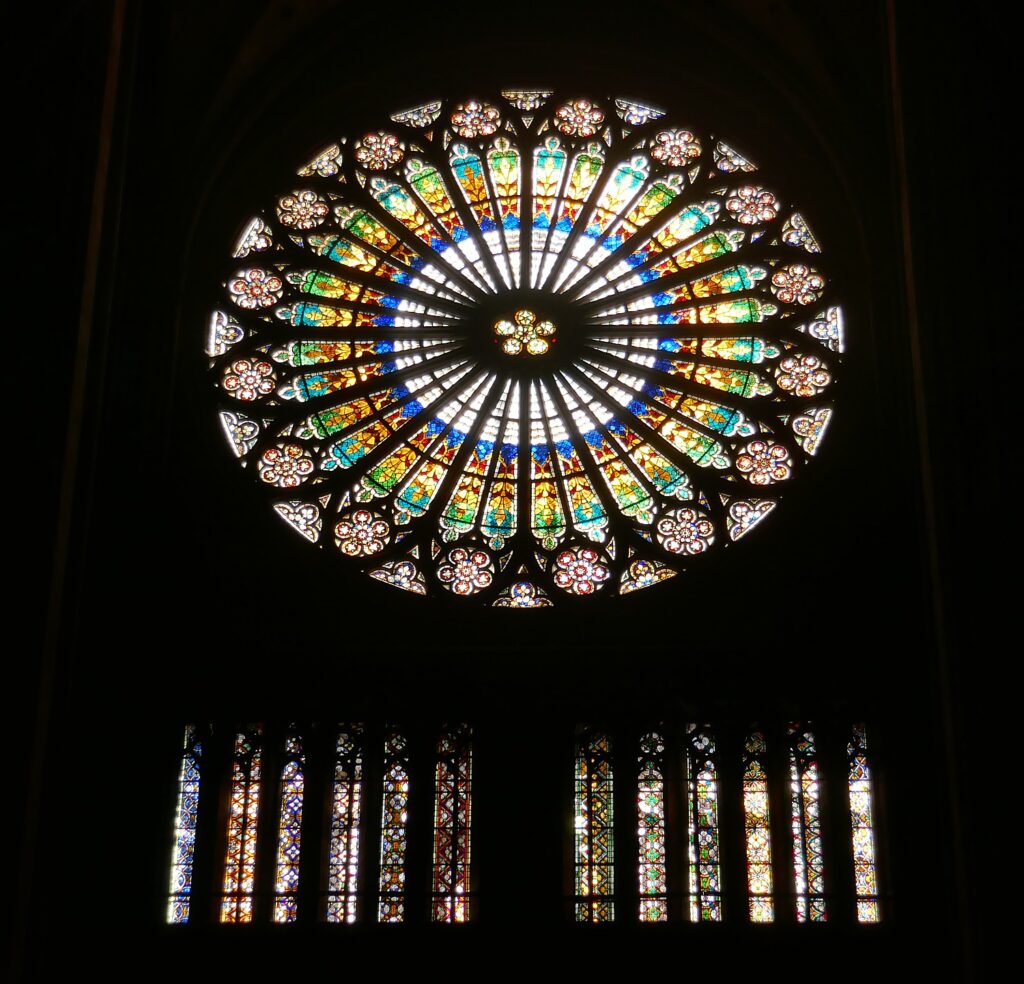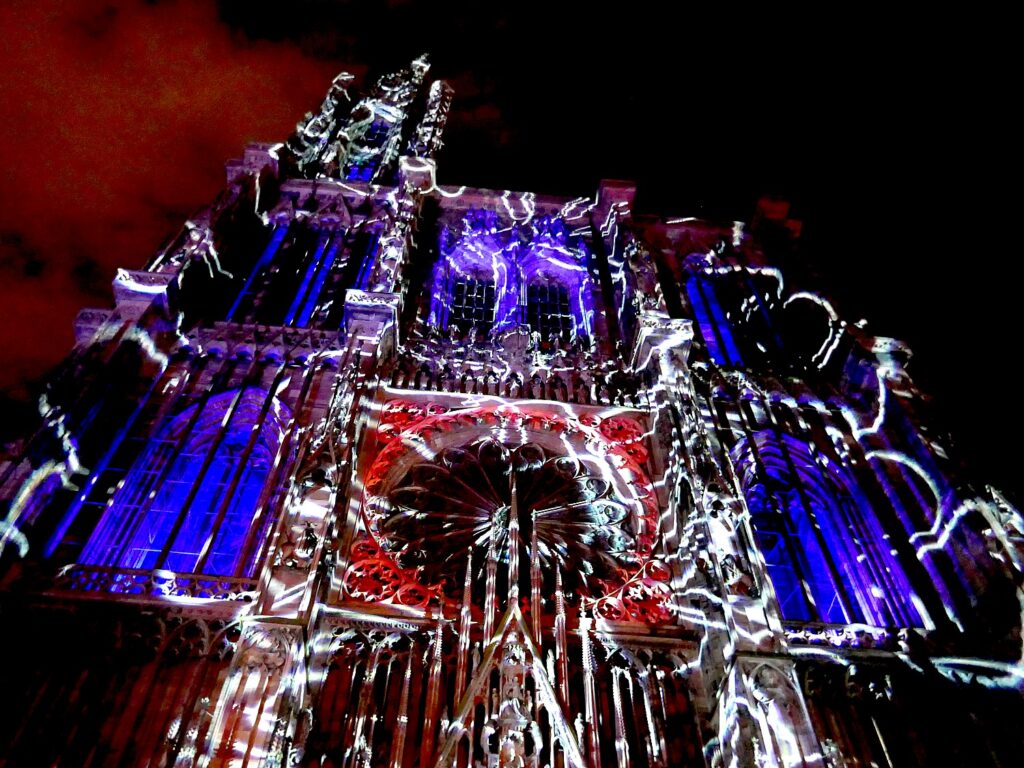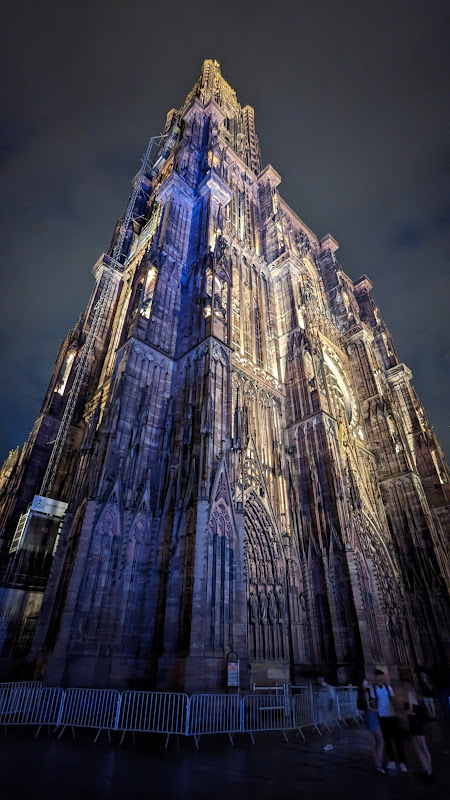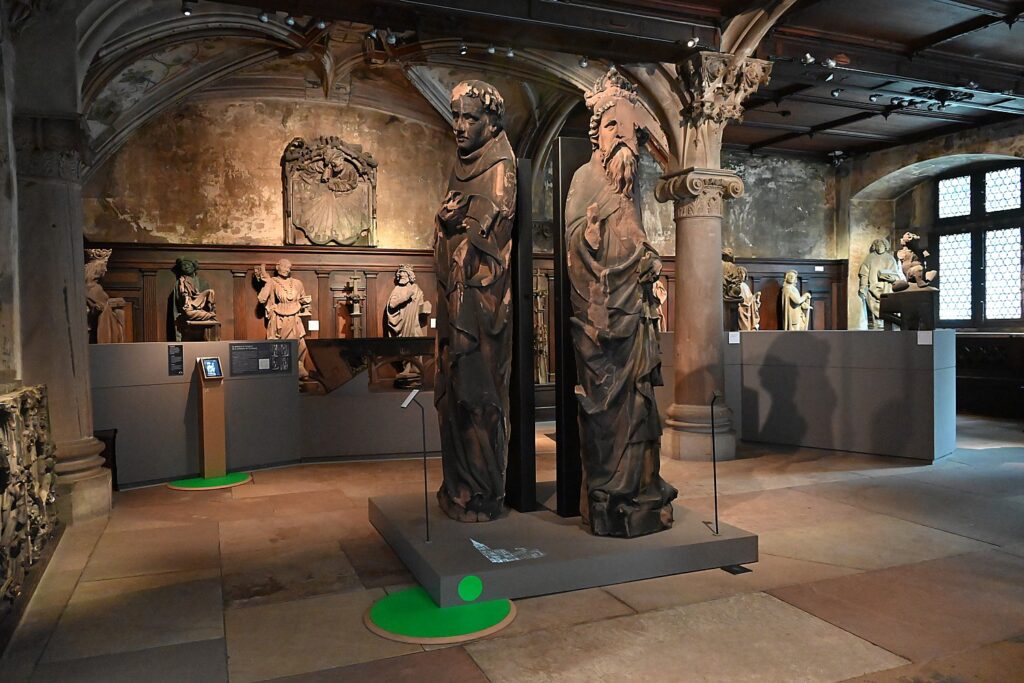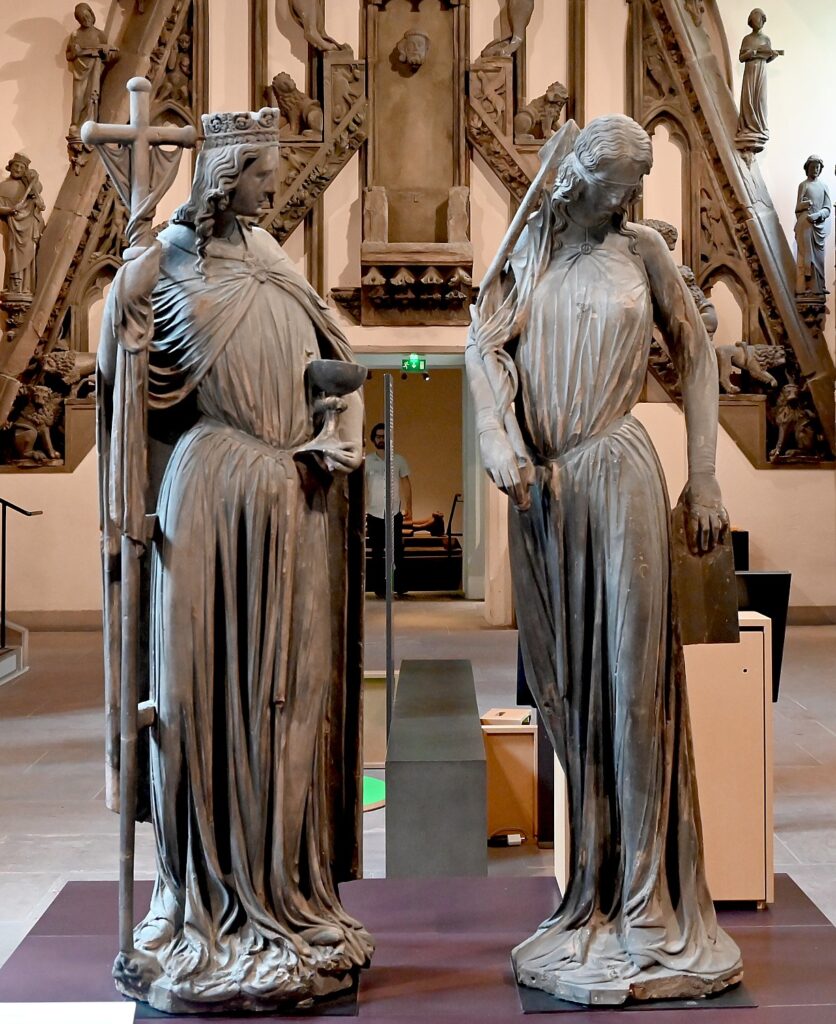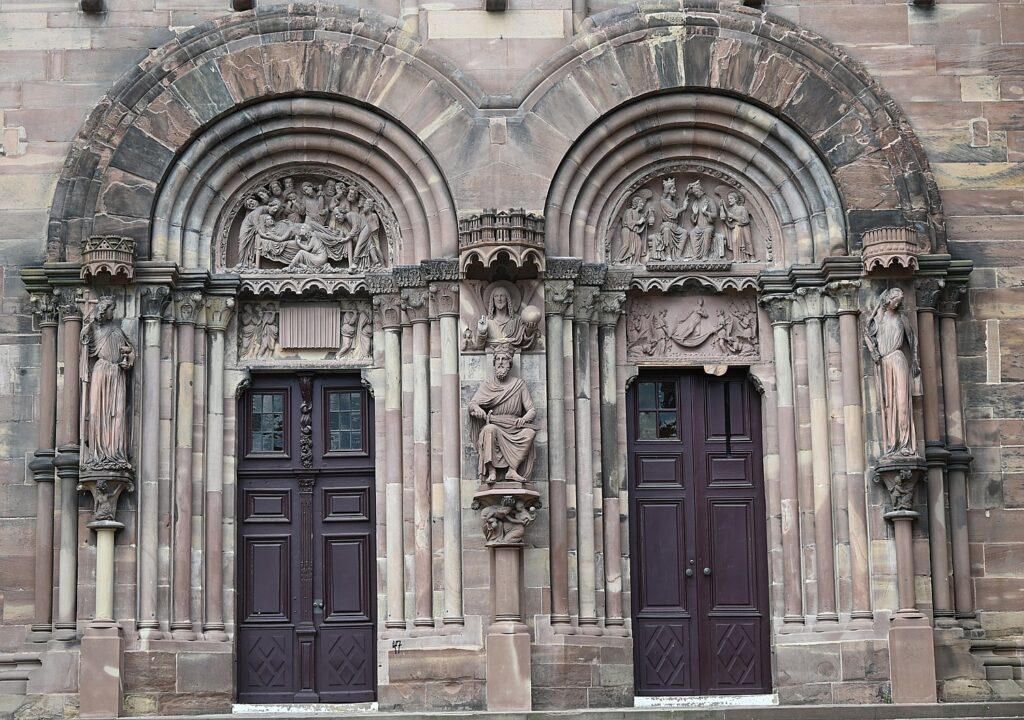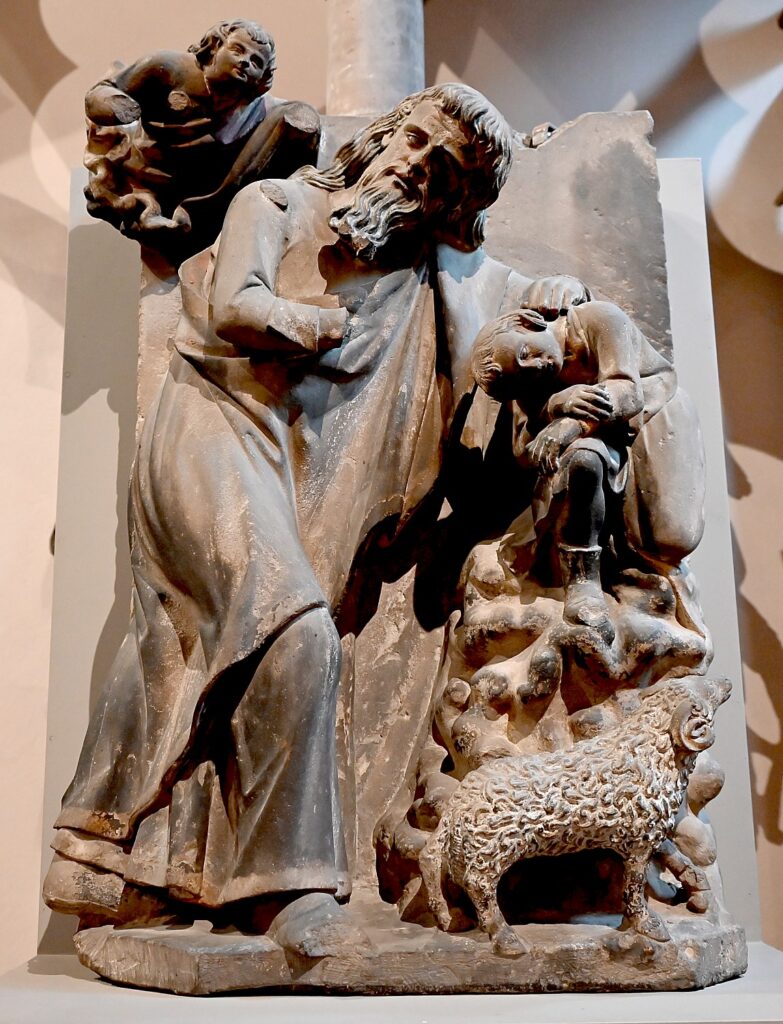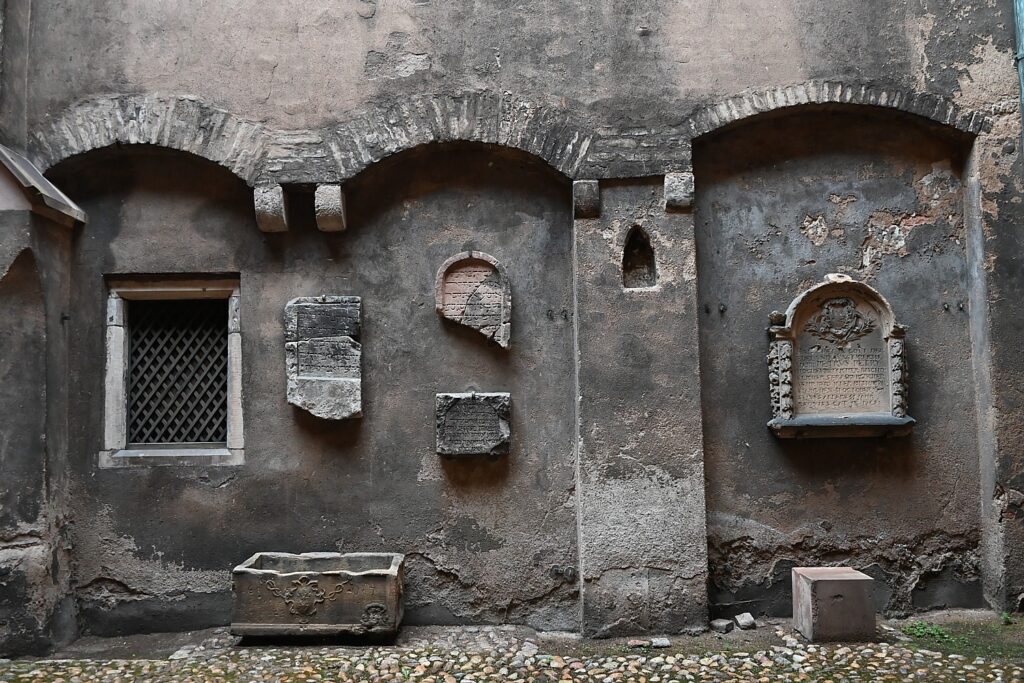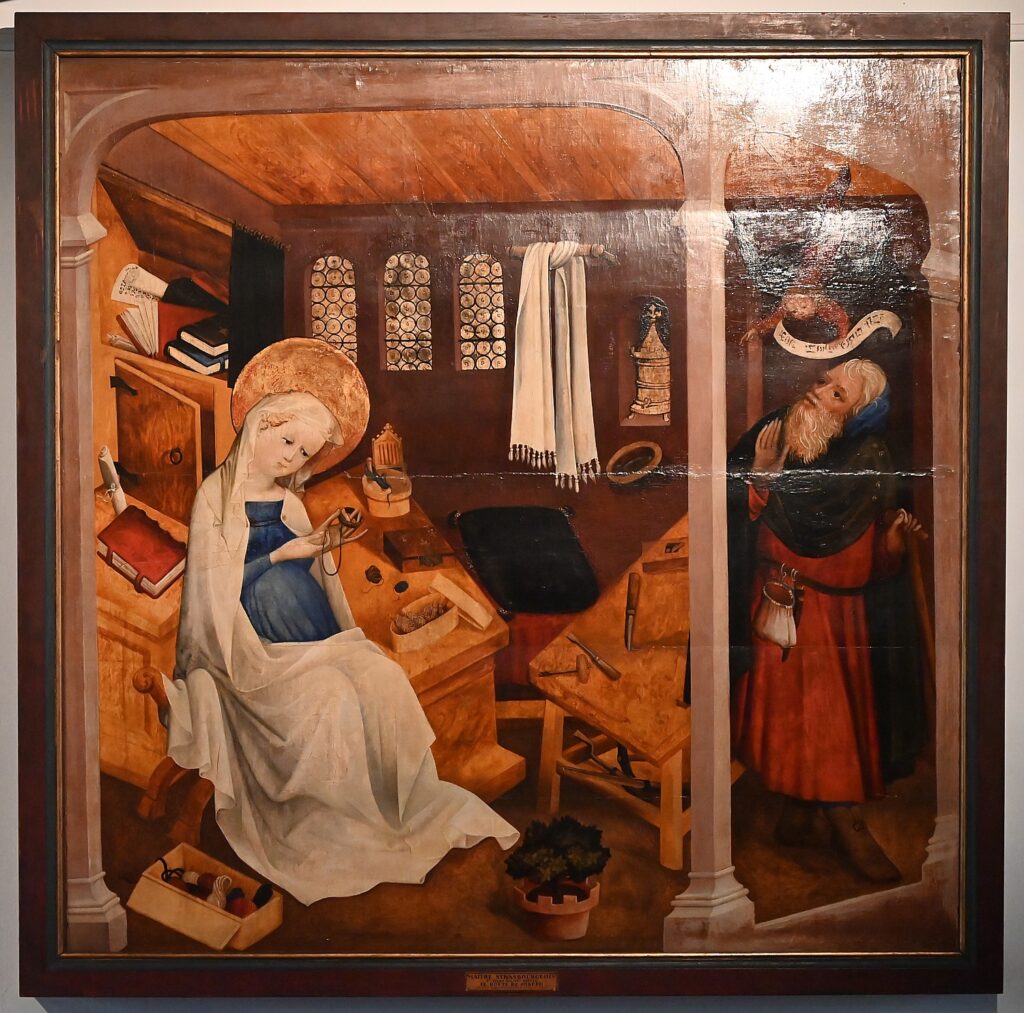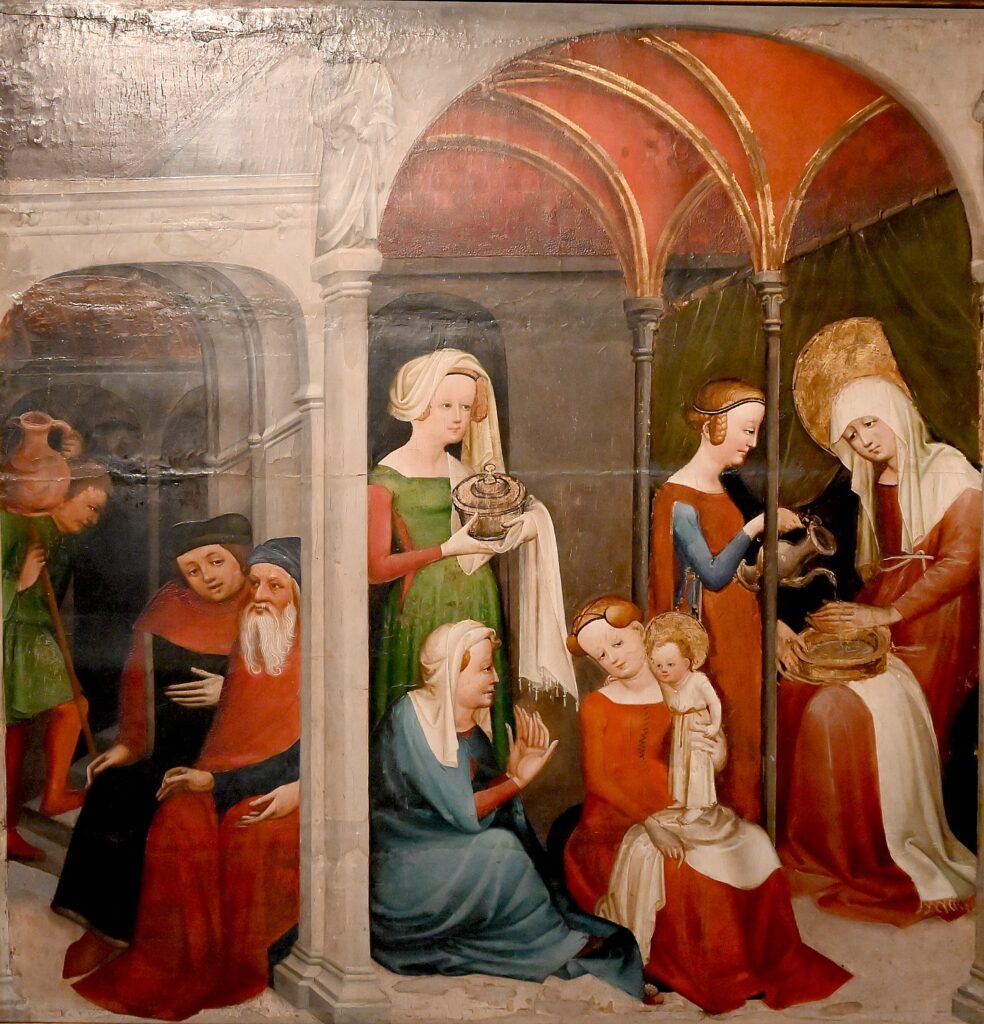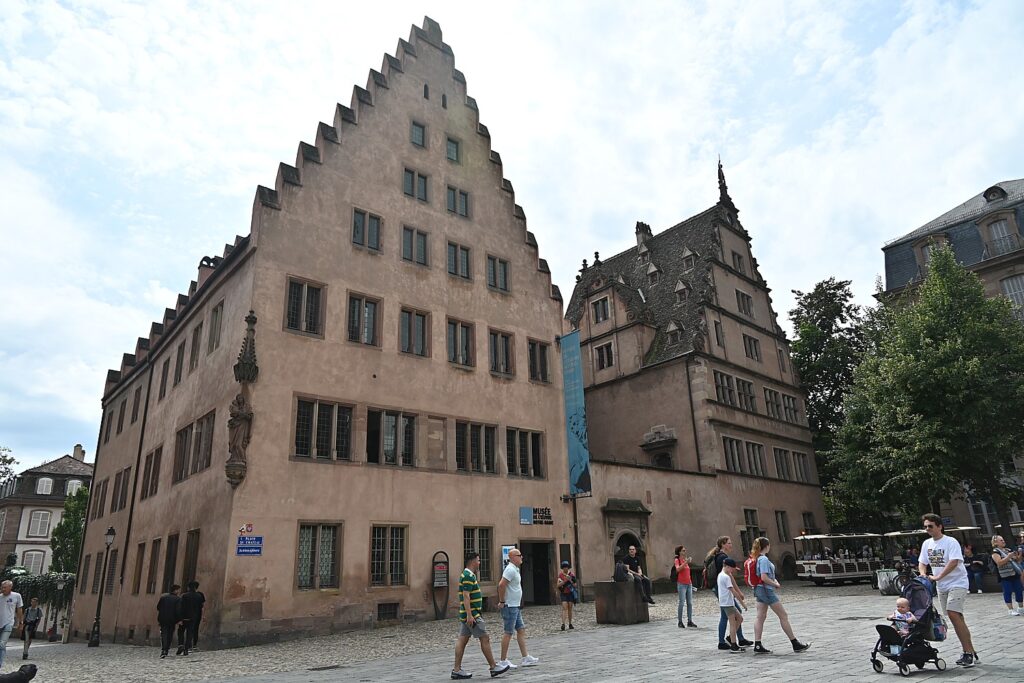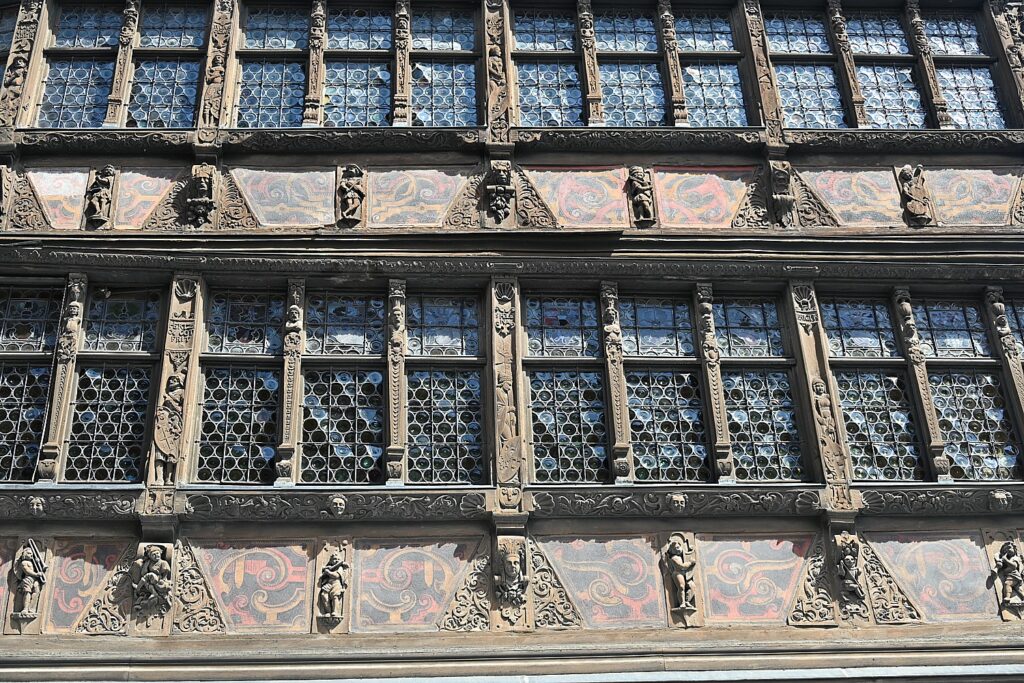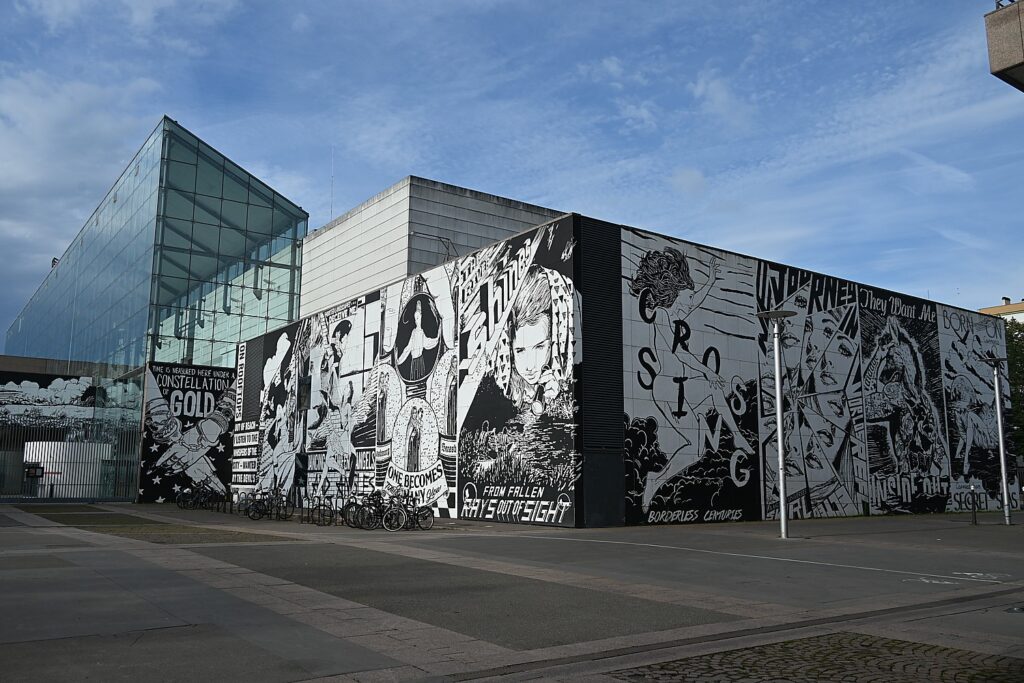
By Karen Rubin, Travel Features Syndicate, goingplacesfarandnear.com
My long-held desire to bike the award-winning Route of Hiawatha rail trail in Idaho provides the opportunity to discover the enormous appeal of Spokane, Washington, where the Discovery Bicycle Tours’ Idaho Trails bike tour begins. I cleverly arrange to come in three days early to give myself time to immerse, staying at the exquisitely grand and historic Hotel Davenport, so connected to Spokane’s story and walking distance to most everything I want, and even taking advantage of their bicycles to get a jump on the Centennial Trail which figures so prominently in the bike tour, too.
This is all new territory for me.
The first delightful surprise is how easy it is to navigate Spokane International Airport (if you’ve been through JFK and LaGuardia in New York, you will appreciate what I mean) – a few steps to the door, and a few steps more to a wonderfully convenient public bus that takes me steps from the Davenport’s door (the bus driver and fellow travelers are so helpful! – something I find throughout my stay in Spokane) – just $2 for the fare (which you can use to transfer or return within 2 hours; $4/day or $12 for three-days).
It doesn’t take long for me to realize why Spokane, with its natural and cultural appeal, isn’t just a great place to visit, but a great place to live.

Imagine strolling over America’s largest urban waterfalls, walking 15 minutes from downtown to a rafting trip on a river that cuts through evergreen forest, and getting on a bike in the downtown city park – the site of the 1974 World’s Fair, appropriately themed for environmental protection – and biking 58 miles on the trail to Coeur- d’Alene in Idaho. This is Spokane, Washington – and even though it is 95 degrees outside, it doesn’t feel hot.
Spokane is this vibrant city organized for its people. Of course, it wasn’t always that way, but the same reasons it developed into a hub of the West – railroads, commerce and mining – Spokane was an early adopter of sustainability and environmental protection while transitioning into the 21st century by holding on to what was best about the past.
For me, the mark of a place that takes pride in itself and has community spirit is one that has historic markers and plaques and its respect for historic and cultural places.
You feel it especially in the historic Davenport Hotel – a truly grand dame that is very happy to share its stories.
So I begin my exploration with a tour of The Historic Davenport Hotel (see Historic Hotel Davenport Puts You into Spokane’s Story)

From there, the concierge directs me to the public bus (the central depot is across the street), for a ride to visit the magnificent Manito Park. (1702 S Grand Blvd). This is a spectacular 90-acre oasis in the in the South Hill neighborhood that features five distinct gardens: the Duncan Garden (a formal garden where I notice the fountain is dedicated to Louis Davenport who built the Davenport Hotel), Rose Garden, Perennial Garden, Lilac Garden and (my favorite) the Japanese Garden. (If you come in the afternoon, save the enchanting Japanese Garden for last; if you come in the morning, see it with the morning light.)
Most wonderfully, the Manito Park, is really a neighborhood park – much like Central Park in New York City, and Golden Gate Park, in San Francisco – grand and yet neighborly. Besides the gardens, Manito Park has spacious manicured lawns, playgrounds, walking trails and biking paths, topiary shrubs, a greenhouse conservatory, a conservatory and a duck pond. It gets some 150,000 visitors a year. (Best viewing May-October, http://www.manitopark.org/)
An absolute highlight for me – almost a homebase during my stay in Spokane – is Riverfront Park. Just a few minutes walk from the Historic Davenport Hotel, I found myself wandering into the park two, even three times during the day.
It is actually one of the rare successes in urban renewal: once a blighted space, the city seized on the opportunity to host the 1974 World’s Fair (notably the first expo themed around environmental conservation) to make major, lasting improvements serving the community in myriad ways. There is so much here, and it is so pleasant being here that I find myself coming to the park at least twice each day (morning and evening) of my visit.

Riverfront Park was opened by President Nixon (who made an eloquent speech about the importance of environmental protection and resigned by the time the Fair closed). It is pure delight for residents and visitors alike: stroll over bridges for spectacular views of the falls; be carried over the falls on the Numerica SkyRide gondola, channel your inner child on the historic Looff Carrousel, fantastic playgrounds and rides (slide down The Red Wagon, a giant Flyer), and feed the Garbage Goat (a clever way to encourage composting).
Enjoy a concert at the United States Pavilion which was saved and repurposed as an outdoor performance venue seating as many as 6000 (there was a concert there during my visit) – the roof replaced by steel ribbings that are lighted at night.

The park actually is composed of several islands connected by bridges. One of the islands pays tribute to Spokane’s indigenous heritage. There is a totem pole and story board stations.
The bridges pass over the rapids and falls, for dramatic views you would never expect in an urban landscape. The pathways weave throughout – you come upon a fantastic playground; sculptures, attractions.

I stop into the Riverfront Park Visitor Center (actually the Visit Spokane tourist center), where I learn about the Great Fire of 1889 that destroyed 90 percent of the downtown – the only surviving buildings were those made of brick by the railroad company. What was left became the historic district (but there are some modern skyscrapers that seem so out of place, that were built before the new rules were put into place).
Also going through the park is the Centennial Trail, a biking/pedestrian/recreational trail that extends for miles into Idaho, which I will take from beginning to end the end on my upcoming Idaho Trails bike tour.
It is an interesting experience to be walking distance of a rafting experience in a major city – the Spokane River that goes through the city gives the city its special beauty and quality of life (as well as its hydroelectric power). It can be said that the river energizes the city – and this confluence of nature, urbanity and livability is what makes Spokane such a hot place for people to put down roots.
Within minutes, we embark from the Peaceful Valley neighborhood on a two hour-long scenic Spokane River Float with Wiley Waters. (Wear water-shoes and a bathing suit; a dry bag is provided, as well as drinks). It’s the end of the season so is a very gentle glide – towards the end, we hop off the raft for a brisk dunk. The season runs May-September (Wiley E. Waters, riverrafting.net, 888-502-1900).
In the evening, I return to the Riverfront Park to once again stroll about as the sun set.
The next morning, I take advantage of the Davenport’s bike rental (two hours are included in the resort fee), to bike on the The Centennial Trail in Riverfront Park. I ride west, toward Riverside State Park, where the Centennial Trail begins. The trail in this direction goes along the high ridge that follows the Spokane River well below – just beautiful – and passed these beautiful housing complexes that are wonderfully designed, sharing the trail with families out for a stroll, runners, walkers, and cyclists. (Again, pointing to the livability of Spokane).
I bike up to the point where the trail has a sharp descent which I would have ride back up (with a three-speed city bike) so I leave that for the bike tour which will start at the very beginning of the trail and ride to where it ends, 58 miles away, in Coeur d’Alene, Idaho.
Instead, I cycle the trail in the other direction, going back through Riverfront Park, toward Gonzaga University campus in search of the famous singer/actor Bing Crosby’s childhood home, which is actually on the campus and now a museum.

I knew that the museum would be closed when I arrive. I later learn that the museum has a Norman Rockwell painting of Bing Crosby, based on a promotional photograph from the 1949 movie musical “A Connecticut Yankee in King Arthur’s Court.”
There is also a statue on the campus in front of the Bing Crosby Hall (Crosby made major donations to the university and though he quit school to pursue his career in music, the university gave him an honorary degree in 1937.)
(Crosby House, 508 E. Sharp Avenue, Spokane, WA 99258, 509-313-4064).
In the afternoon, I head to the Northwest Museum of Arts & Culture.
To get there, I could easily hop on the purple City Line lightrail from just across the street from the Davenport and get off in Browne’s Addition, but I prefer to walk the mile.

The walk takes me passed the Bing Crosby Theater, the Fox Theater (1931), gorgeous Art Deco buildings that exemplify Spokane’s importance as a cultural center for the Northwest, its legacy as an important commercial hub on the railroad line, and its wealth from nearby Idaho mines.

I pass stunning Victorian mansions – most of them now inns or museums – but none more magnificent than the Campbell House, which is now part of the museum and a “must visit” (be aware of the opening hours).

Founded in 1918, the Smithsonian-affiliated Northwest Museum of Arts and Culture presents an extensive, permanent collection of Plateau Tribal art and artifacts, Pacific Northwest art, regional historical objects and archives. It really offers a synthesis of the history and heritage here, with appropriate respect for the tribal people.
Having spent time in Riverfront Park, I am particularly fascinated to see the special exhibition, “It Happened Here: Expo ’74 Fifty Years After.”

In 1974, Spokane was the smallest city ever to host a world’s fair. During its six-month run, the fair presented exhibits from ten countries, featured a star-studded events calendar, sponsored three environmental symposiums and attracted 5.6 million visitors. “Fifty years later, Expo ’74 remains one of the single most transformative events in Spokane’s history, radically reshaping its natural and built environment. Expo ’74 ushered in a new era for the city – one centered on urban renewal, commercial growth, and political progress,” the notes state. The fair also kindled a community spirit.
There are fantastic artifacts (Liberace’s bejeweled denim costume, Sister Paula Turnbull’s model for Spokane’s now iconic Garbage Goat, and an original Sky Ride gondola), but particularly interesting were the videos – Nixon’s speech on opening day extolling the virtues of environmentalism, which was the theme of the fair and how Spokane was a model and inspiration to emulate (Nixon had resigned by the time the fair closed 3 months later), and a video from the Soviet Union showing how the country is “enforcing” environmentalism. (The exhibit has since closed, but is indicative of what is presented.)

I am fortunate to visit when the museum is presenting a riveting exhibit,”1924: Sovereignty, Leadership, and the Indian Citizenship Act.” 1924 was the year that American Indians were declared citizens and ostensibly entitled to vote (though the equivalent of Jim Crow laws prevented most from voting until the 1965 Voting Rights Act).

Shortly after Congress enacted the Indian Citizenship Act, granting citizenship to all American Indians born in the United States, on June 2, 1924, Spokane announced it would host the first American Indian Congresses in 1925. These were some of the first events where tribal leaders, government officials, and community members from around the United States gathered to formally participate in talks on rights and advocacy. 1924 commemorates this 100-year anniversary, centering on early local tribal leadership as they and their people navigated the sometimes-conflicting nature of being both U.S. citizens and citizens of their own sovereign nations. One of the photos shows the Congress taking place in the Davenport Hotel’s ballroom.

Be sure you leave enough time to visit The Campbell House and its carriage house (admission to the house closes an hour before the museum, so in retrospect, should have done it first.).

The Campbell House is an absolute jewel with exquisite architecture, interior decoration (some of the furnishings are original to the house; others are appropriate period pieces). The mansion was designed in 1898 for the Campbell family by architect Kirtland K. Cutter (who also designed the historic Davenport Hotel). Cutter incorporated all the modern technologies available – indoor plumbing, hot and cold running water, electricity, central heat and even a telephone.

The carriage house holds the personal story of the Campbells and the Spokane community of the time – artifacts and photographs, a car that would have been very much like the one the Campbell’s had. It is so interesting to have such a personal look at this family.
Campbell made his fortune investing in the mines of north Idaho (that I will be visiting soon on the Discovery Bicycle Tours’ Idaho Trails trip). The Campbell family (his wife was a school teacher) lived here for 26 years and in 1924, after both parents had passed away, their daughter, Helen, donated the house to the Eastern Washington Historical Society which started the museum. Now it is under the auspices of the Northwest Museum of Arts & Culture.
(Open Tuesday-Sunday, 12-4 pm, admission included with museum ticket)
Northwest Museum of Arts & Culture, 2316 W First Avenue, Spokane 99201, northwestmuseum.org (give yourself at least 2 hours, more like 3)
In the evening I return again to the Riverfront Park (after dashing to REI before closing to buy bike gloves before my trip). The setting sun casts a pink glow in the sky and I am once again awed by the dramatic view over the falls – the largest urban falls in the country, apparently. And I finally get my chance to ride the Looff Carrousel.
The beloved, iconic attraction of the park was hand-carved by Charles Looff in 1909 as a gift for his daughter and her husband. Looff, an immigrant from Germany, arguably was America’s first great carousel carver having made wooden animals for Coney Island’s carousel. This carousel was set in an amusement park, Natatorium Park, for many years before the park closed in 1968.
When Natatorium Park closed, in 1968, the carousel was put up for auction. Spokane’s parks manager was determined to save the carousel for the city, enduring criticism from those who felt he wasted money because there was no place for it, so it was put into storage. But then the 1974 Expos came, and the carousel was taken out and placed in the park, where it has remained.
It is magical enough to ride the carousel, but I get to ride the carousel as night is falling, the colorful lights coming on – the kids grabbing for the brass ring and tossing it to try to win a free ride. The original organ – its 300 pipes equivalent to a 60-piece band – still operates but is used only for special occasions. As we ride, we hear the original music as it was recorded and digitized.
Equally exquisite is the view of the carousel reflected in the water from outside.
To plan your visit: Visitor Information Center, Riverfront Park, 6y20 W. Spokane Falls Blvd, Spokane, WA 99201, 888-SPOKANE, Visit Spokane, www.visitspokane.com.
See also:
HISTORIC HOTEL DAVENPORT PUTS YOU INTO SPOKANE’S STORY
__________________
© 2025 Travel Features Syndicate, a division of Workstyles, Inc. All rights reserved. Visit goingplacesfarandnear.com and travelwritersmagazine.com/TravelFeaturesSyndicate/. Blogging at goingplacesnearandfar.wordpress.com and moralcompasstravel.info. Visit instagram.com/going_places_far_and_near and instagram.com/bigbackpacktraveler/ Send comments or questions to FamTravLtr@aol.com. Bluesky: @newsphotosfeatures.bsky.social X: @TravelFeatures Threads: @news_and_photo_features ‘Like’ us at facebook.com/NewsPhotoFeatures










